You are browsing camaro5 

 |
|
|
#1 | |
    Drives: 2010 2SS, 2011 Buick Regal Turbo Join Date: Mar 2009
Location: Nashville, Tennessee
Posts: 1,392
|
The Cars of "Fast & Furious 6"
In this thread I thought I would post all of the cars that were featured in the film.
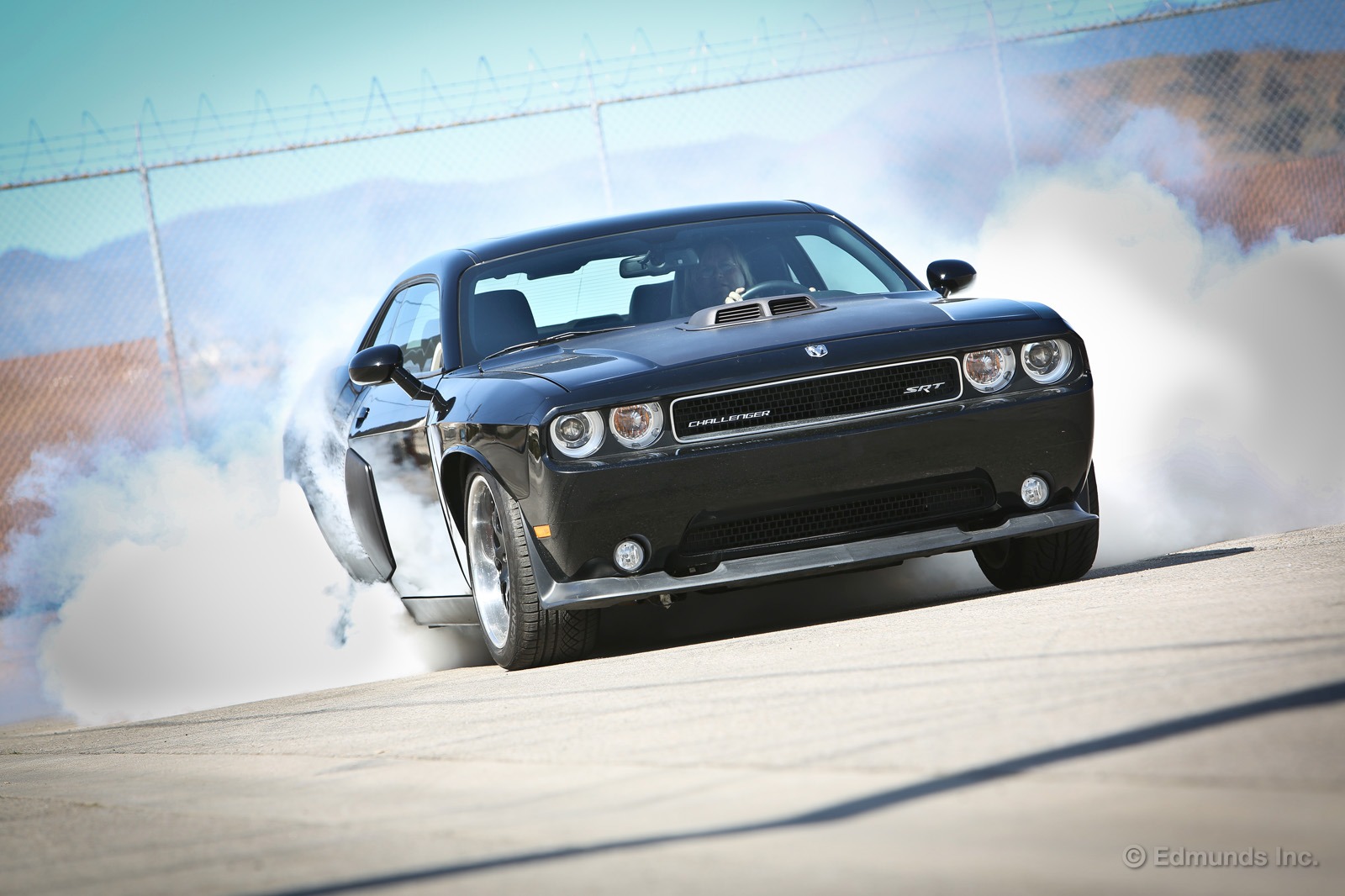    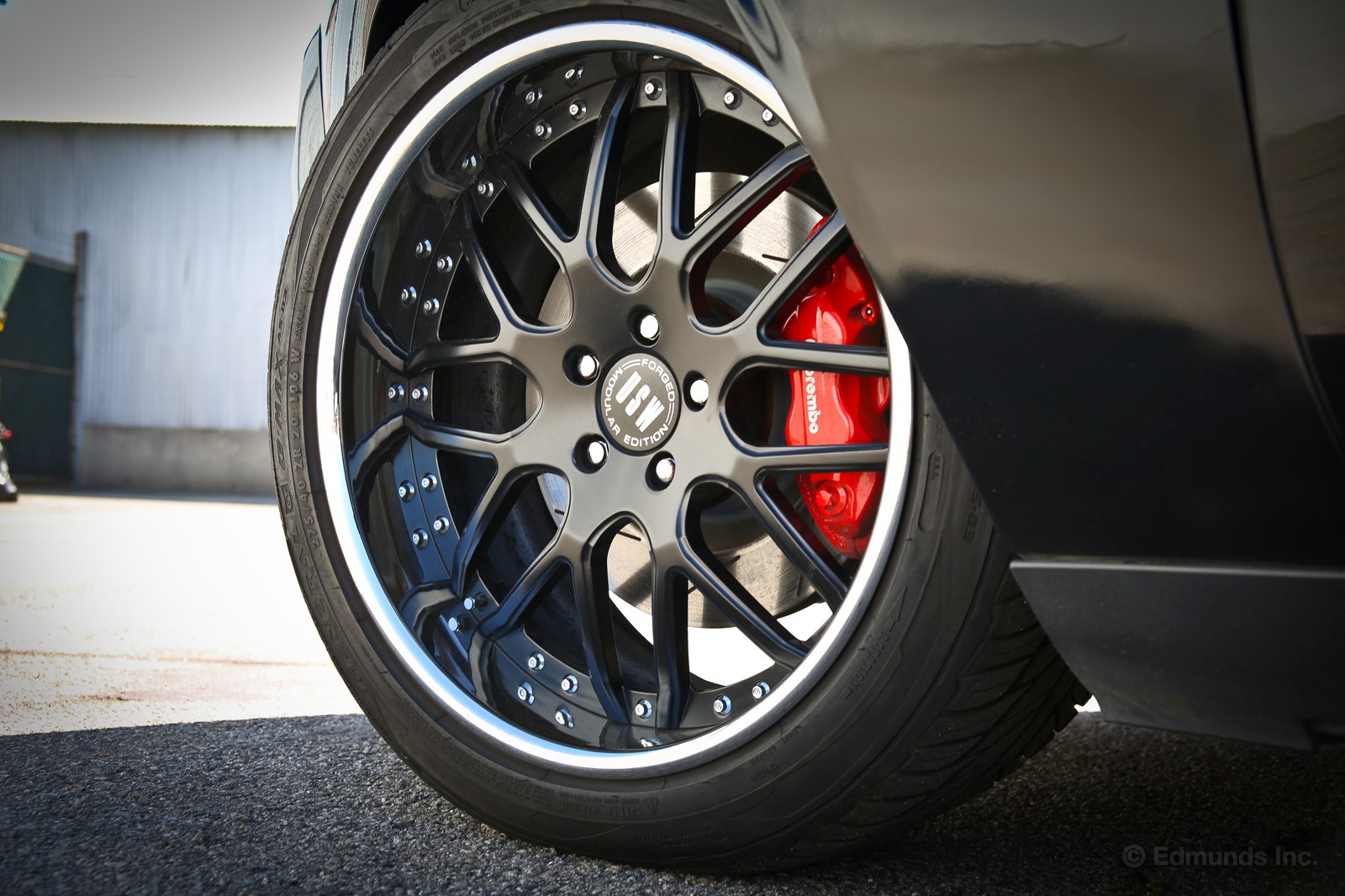 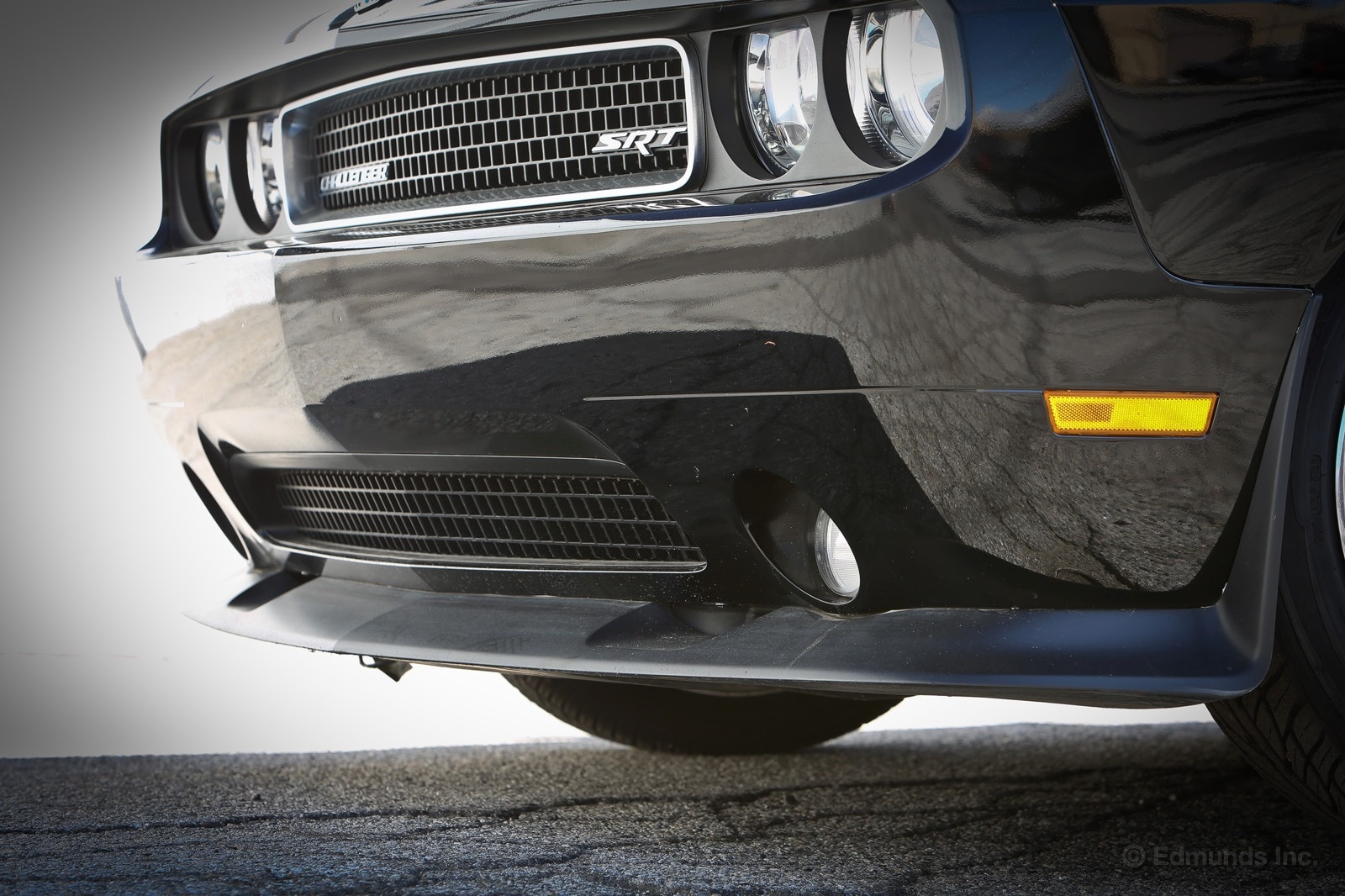 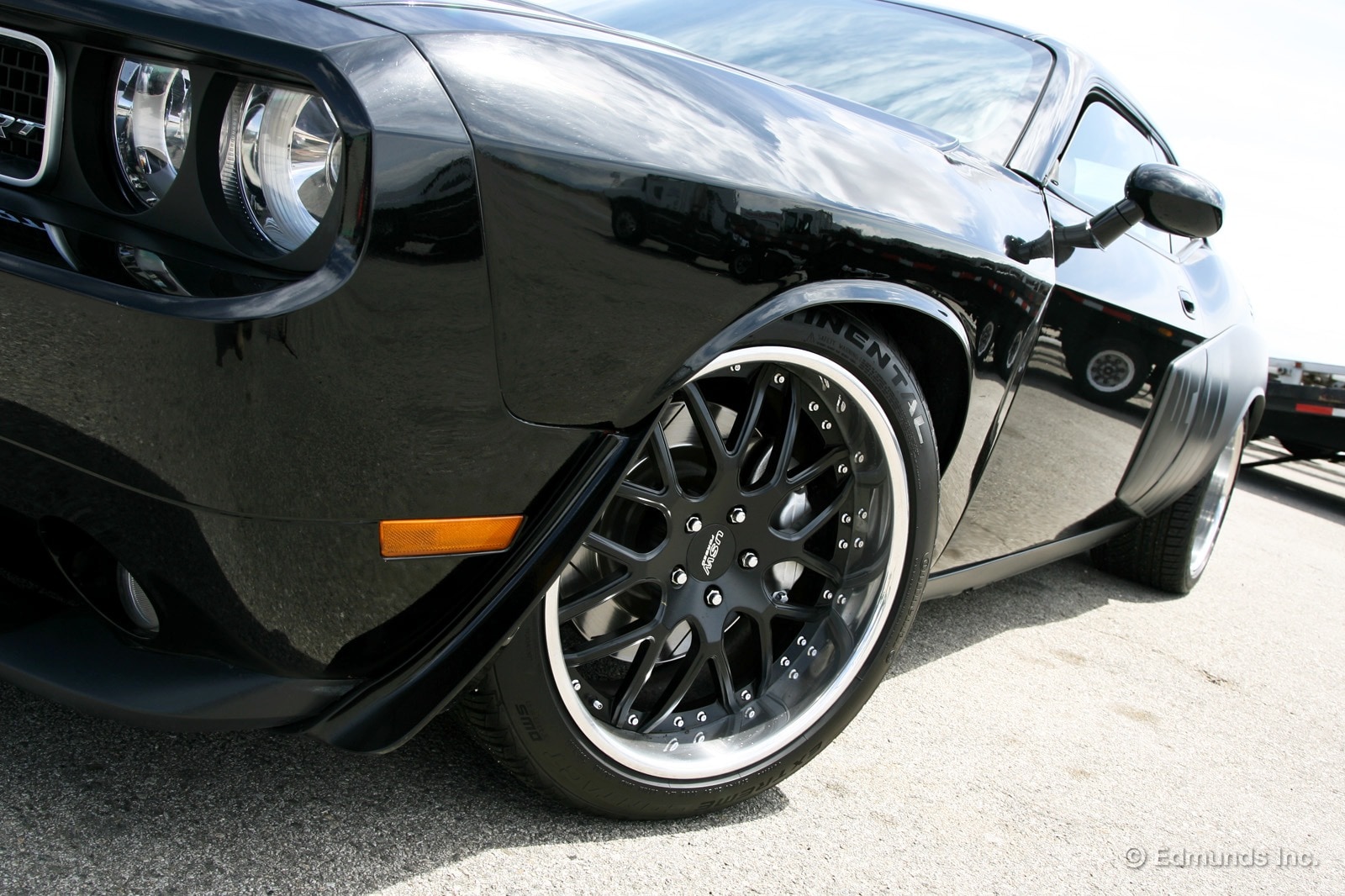 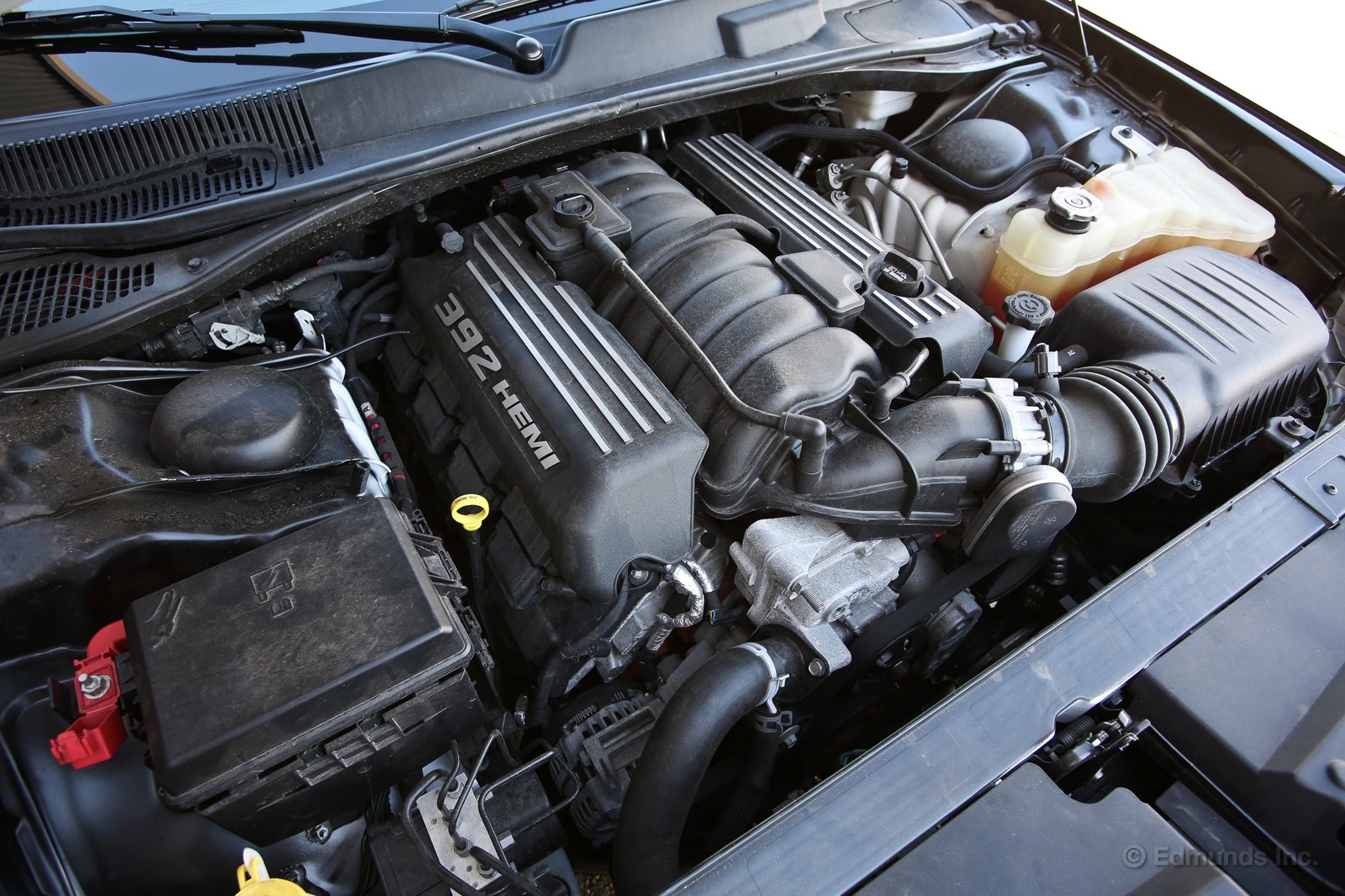 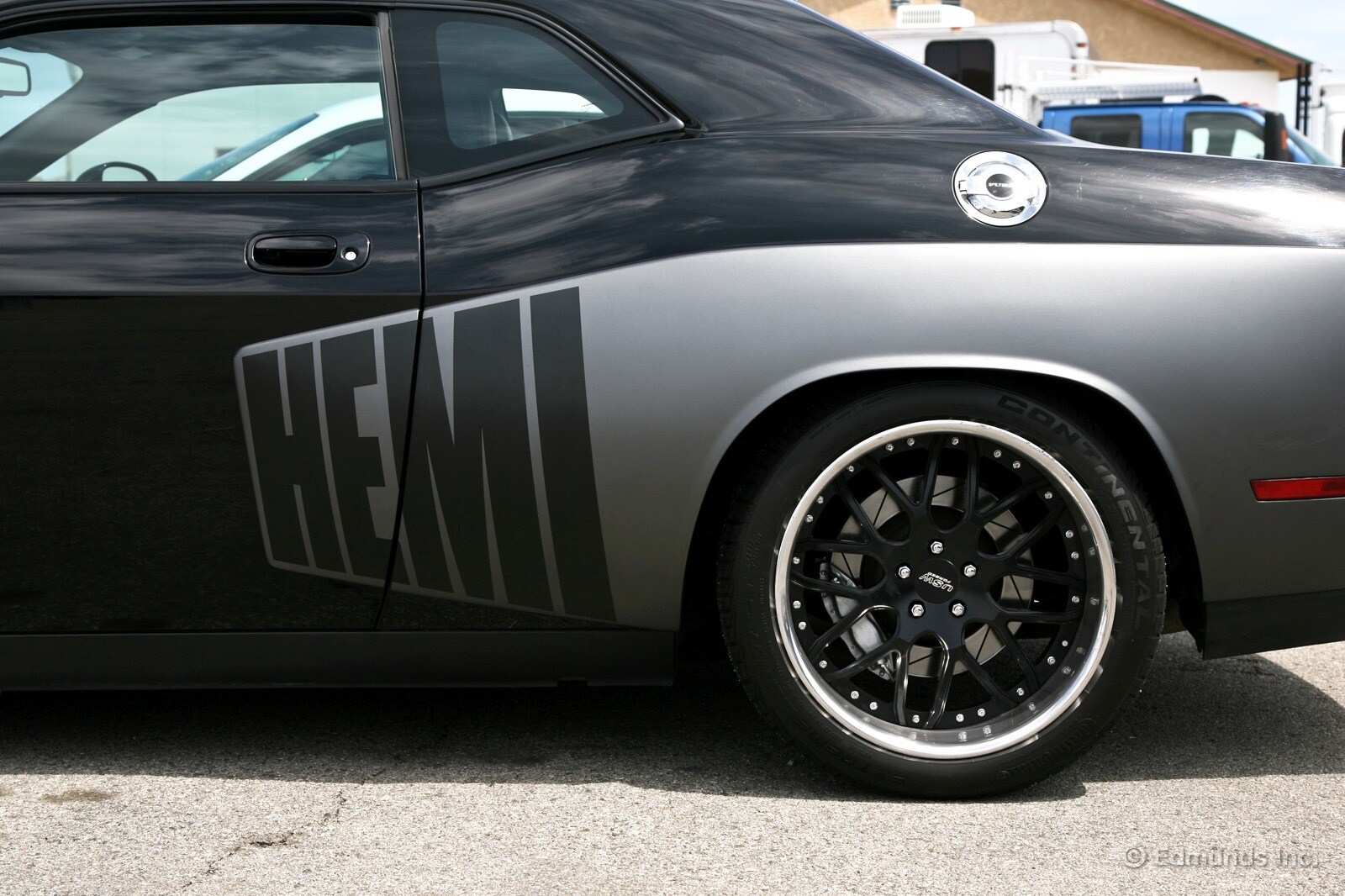 (The "Hemi" billboard stripe didn't make it into the movie. But it was on one of the cars during pre-filming testing at Willow Springs. ) Fast & Furious 6 Cars: 2011 Wide-Body Dodge Challenger Fast, Furious and Practically Brand-New Quote:
__________________
 |
|
|
|

|
|
|
#2 | |
    Drives: 2010 2SS, 2011 Buick Regal Turbo Join Date: Mar 2009
Location: Nashville, Tennessee
Posts: 1,392
|
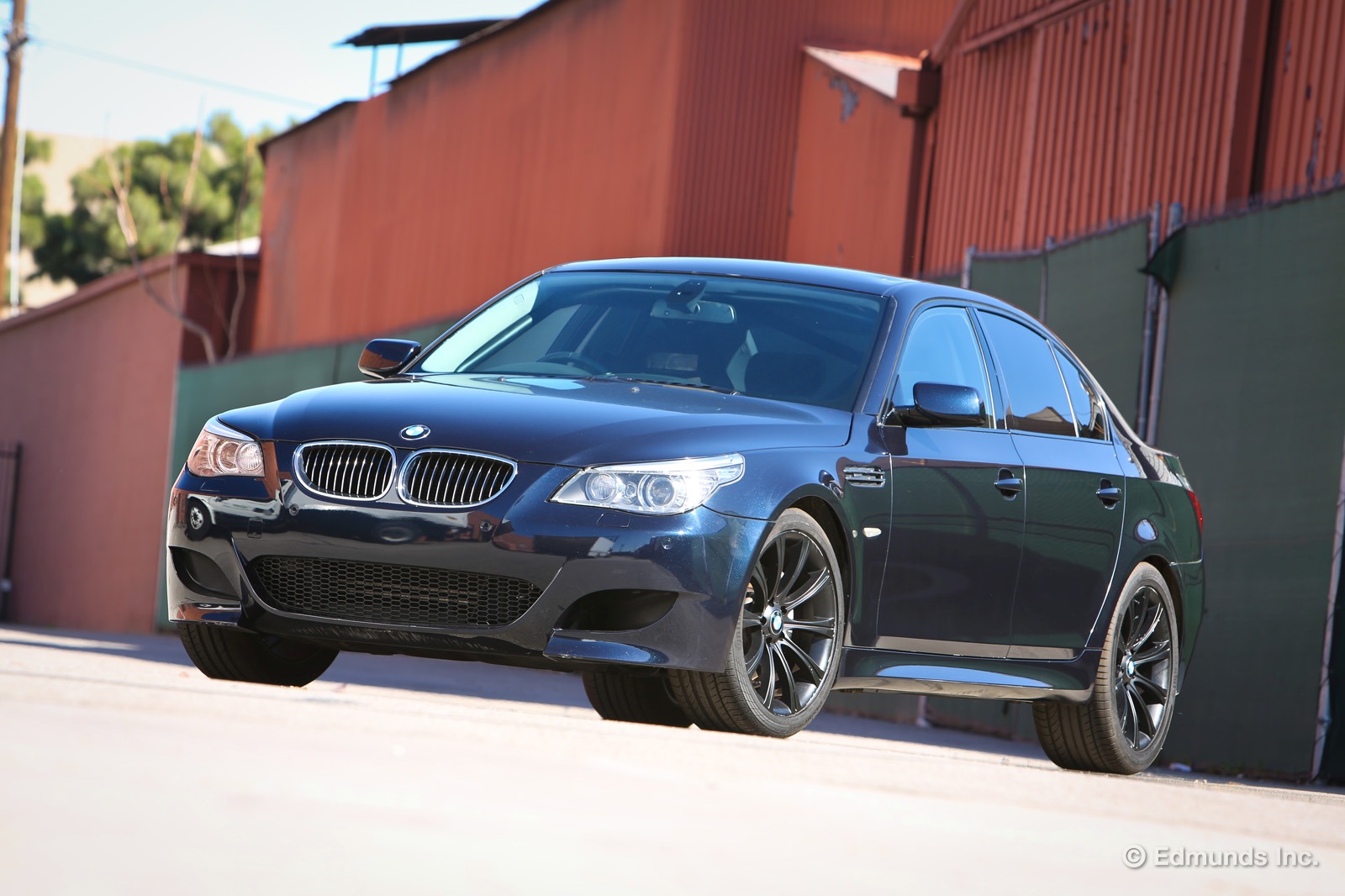 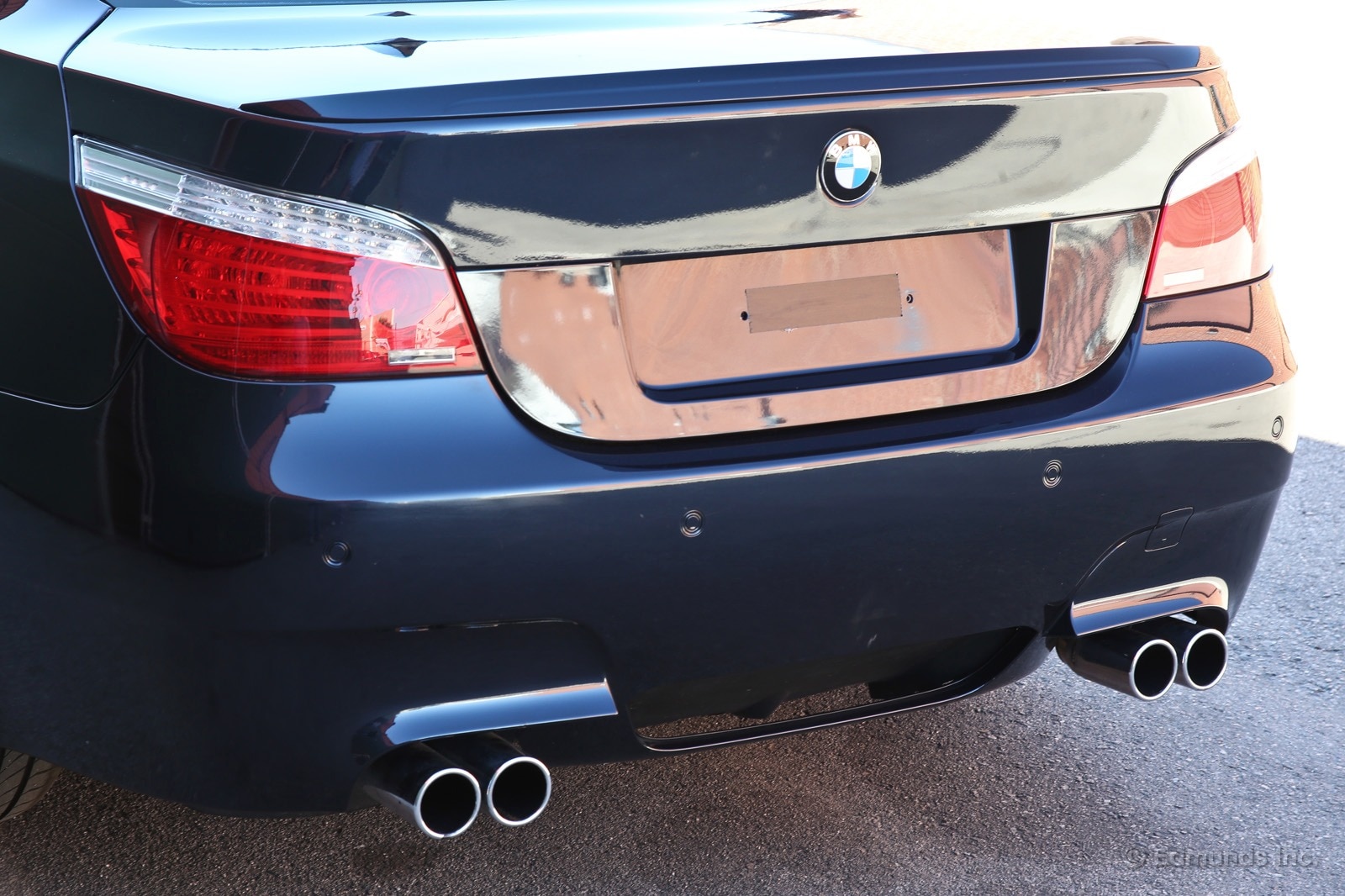 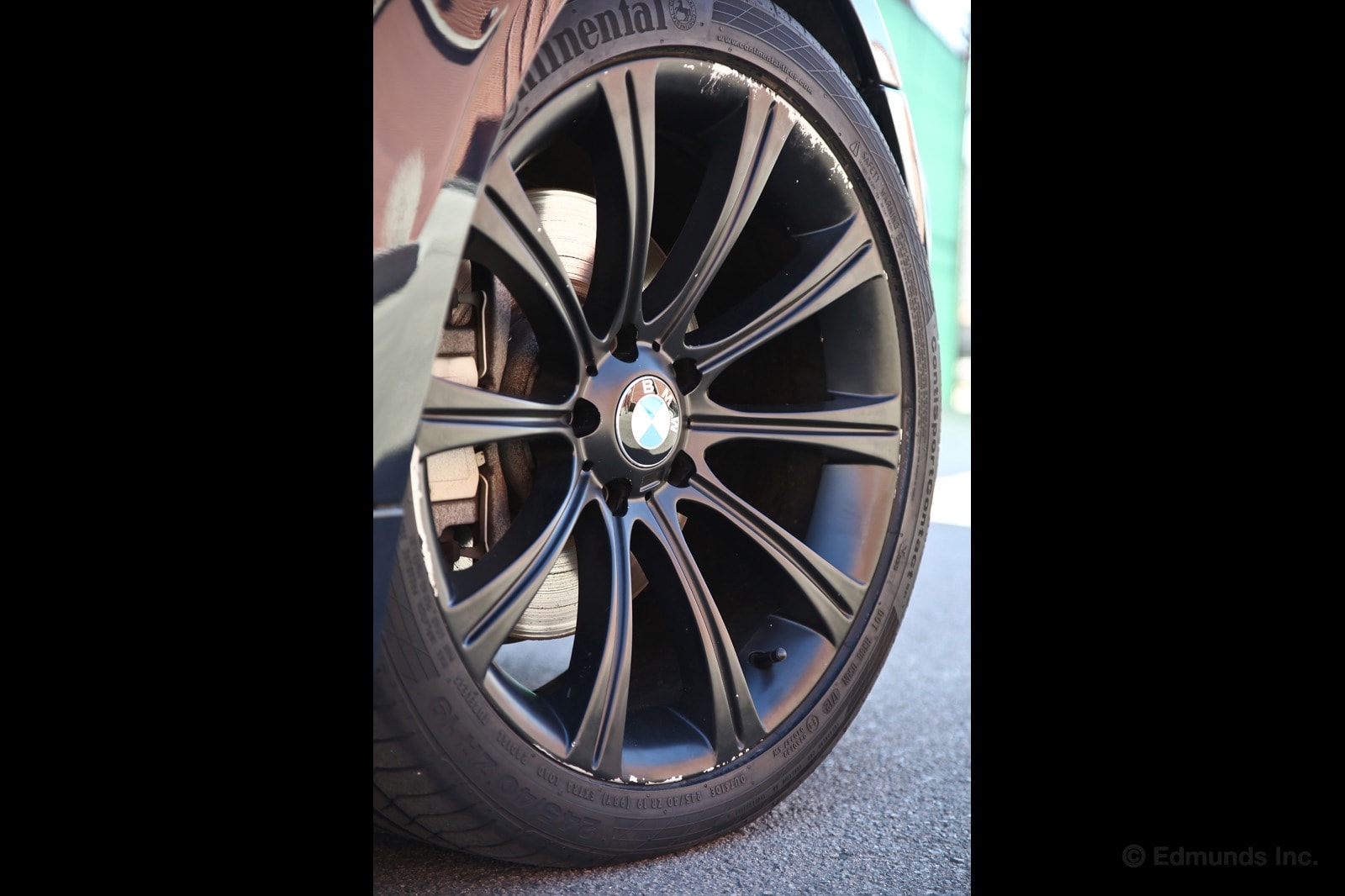 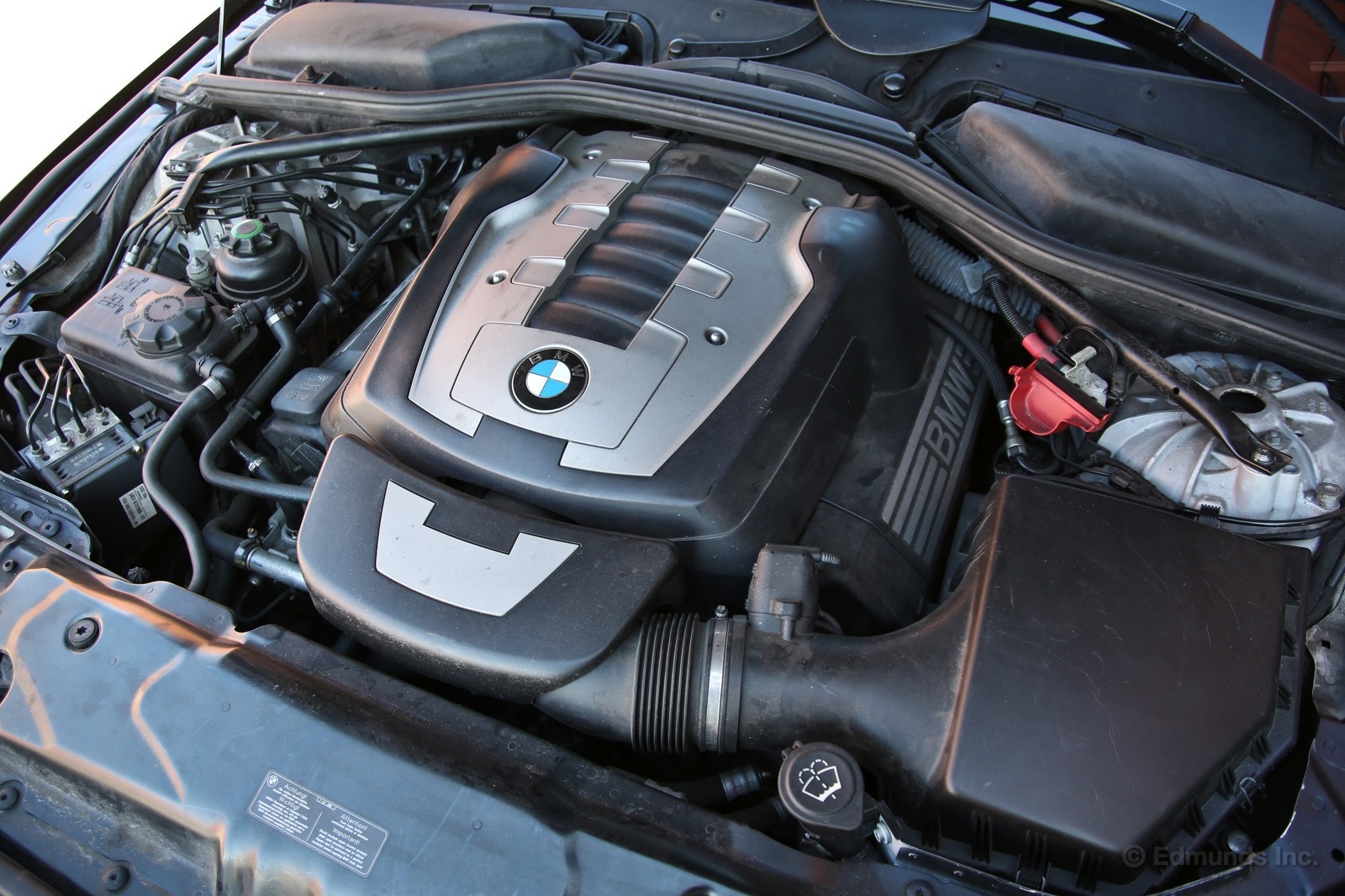 (It's not a V10, but it's good enough for movie work. BMW's 4.8-liter V8 was rated at 360 horsepower in 2010) 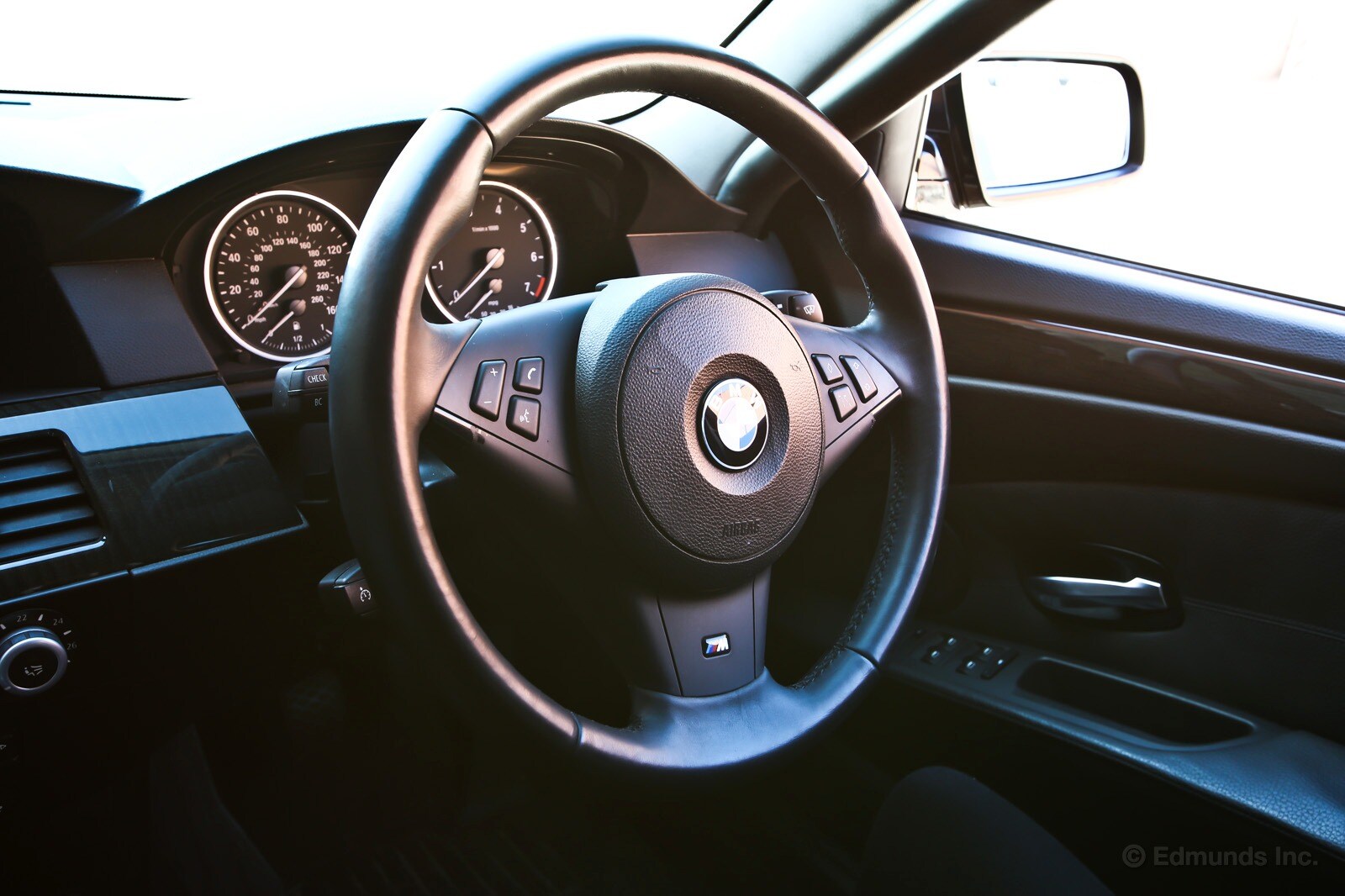 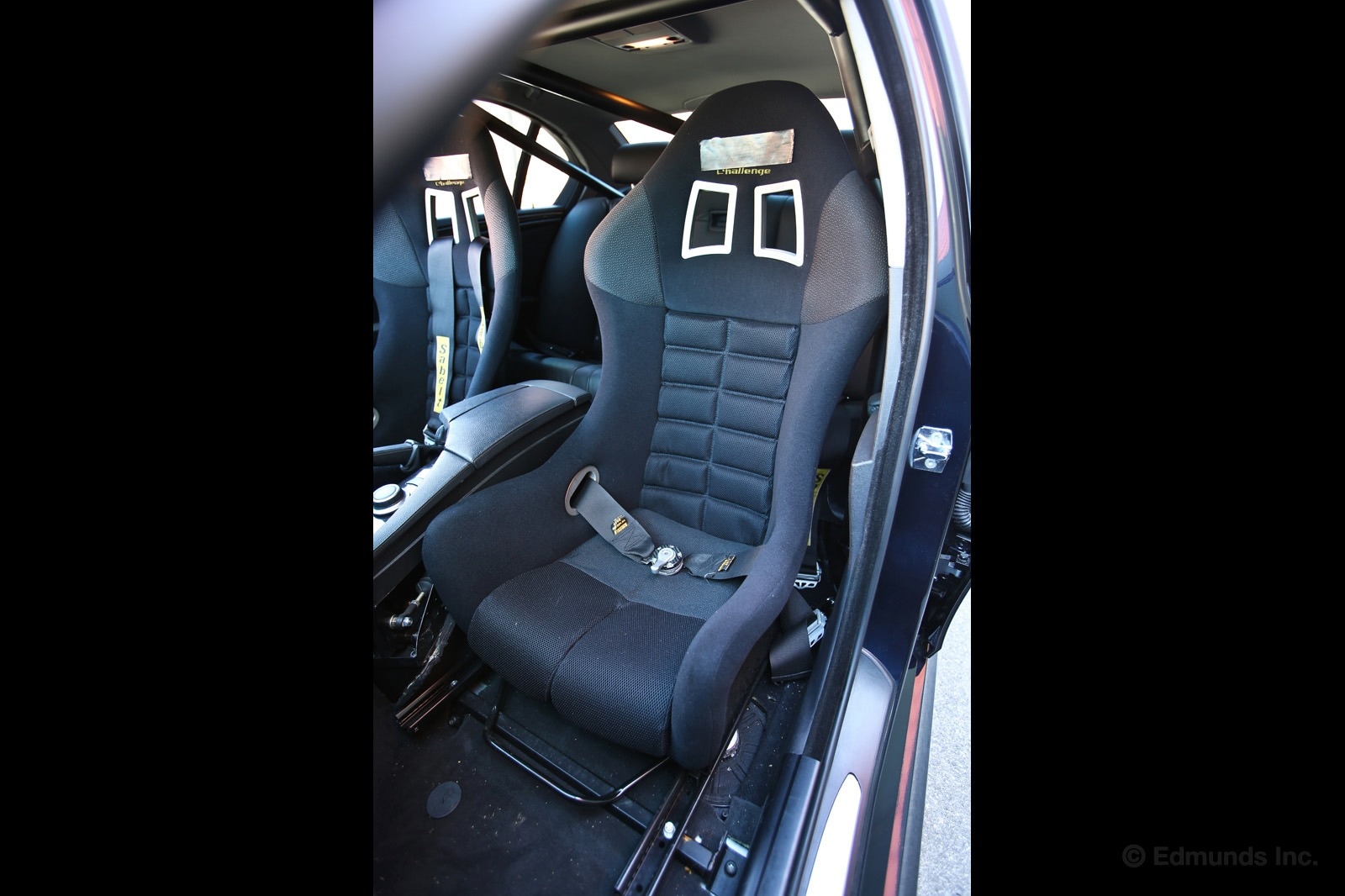 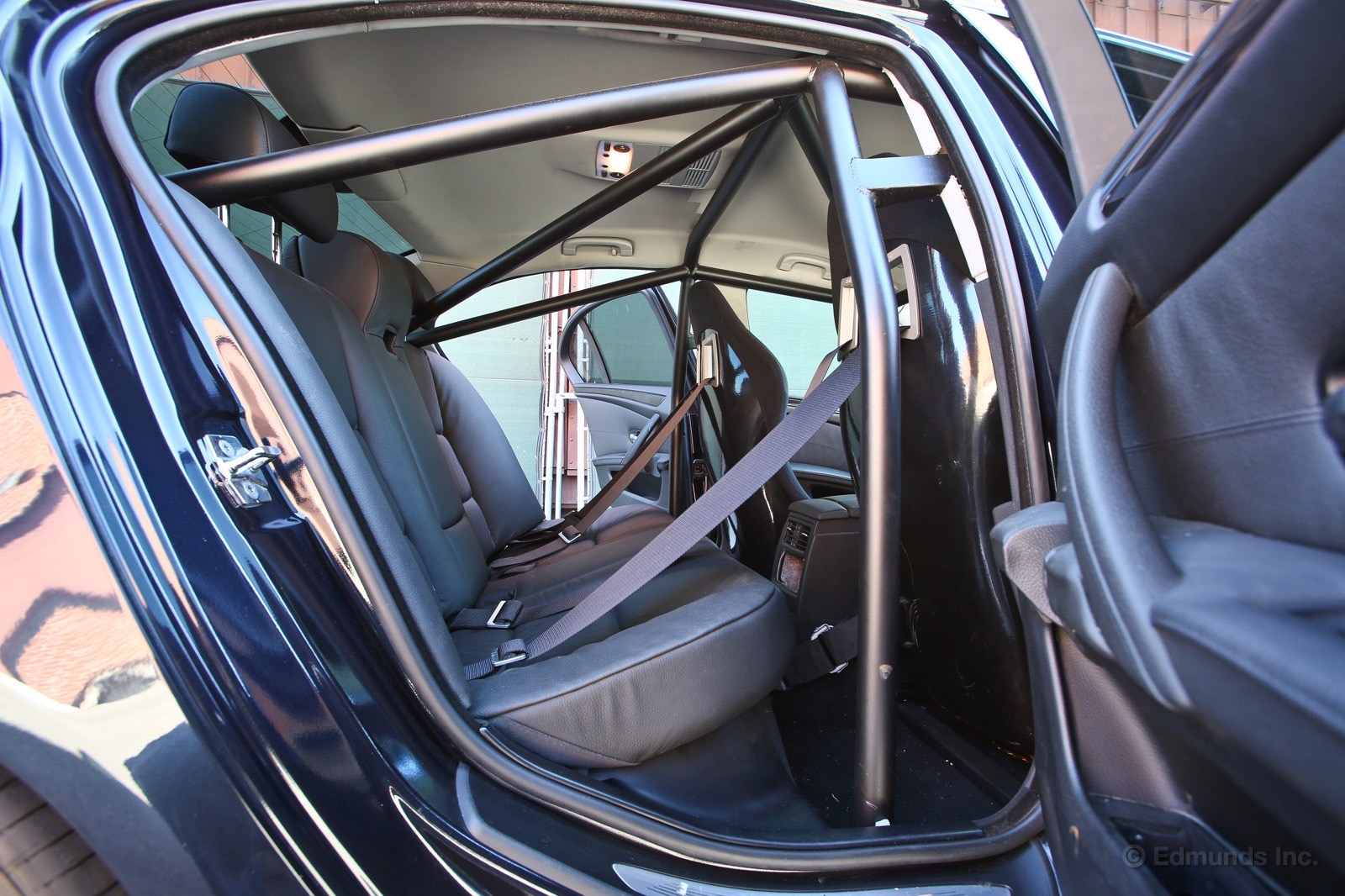 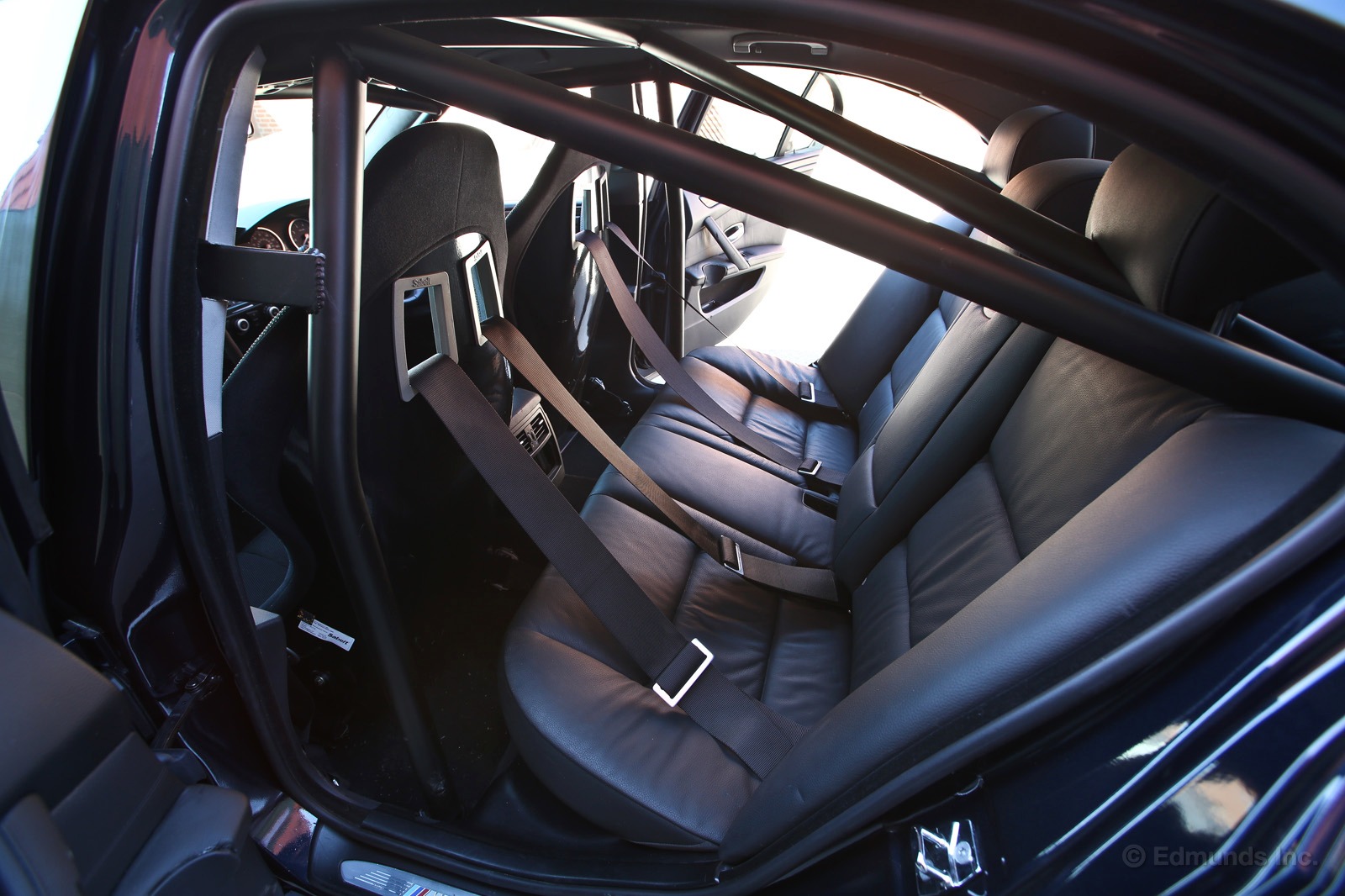 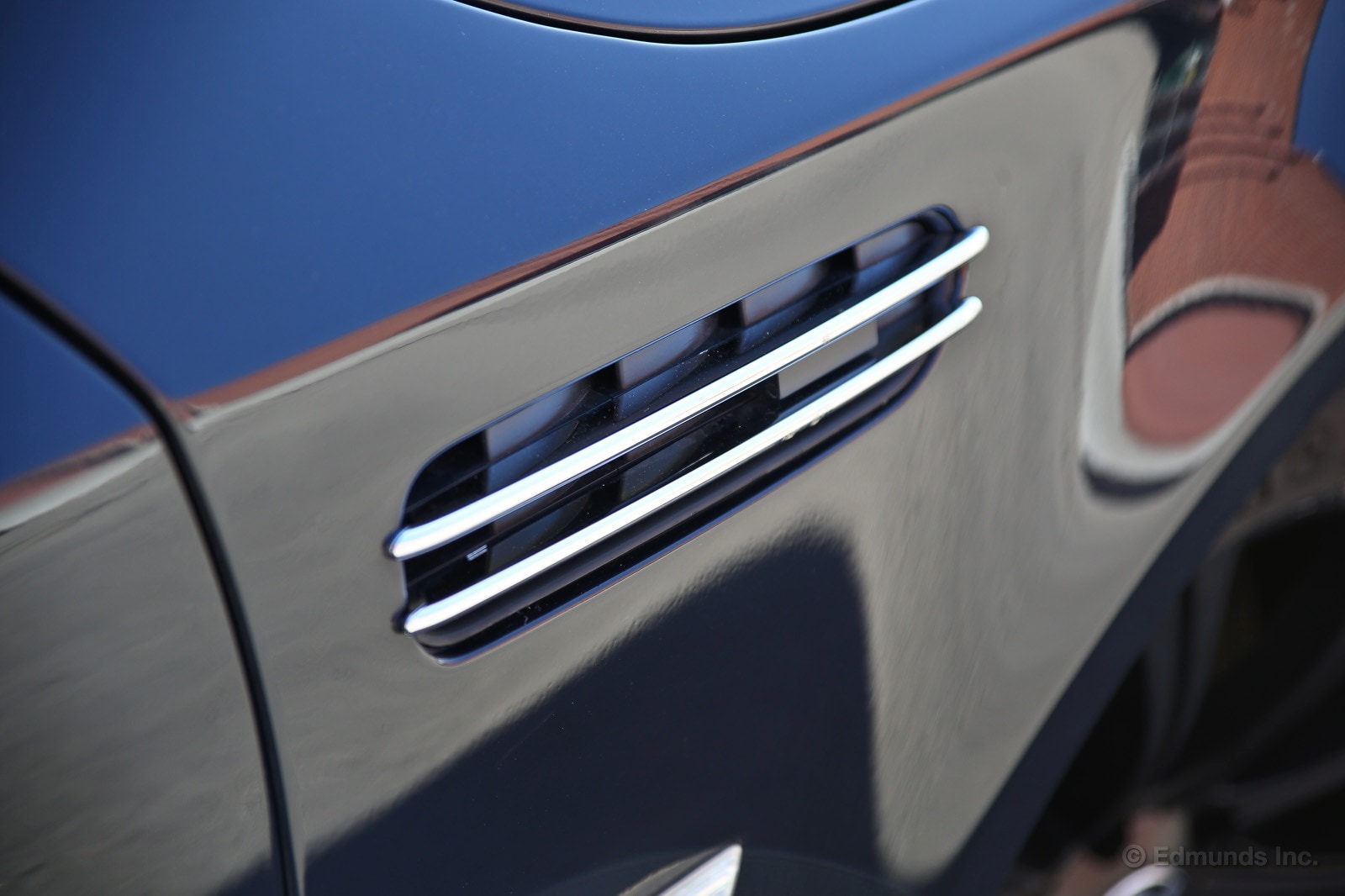  Fast & Furious 6 Cars: 2010 BMW M5 The Good Guys Wear Black BMW M5s Quote:
__________________
 |
|
|
|

|
|
|
#3 | |
    Drives: 2010 2SS, 2011 Buick Regal Turbo Join Date: Mar 2009
Location: Nashville, Tennessee
Posts: 1,392
|
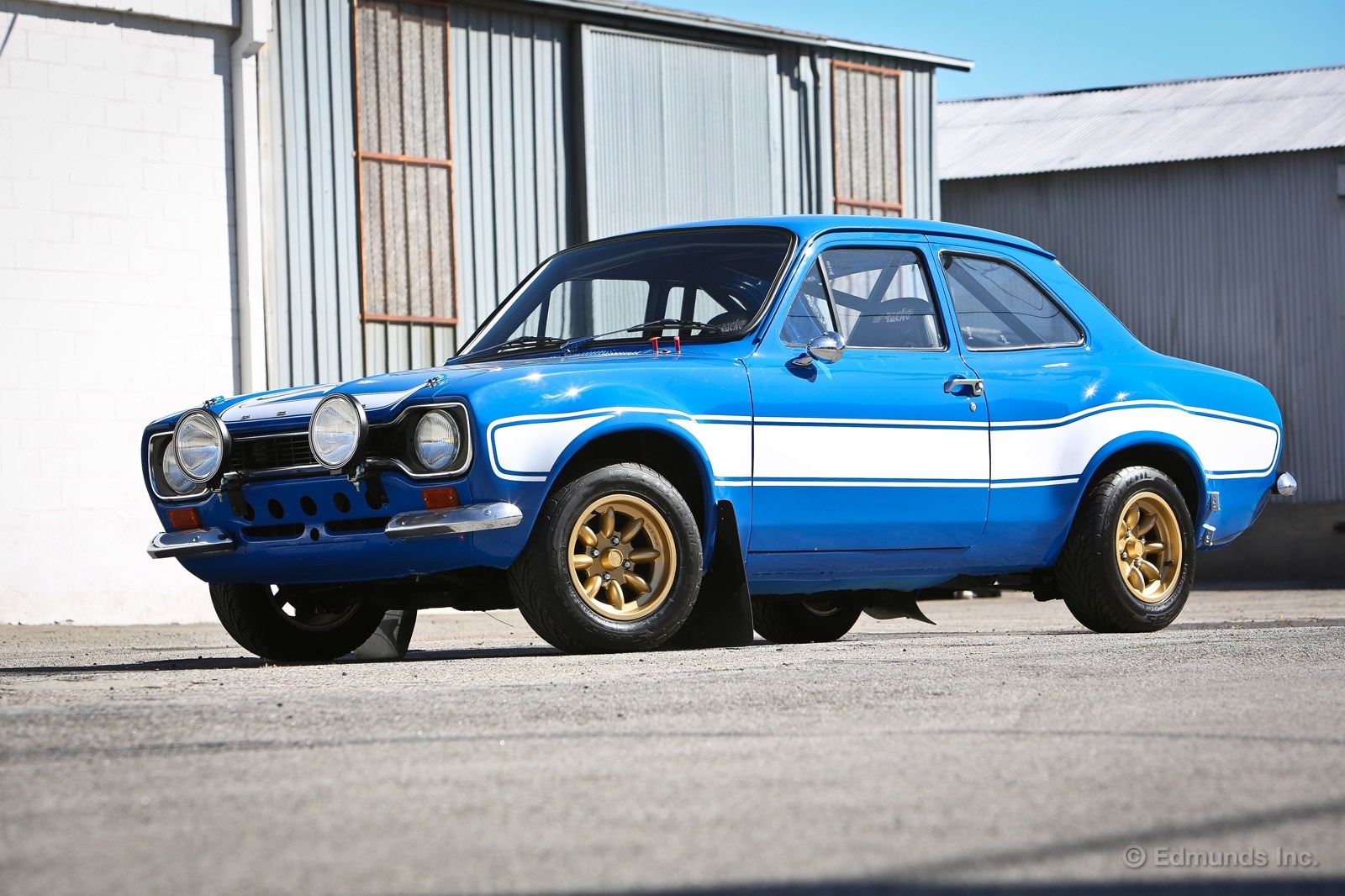 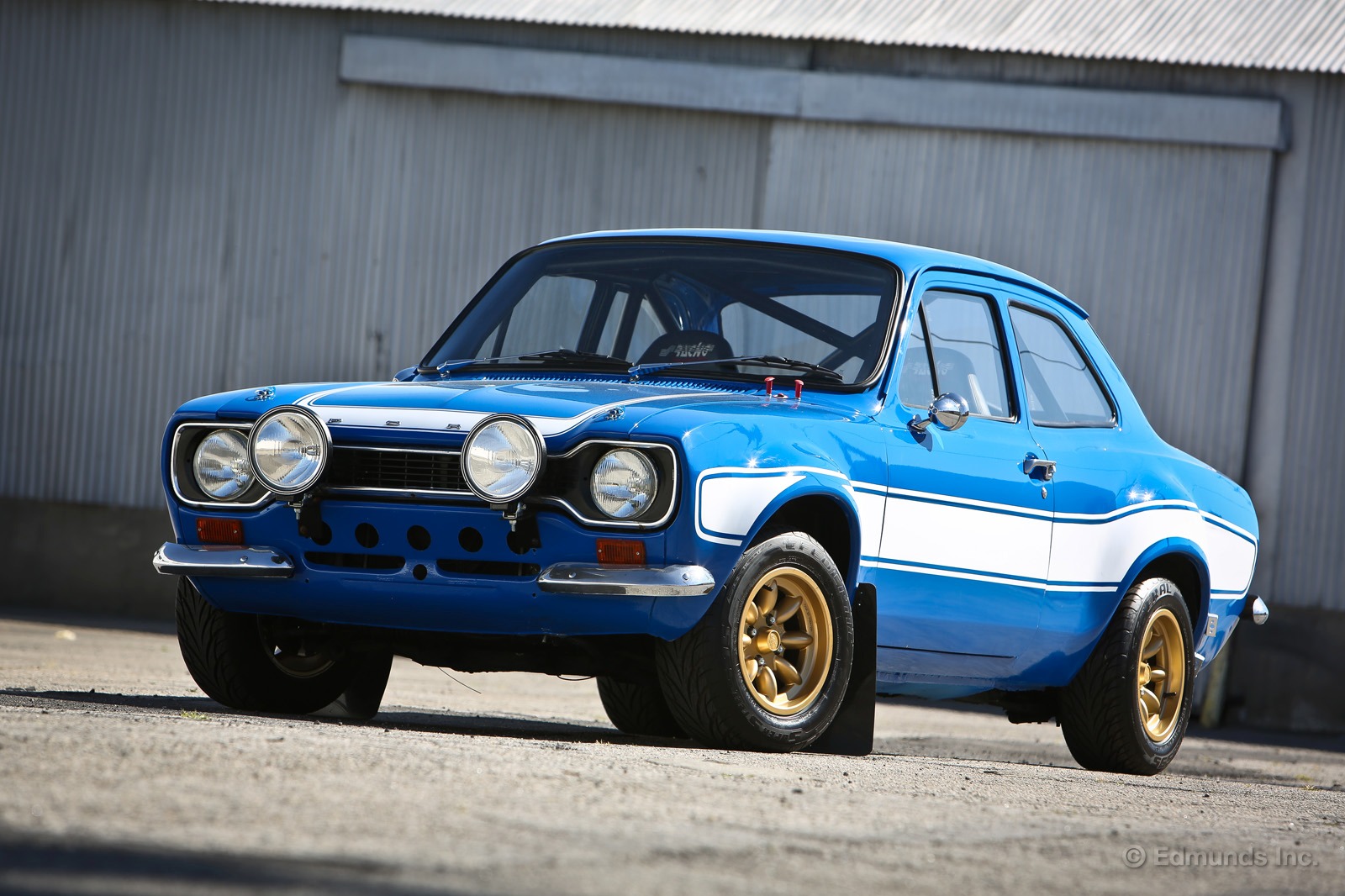 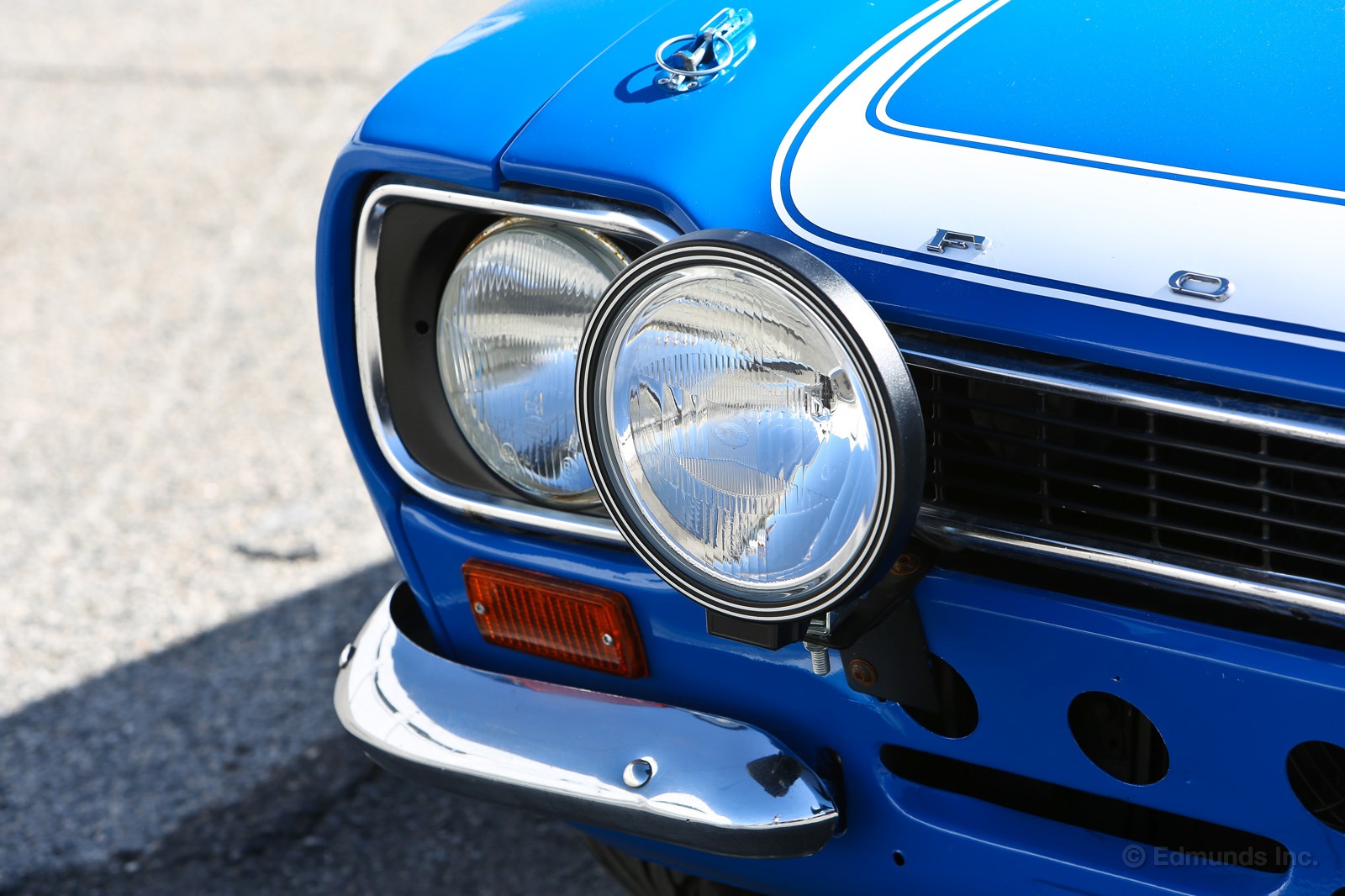 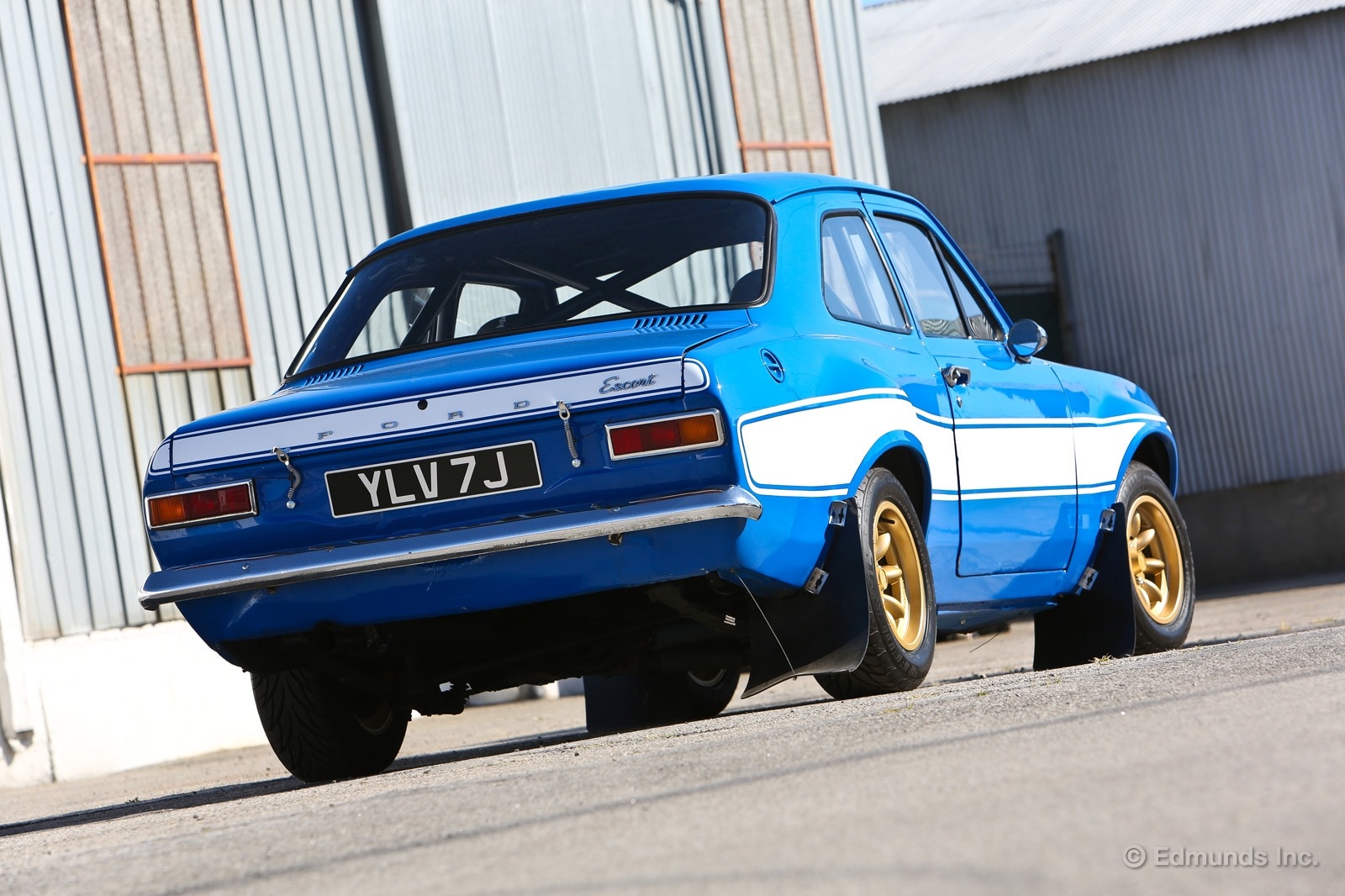 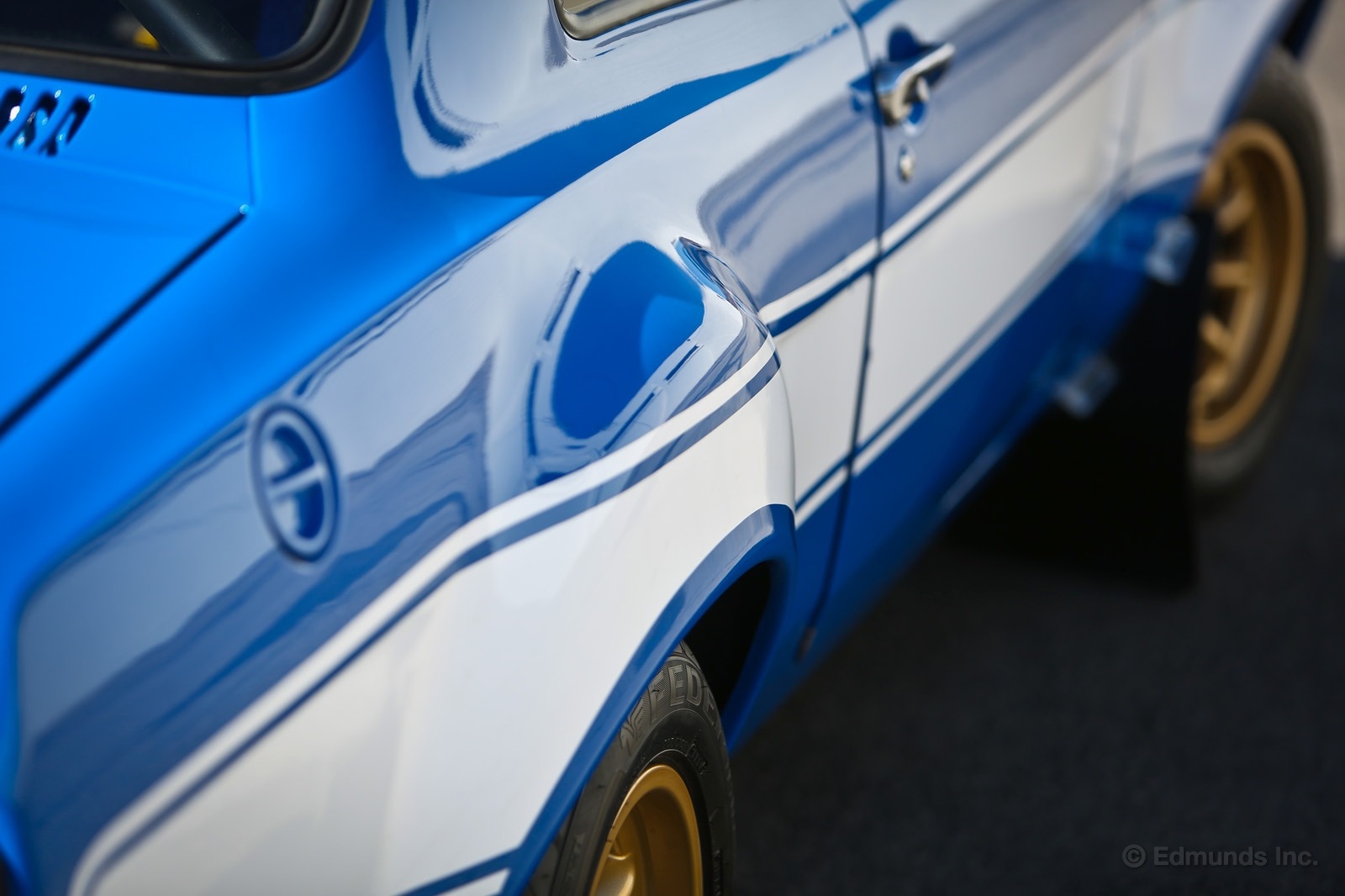  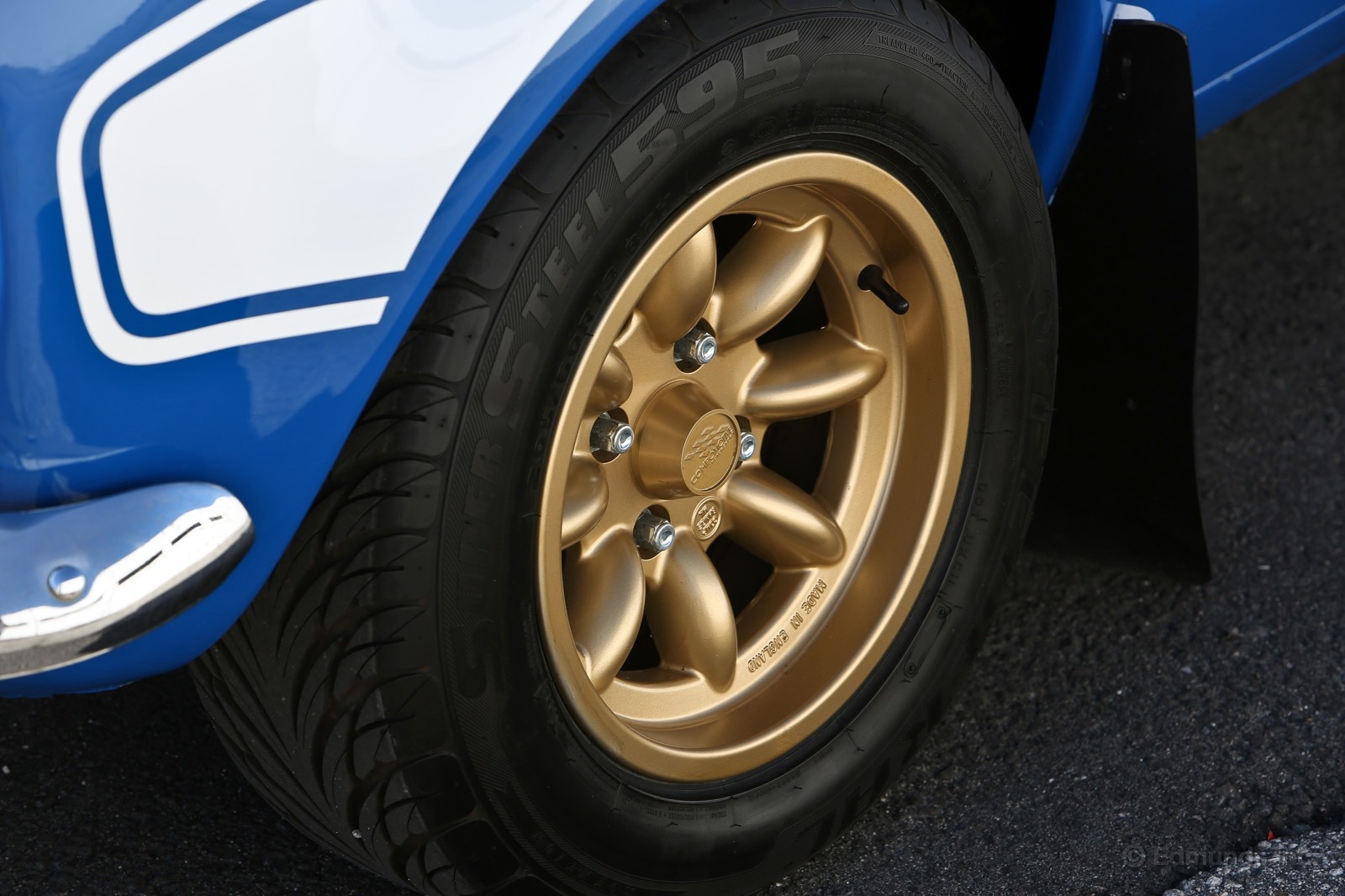 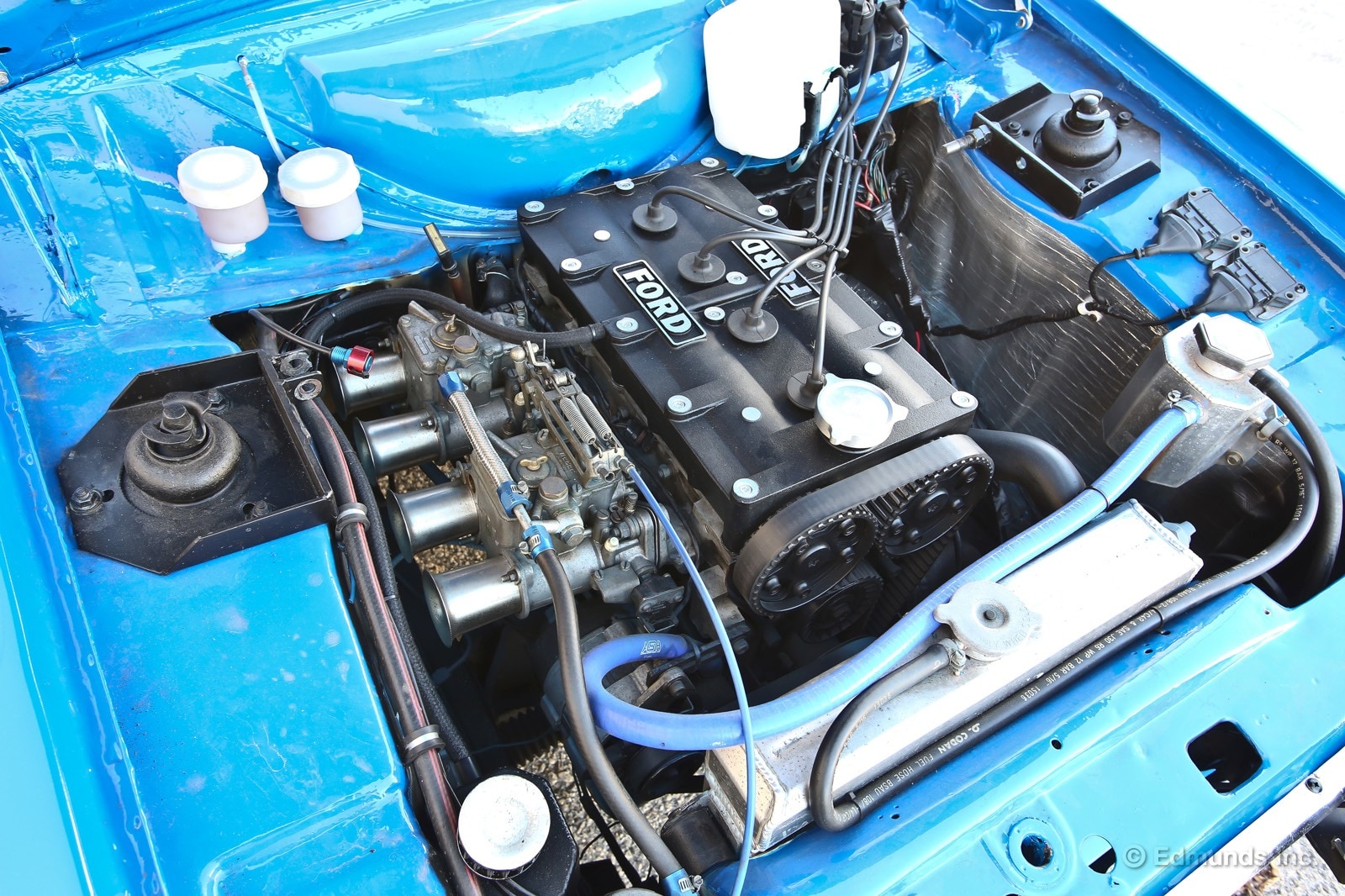 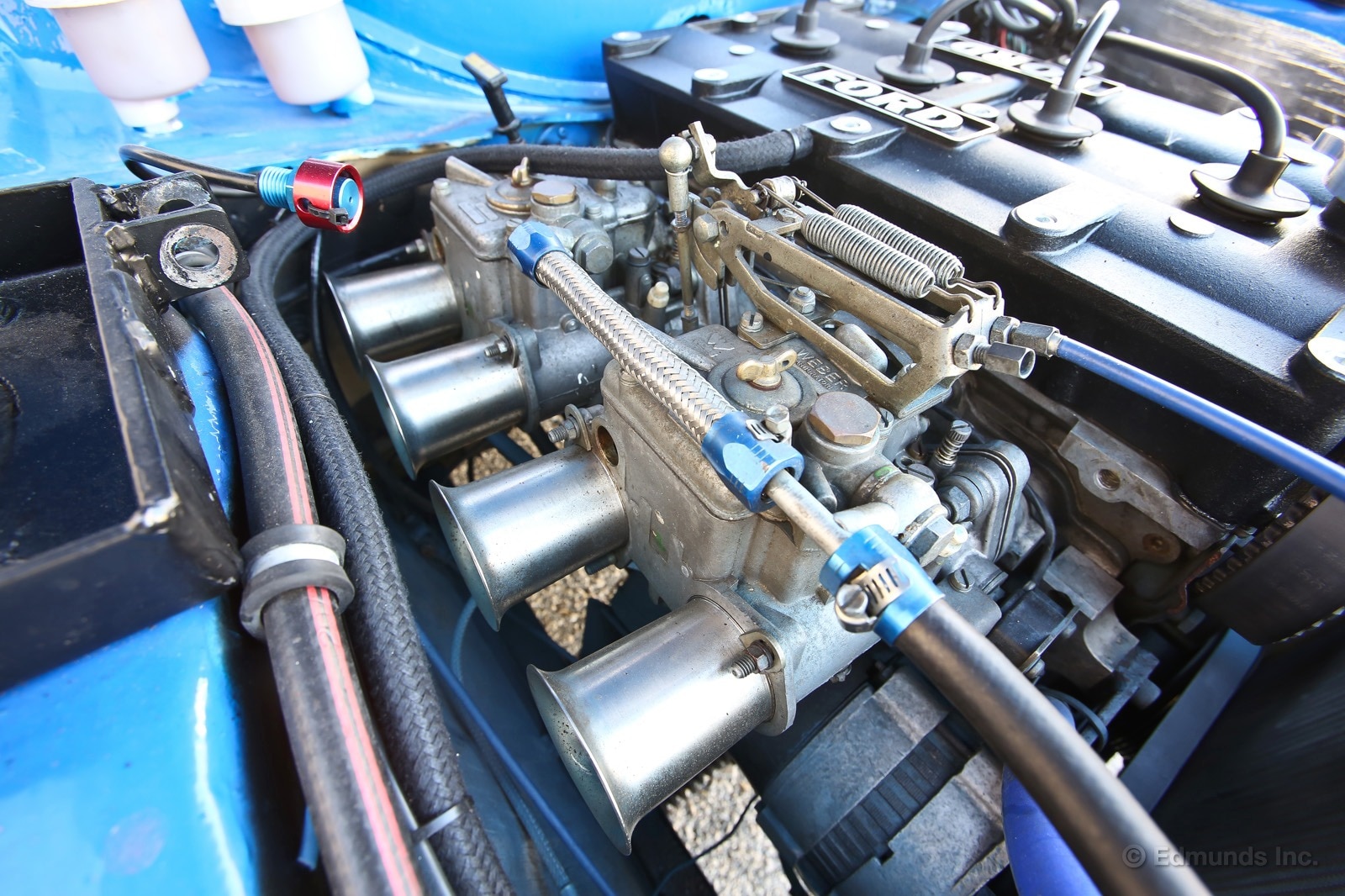 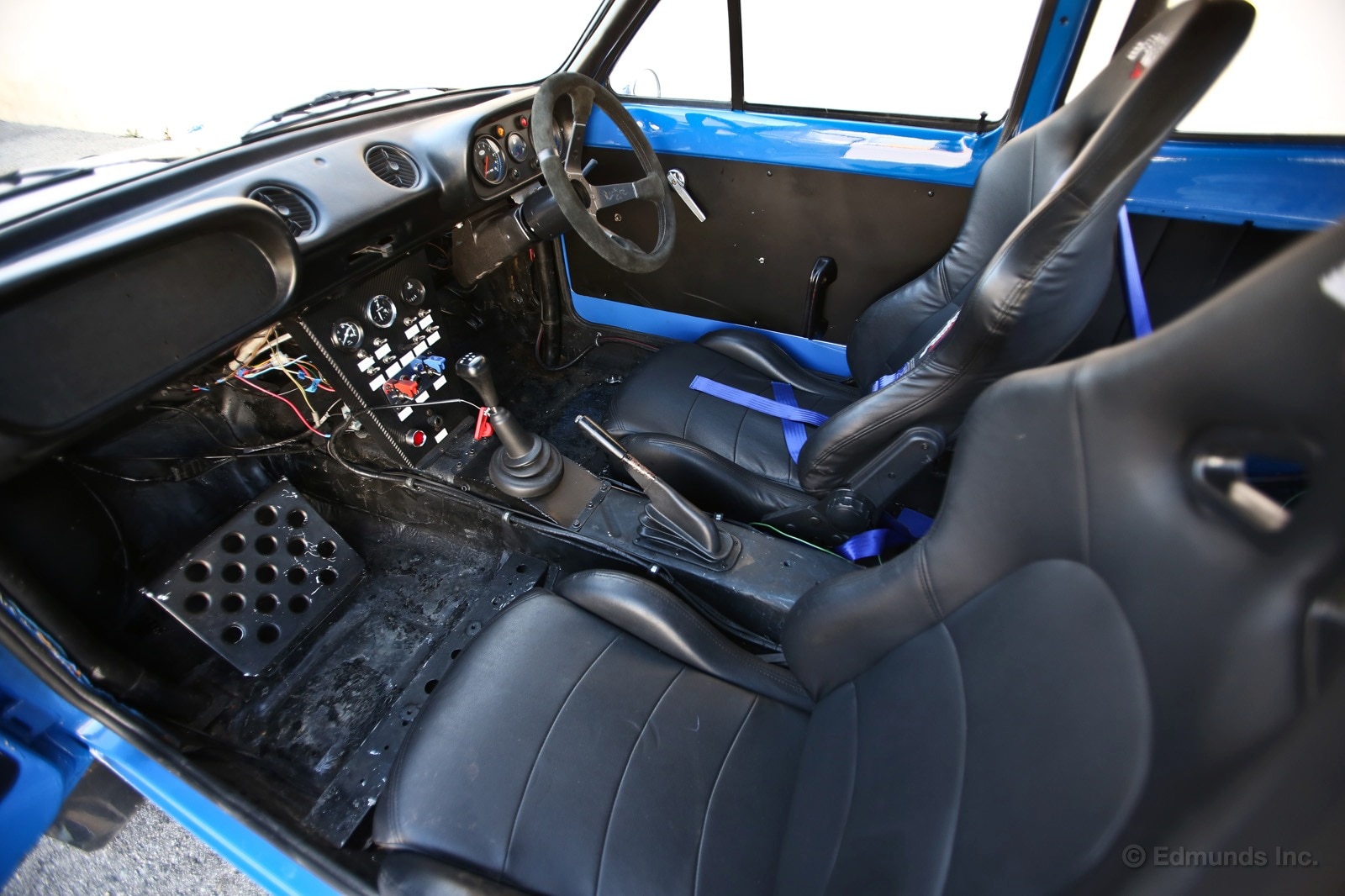  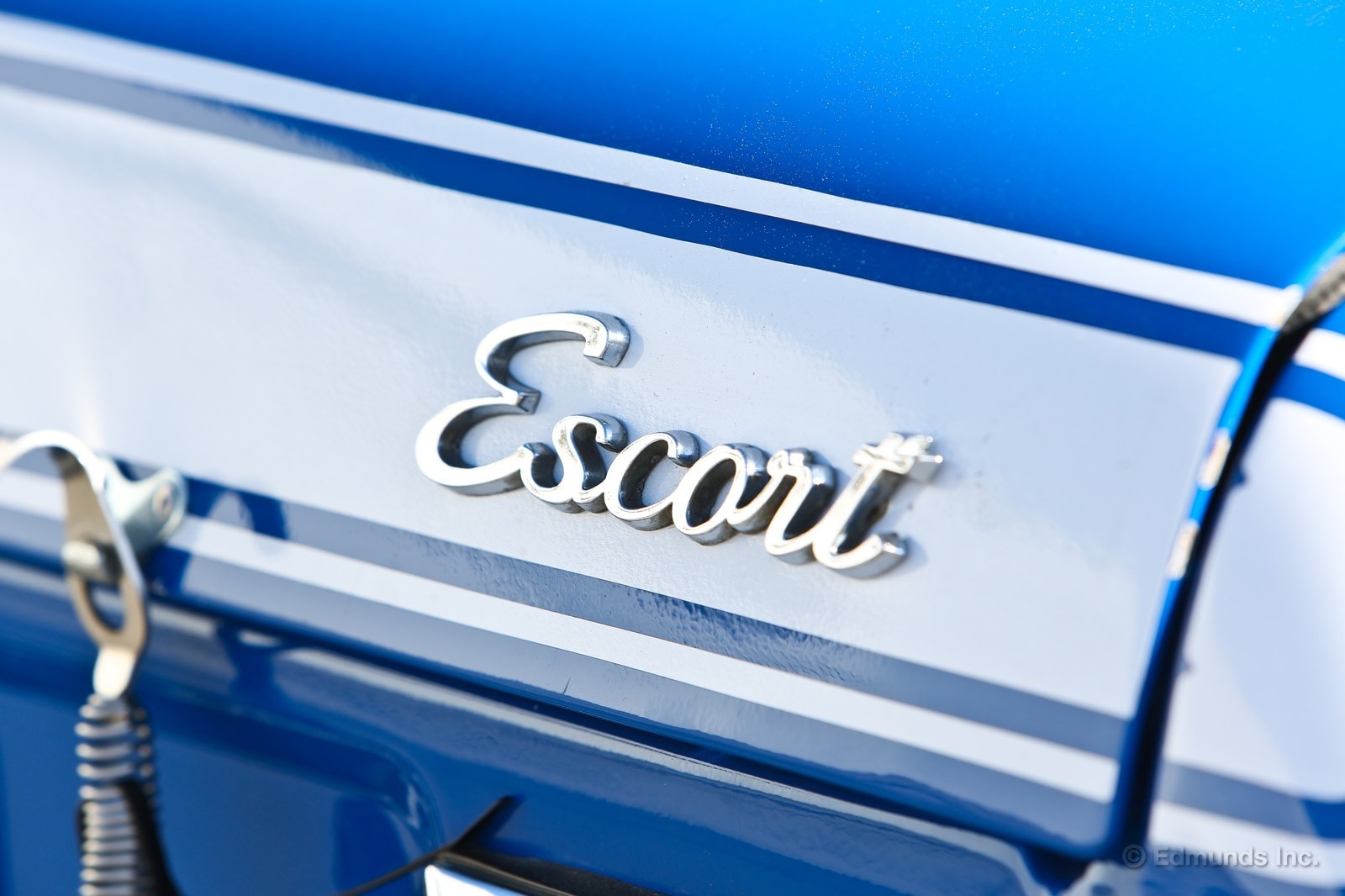 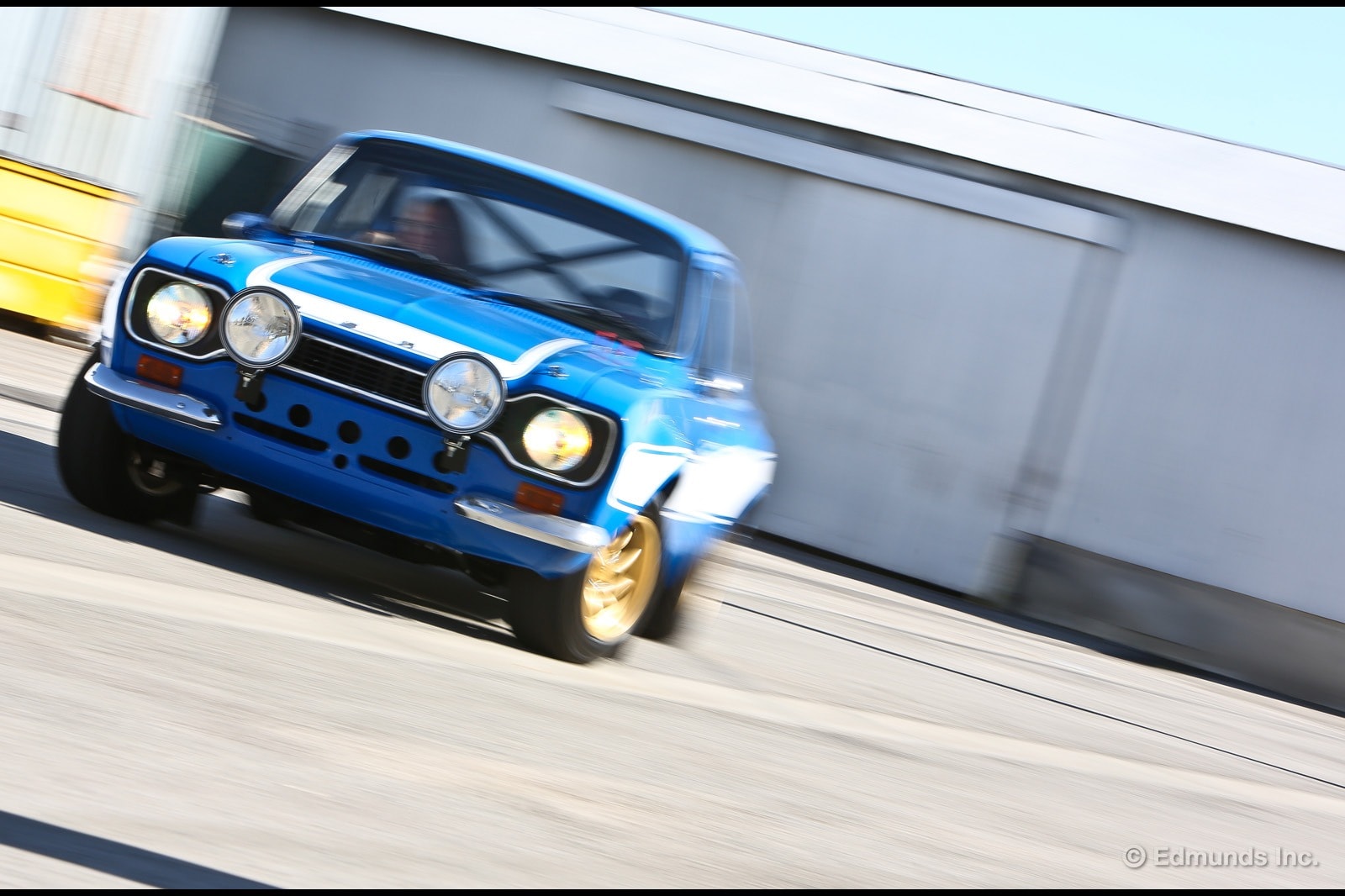 Fast & Furious 6 Cars: 1970 Ford Escort RS1600 The Little Ford That Flies Quote:
__________________
 |
|
|
|

|
|
|
#4 | |
    Drives: 2010 2SS, 2011 Buick Regal Turbo Join Date: Mar 2009
Location: Nashville, Tennessee
Posts: 1,392
|
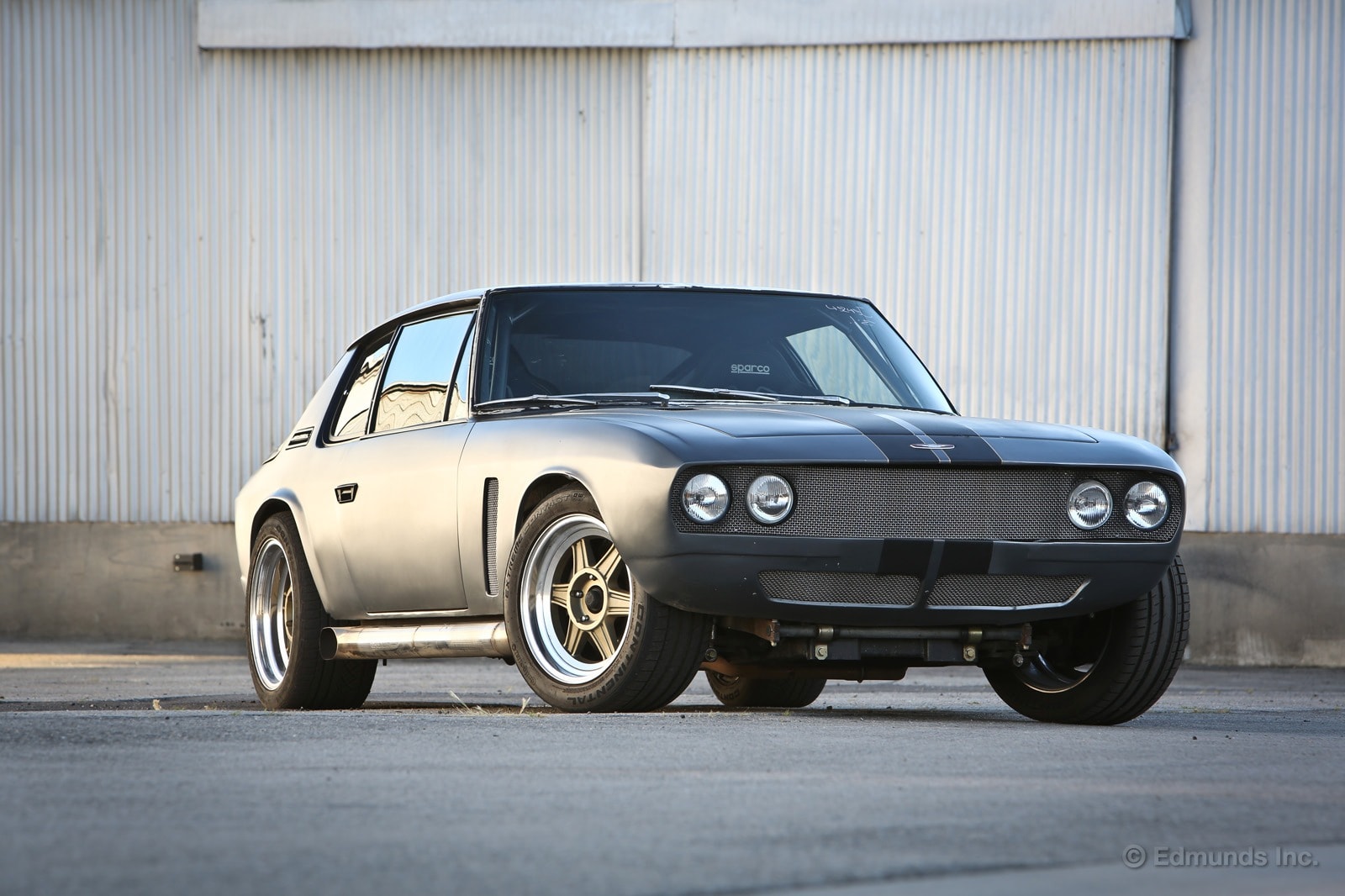  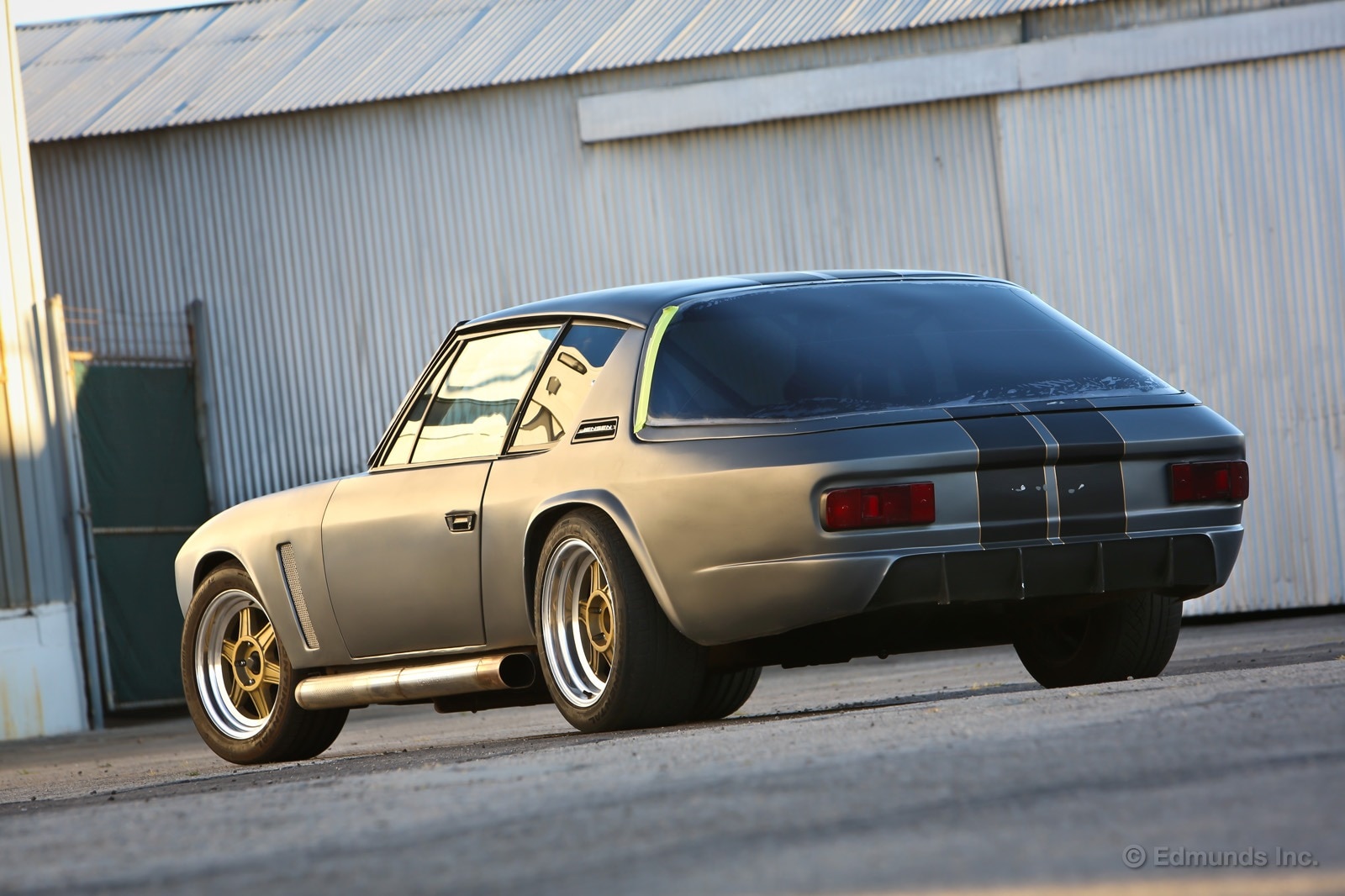 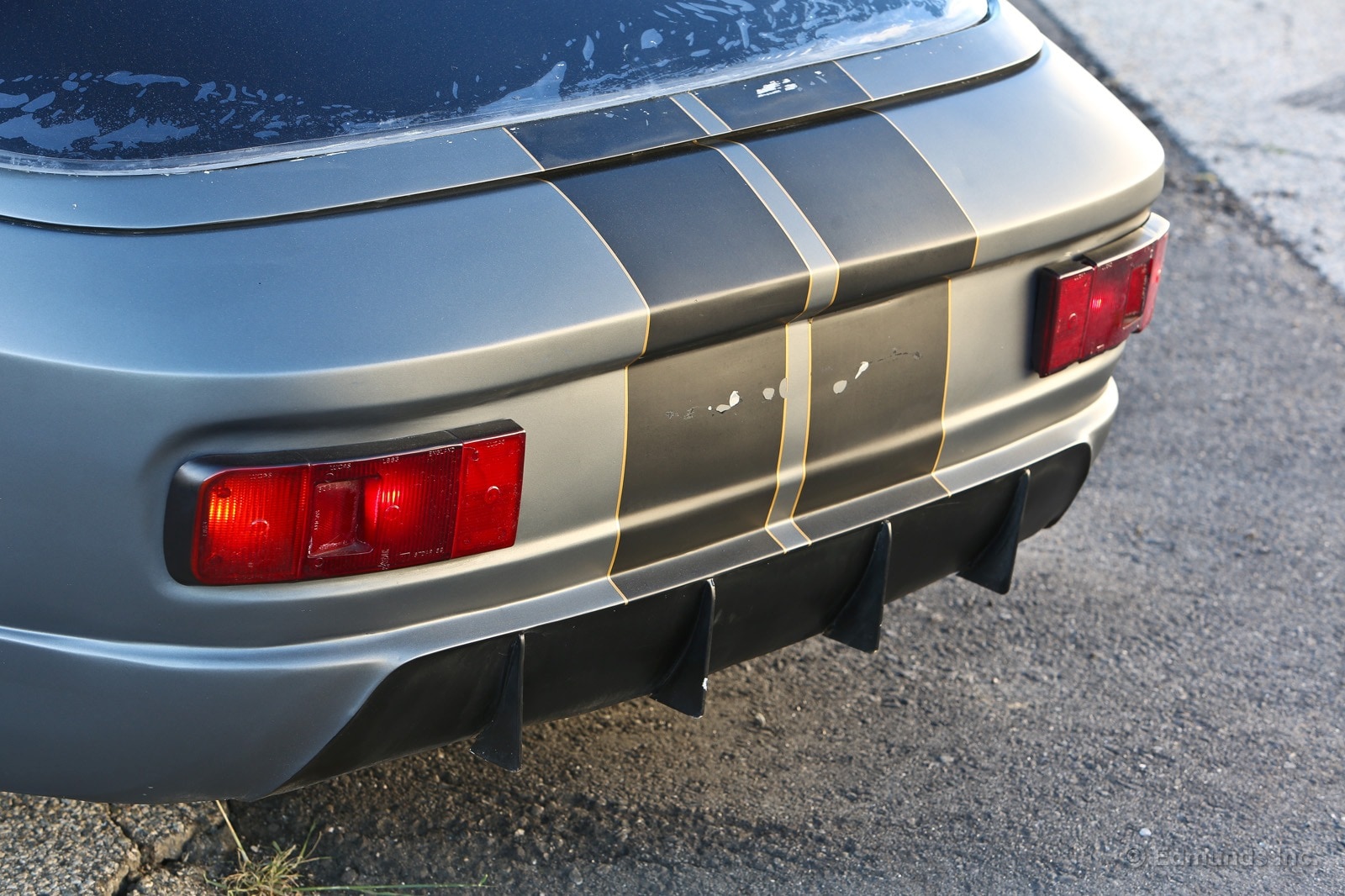 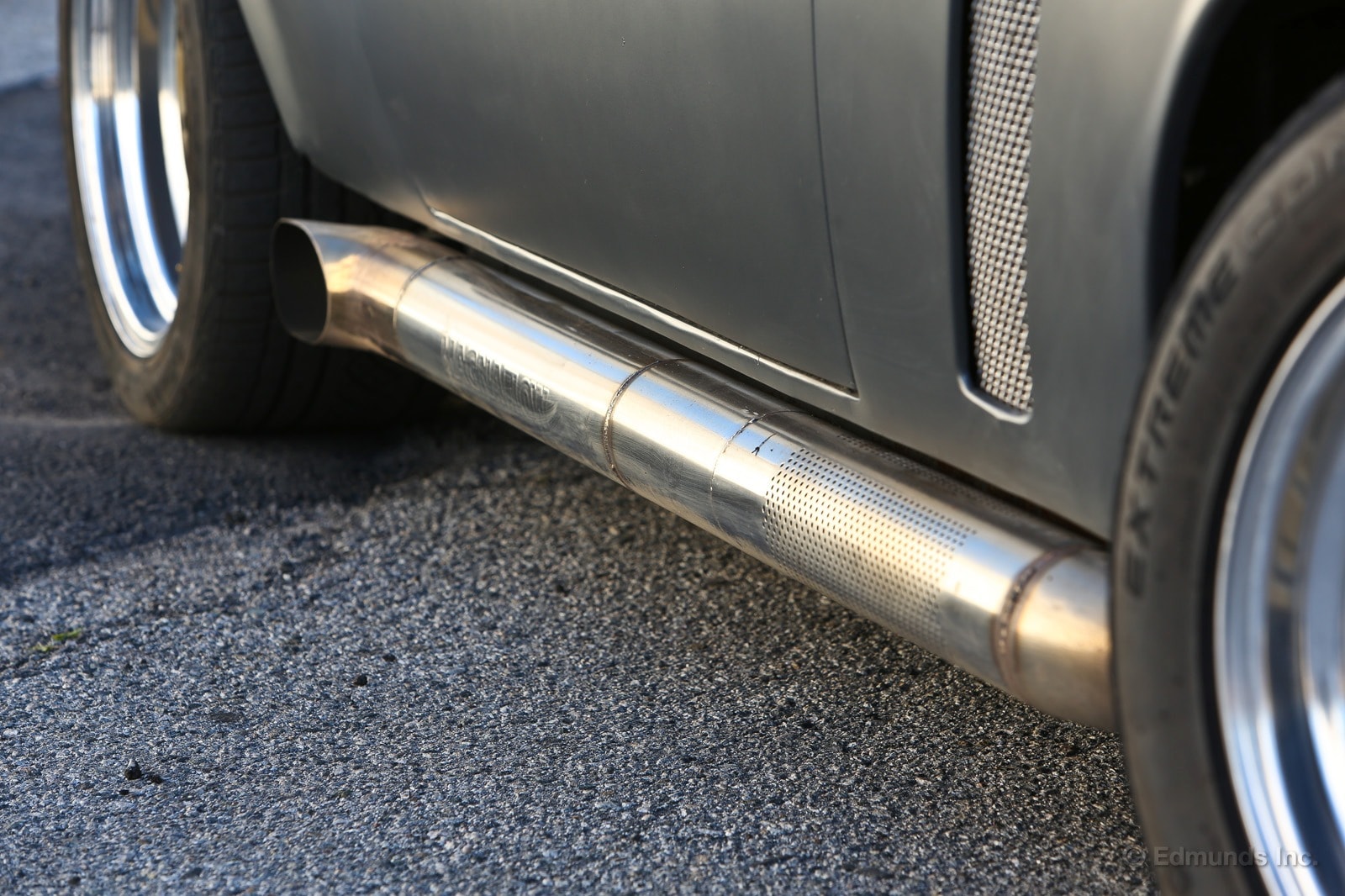  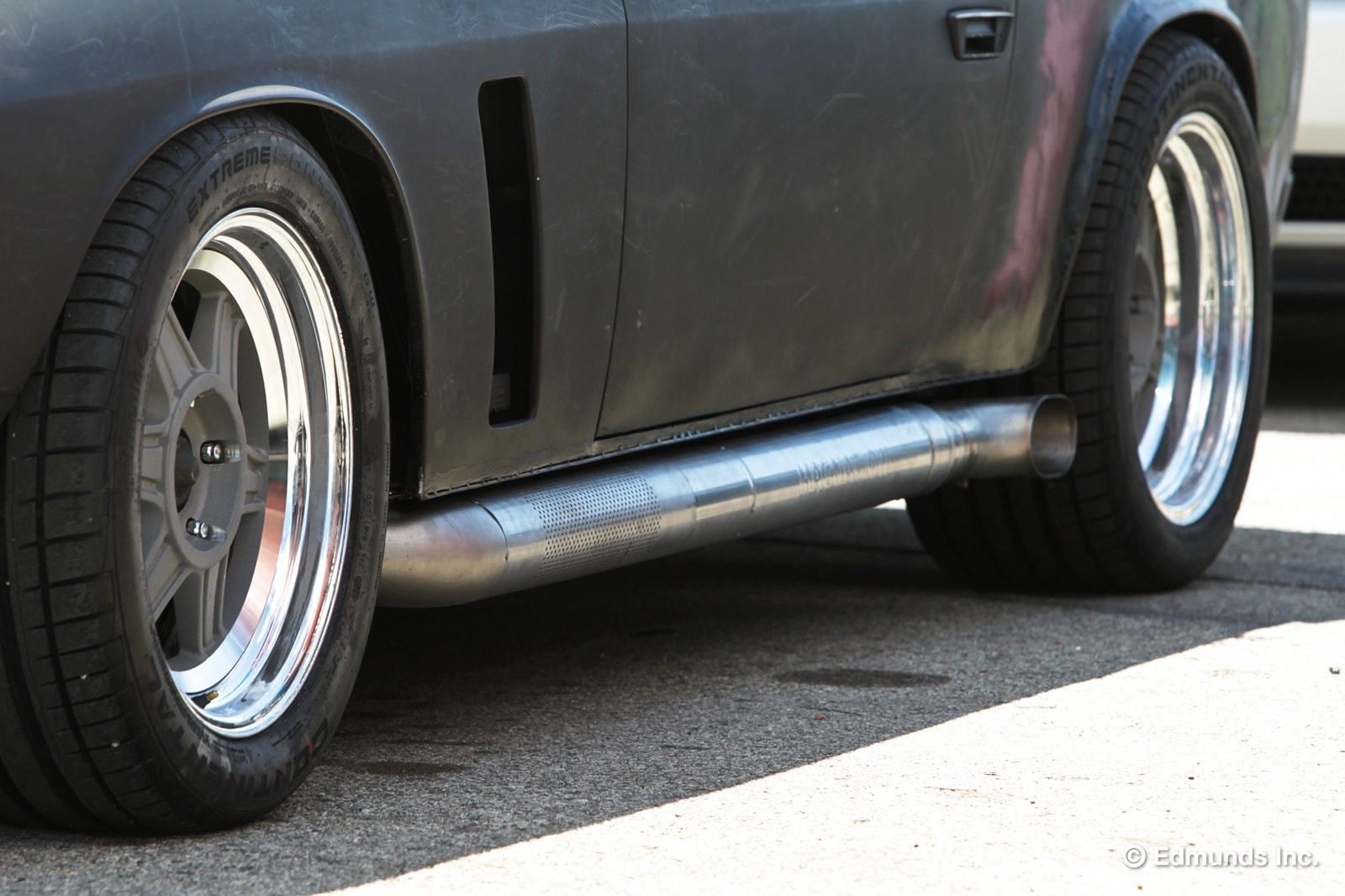 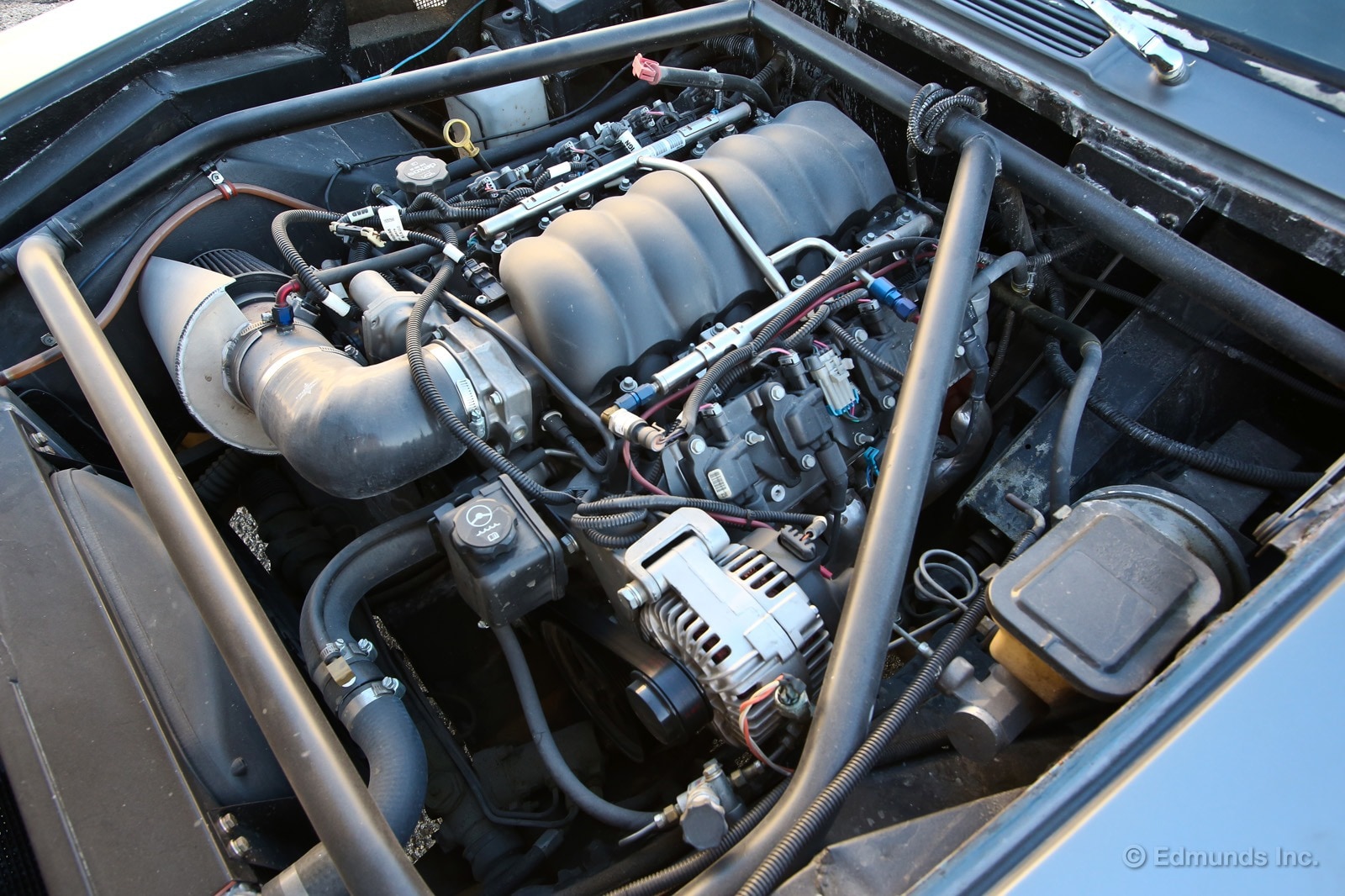 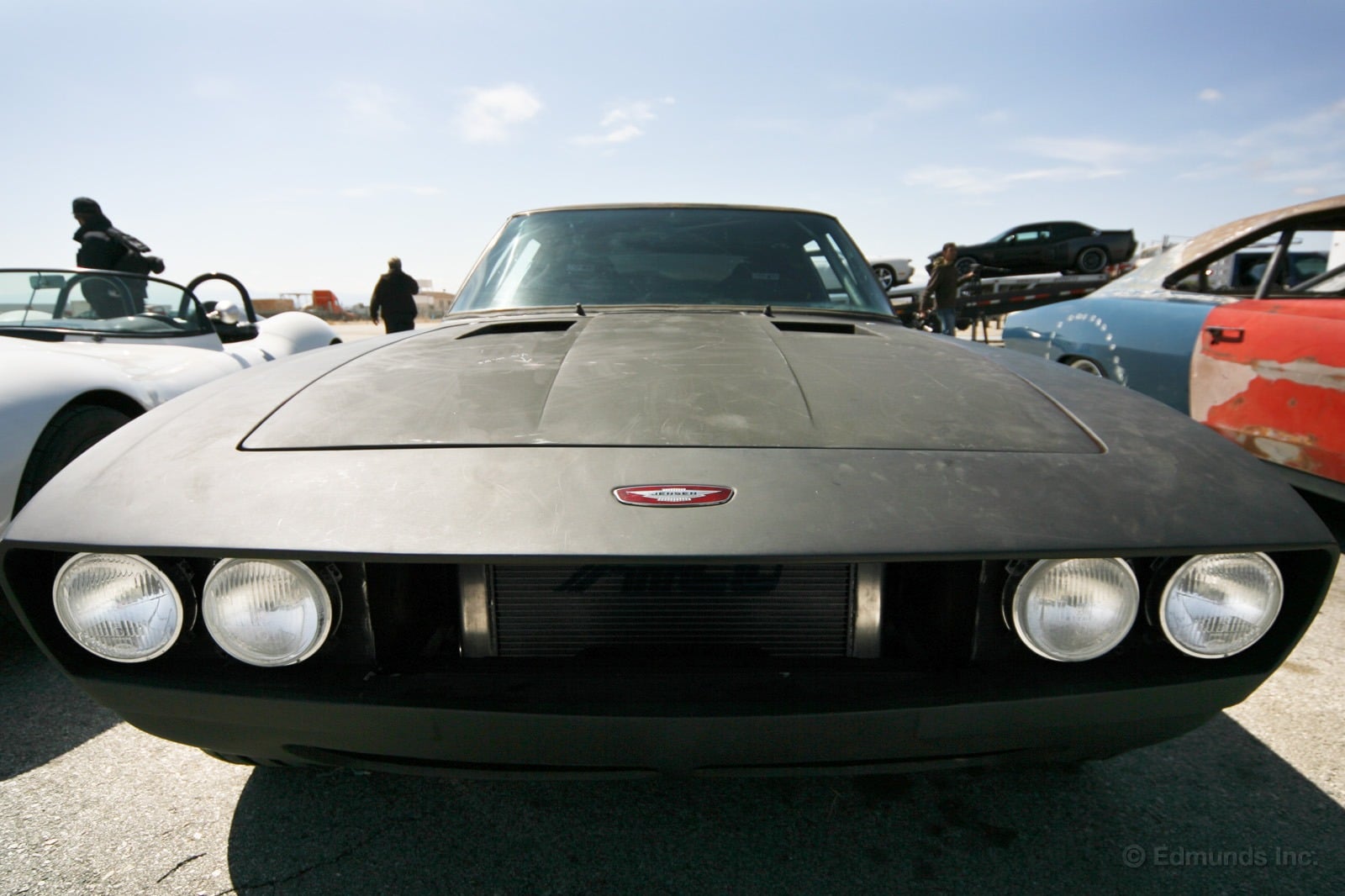 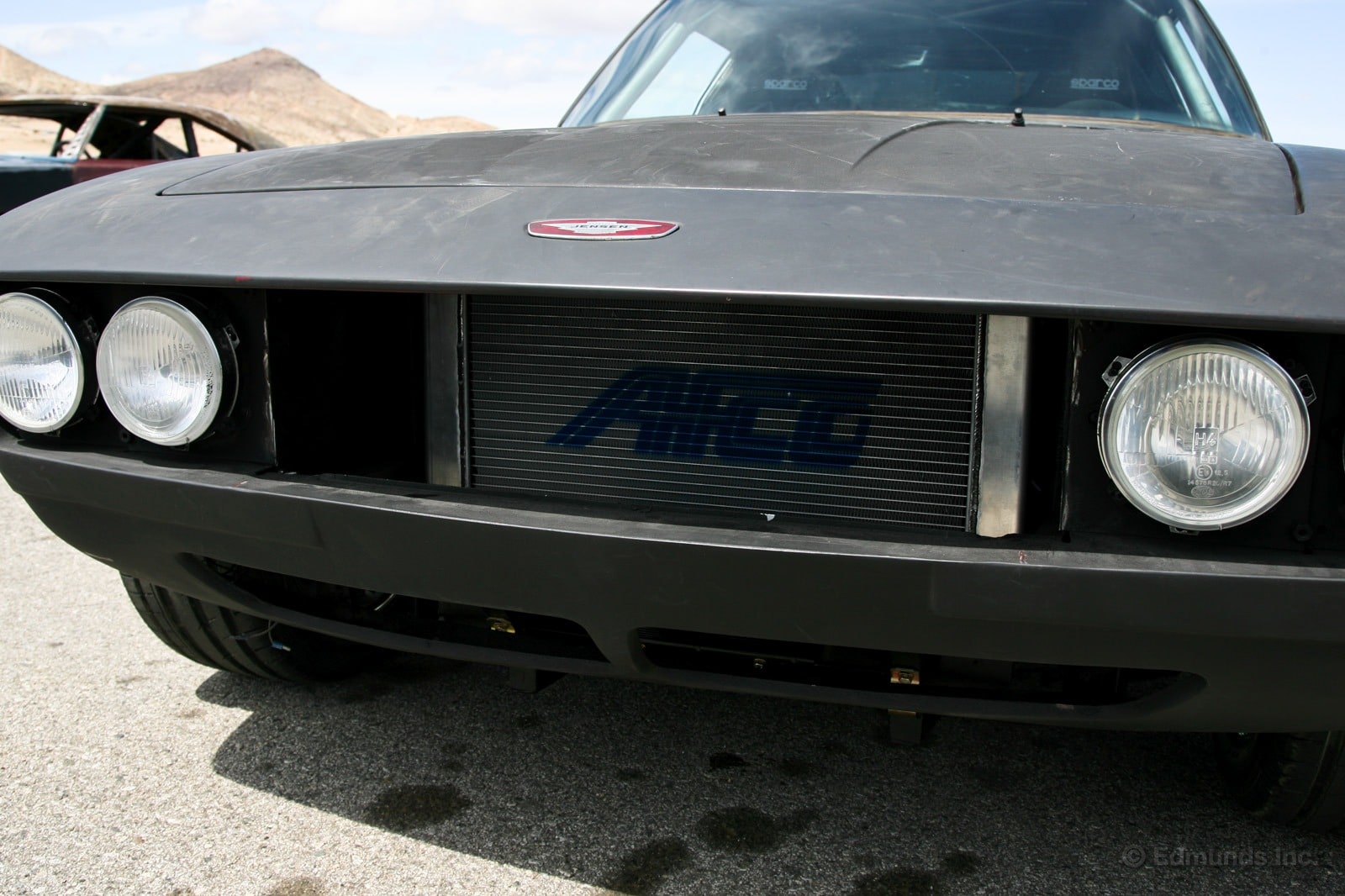 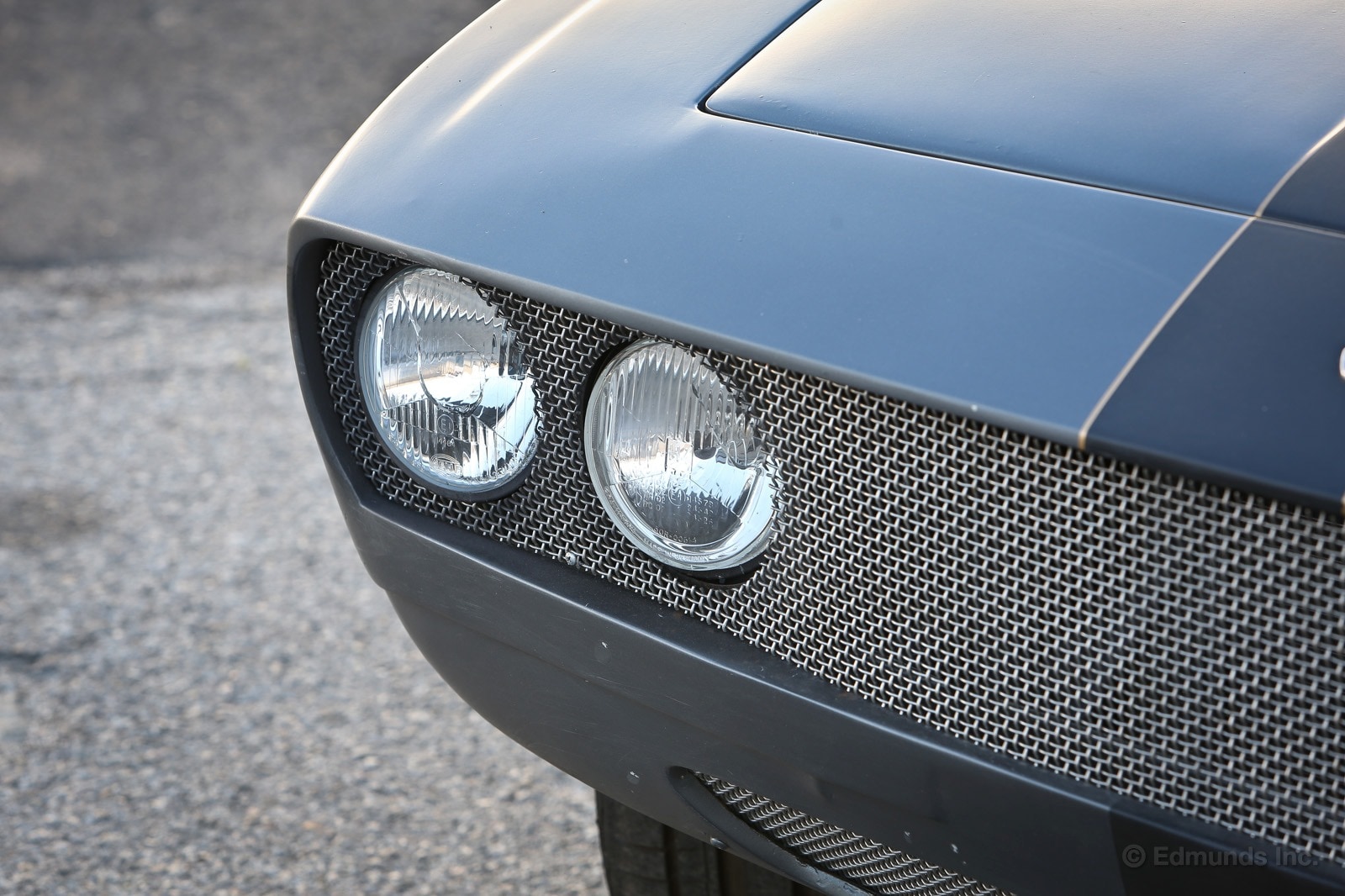 Fast & Furious 6 Cars: 1971 Jensen Interceptor Letty's Latest Ride Brings Her Back From the Movie Netherworld Quote:
__________________
 |
|
|
|

|
|
|
#5 |
         Drives: 2013 Fiat 500 Abarth Grigio Join Date: Apr 2011
Location: Manassas, Va
Posts: 3,124
|
Love the Ford escort and the Jensen interceptor
|
|
|

|
|
|
#6 | |
    Drives: 2010 2SS, 2011 Buick Regal Turbo Join Date: Mar 2009
Location: Nashville, Tennessee
Posts: 1,392
|
The "Anvil" 1969 Ford Mustang-Roman's (Tyrese) vehicle
         But of course the actual "workhorse cars" are not as perfect as "The Anvil"   Quote:
__________________
 |
|
|
|

|
|
|
#7 | |
    Drives: 2010 2SS, 2011 Buick Regal Turbo Join Date: Mar 2009
Location: Nashville, Tennessee
Posts: 1,392
|
__________________
 |
|
|
|

|
|
|
#8 | |
    Drives: 2010 2SS, 2011 Buick Regal Turbo Join Date: Mar 2009
Location: Nashville, Tennessee
Posts: 1,392
|
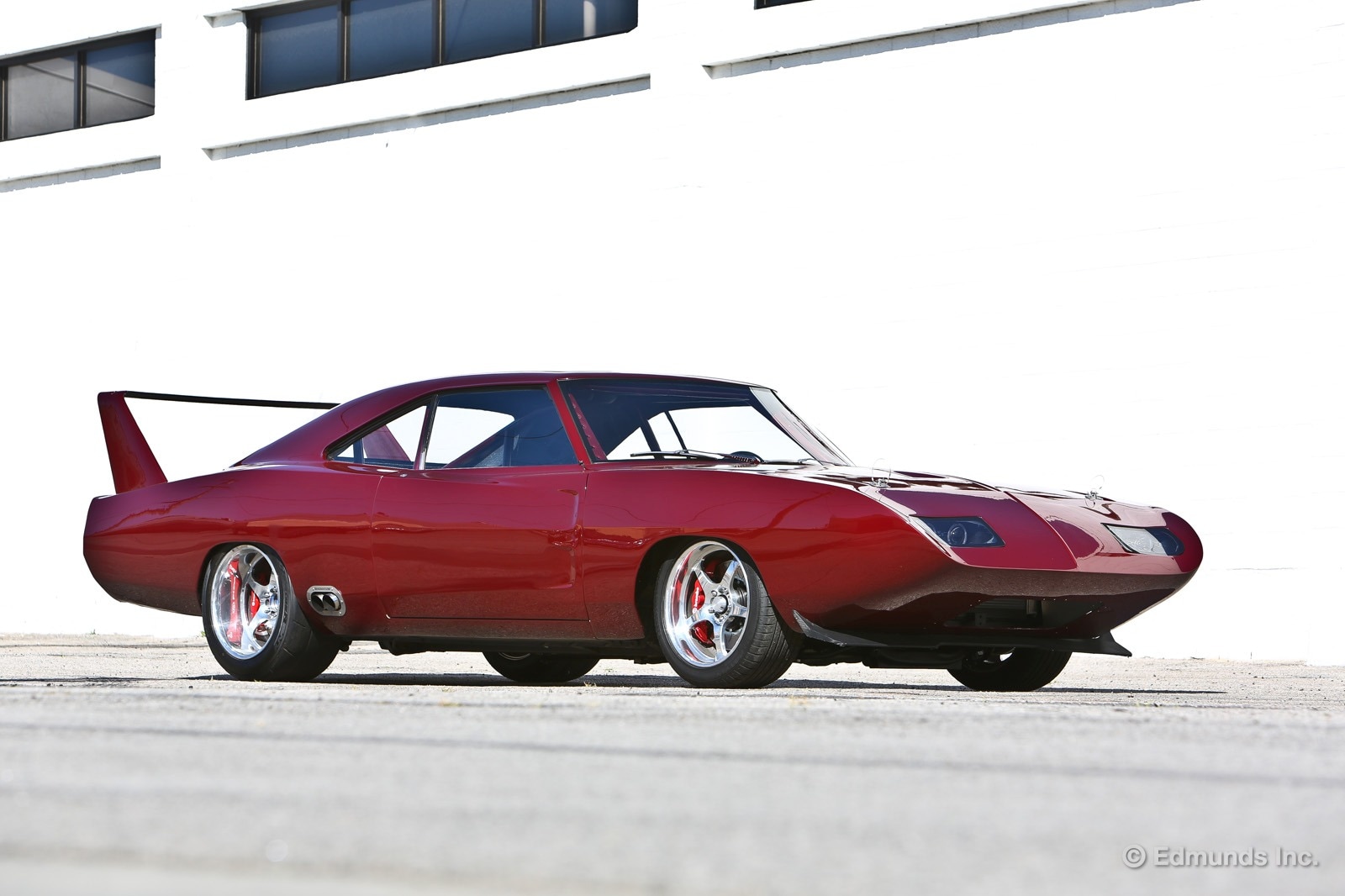  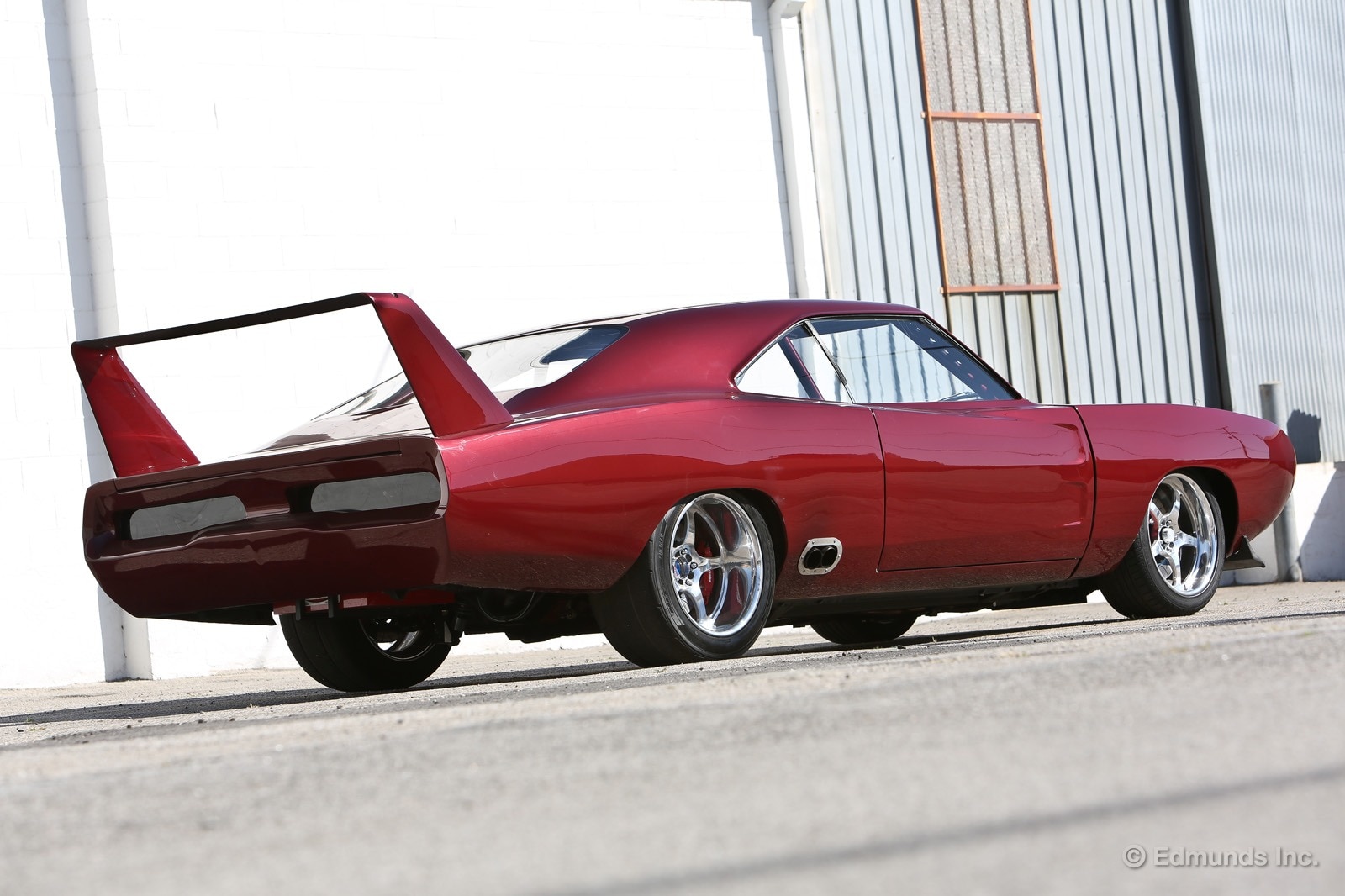 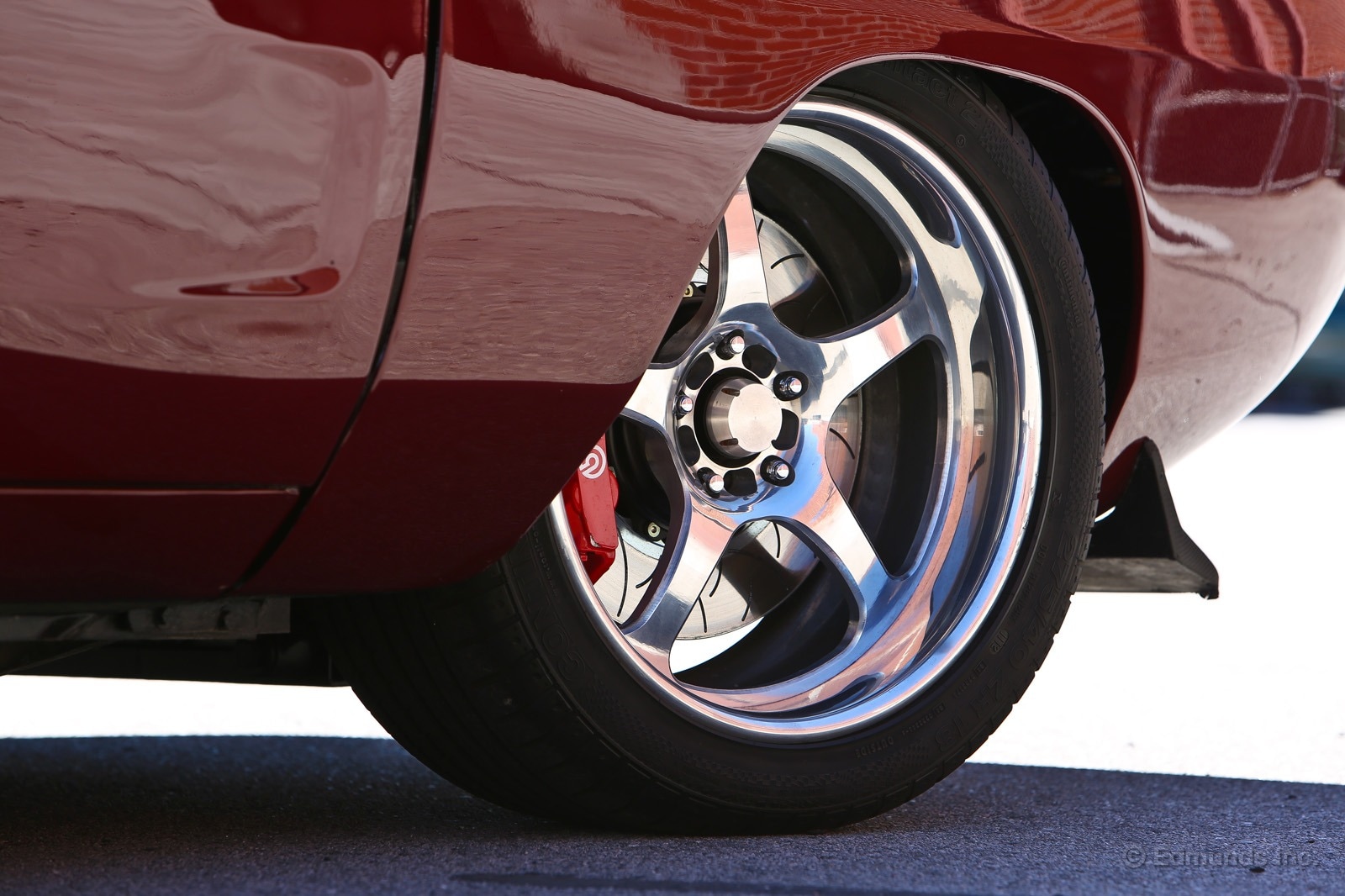  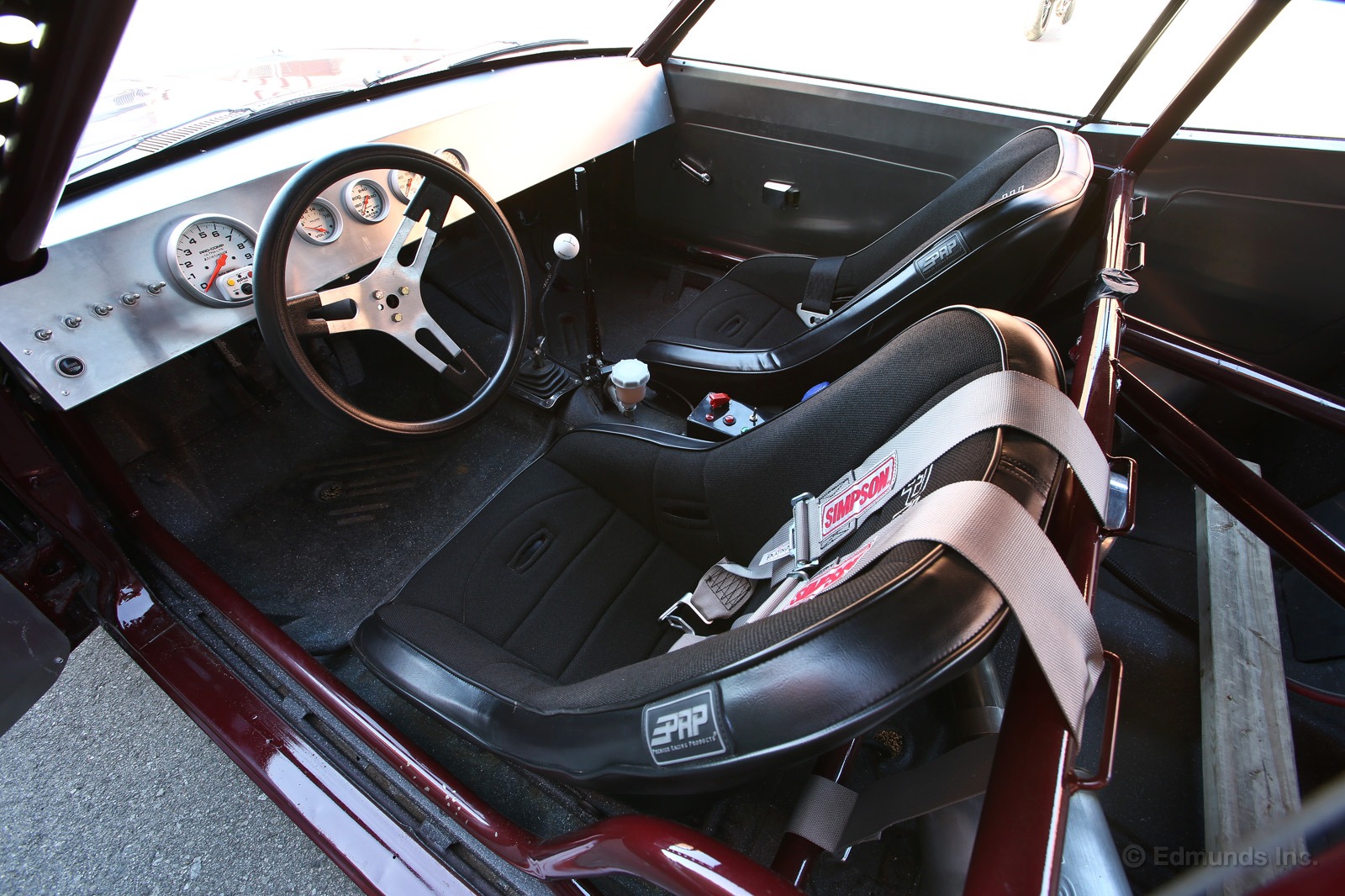  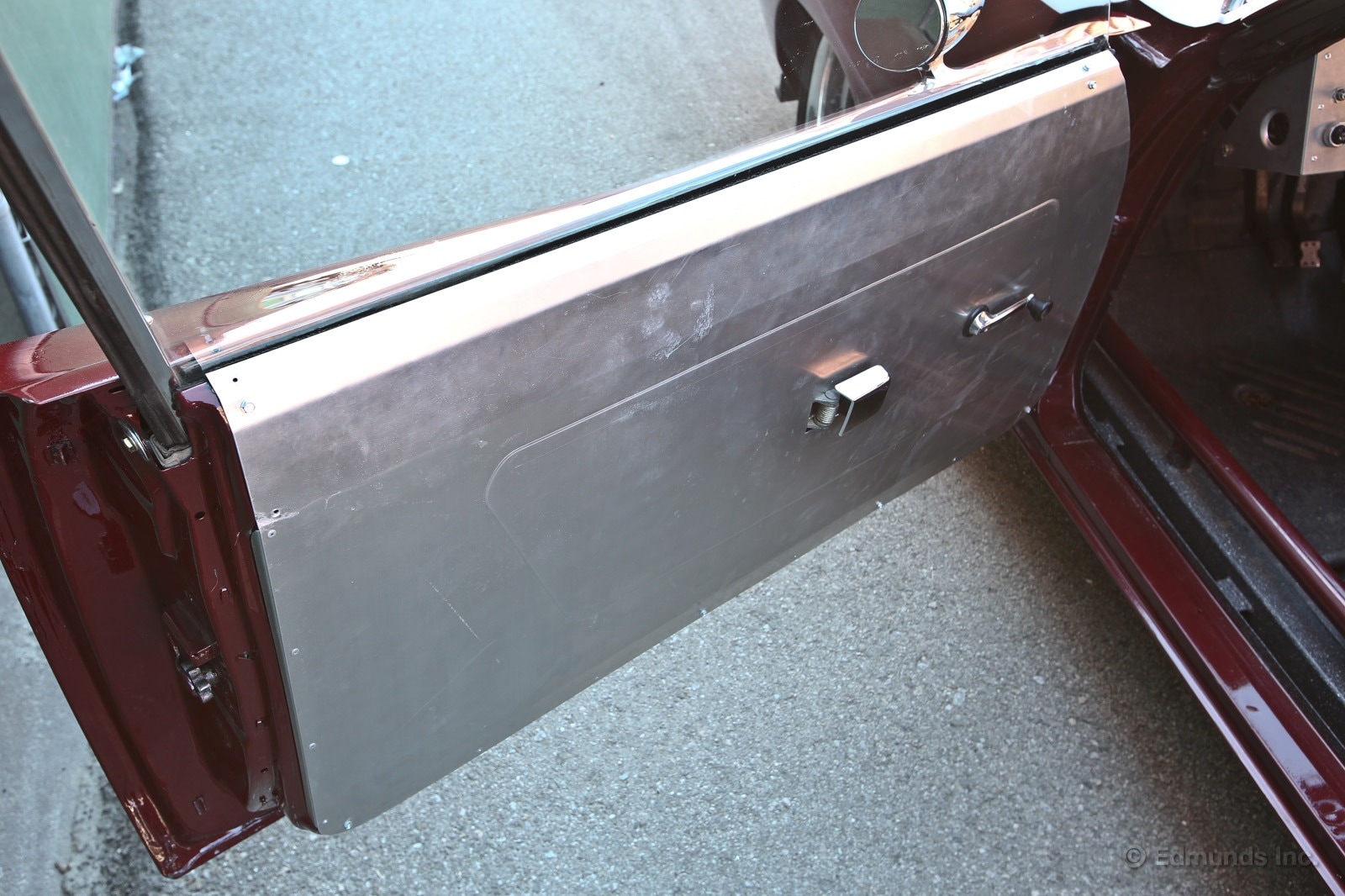 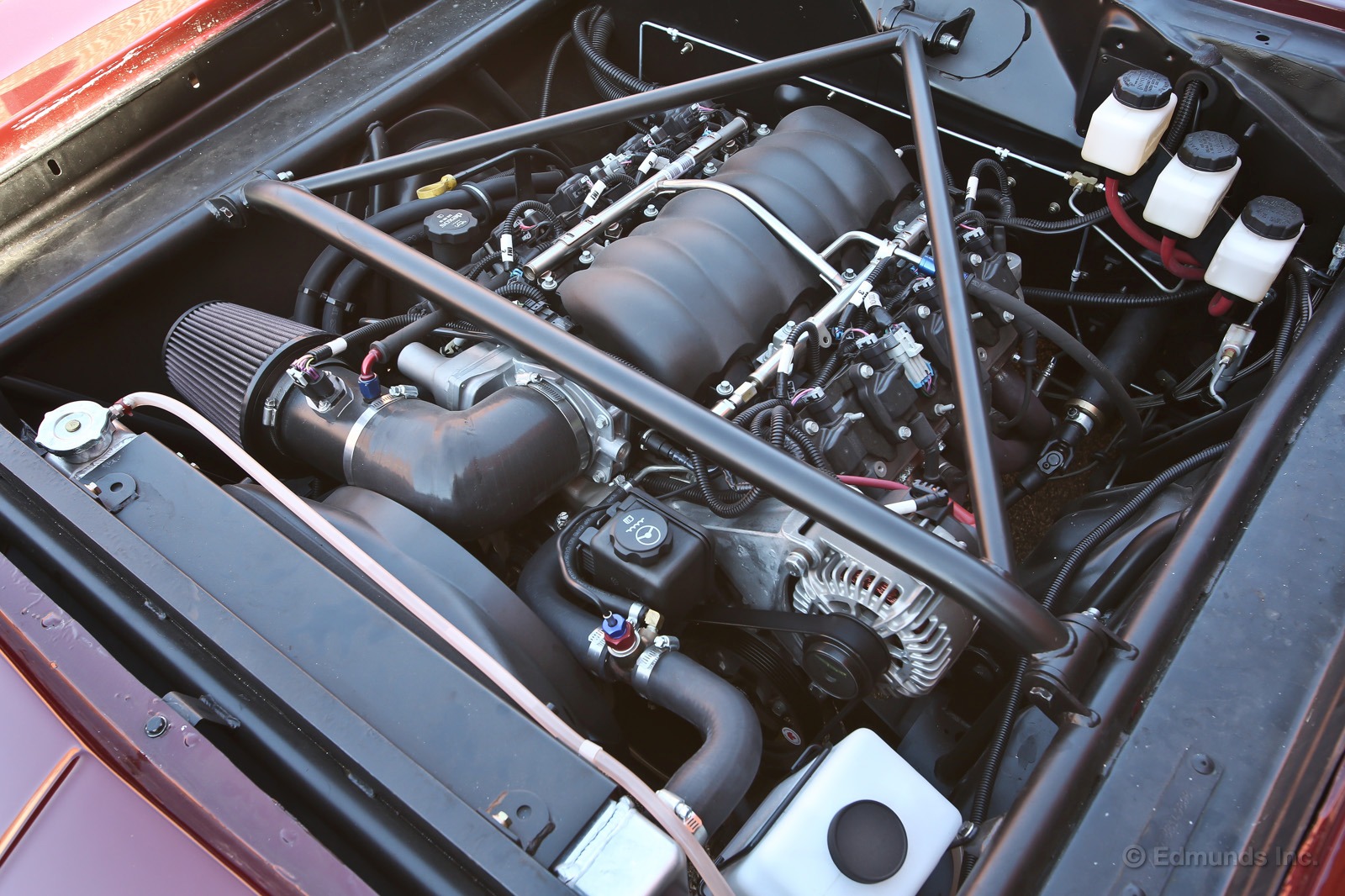 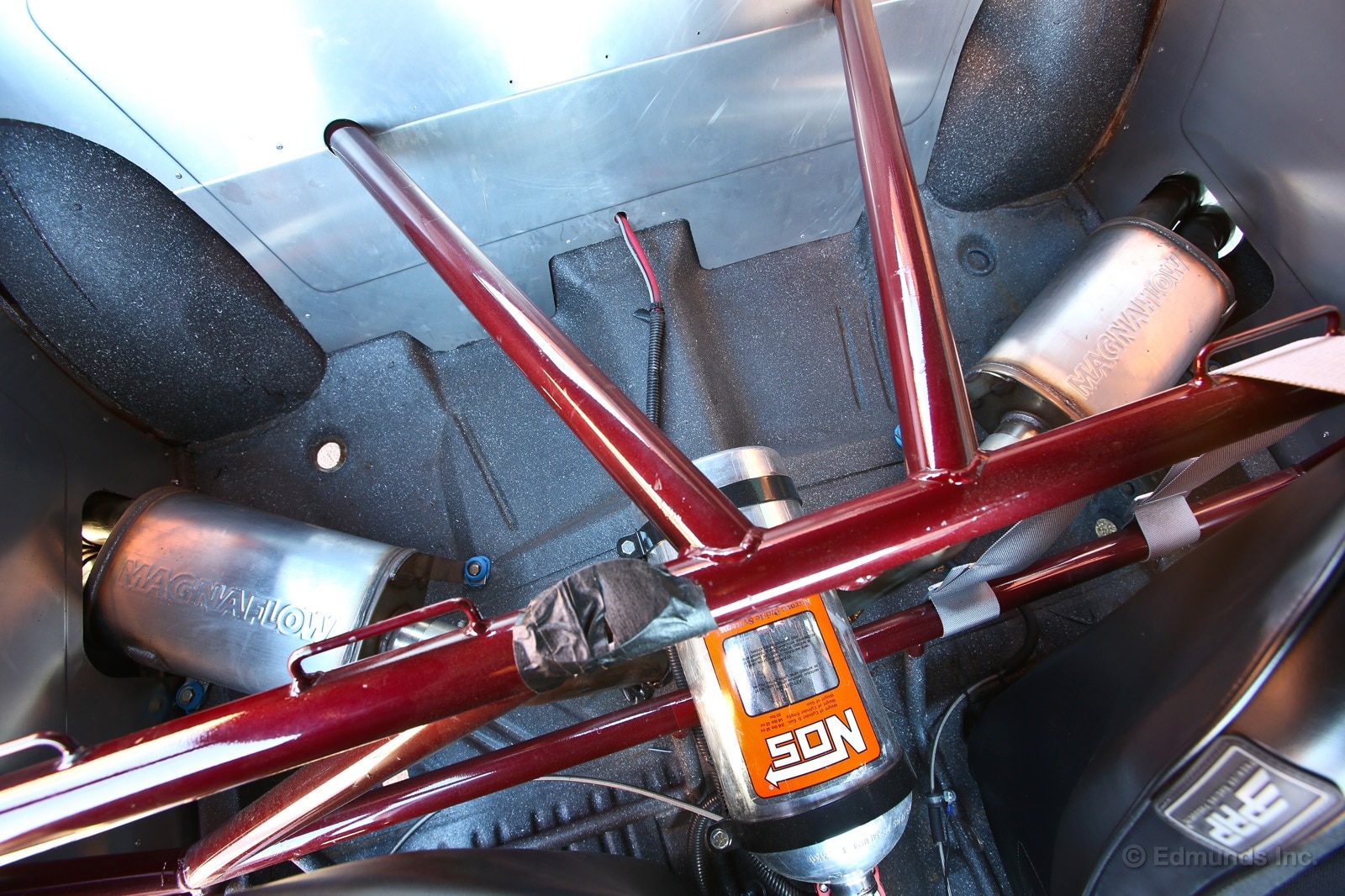 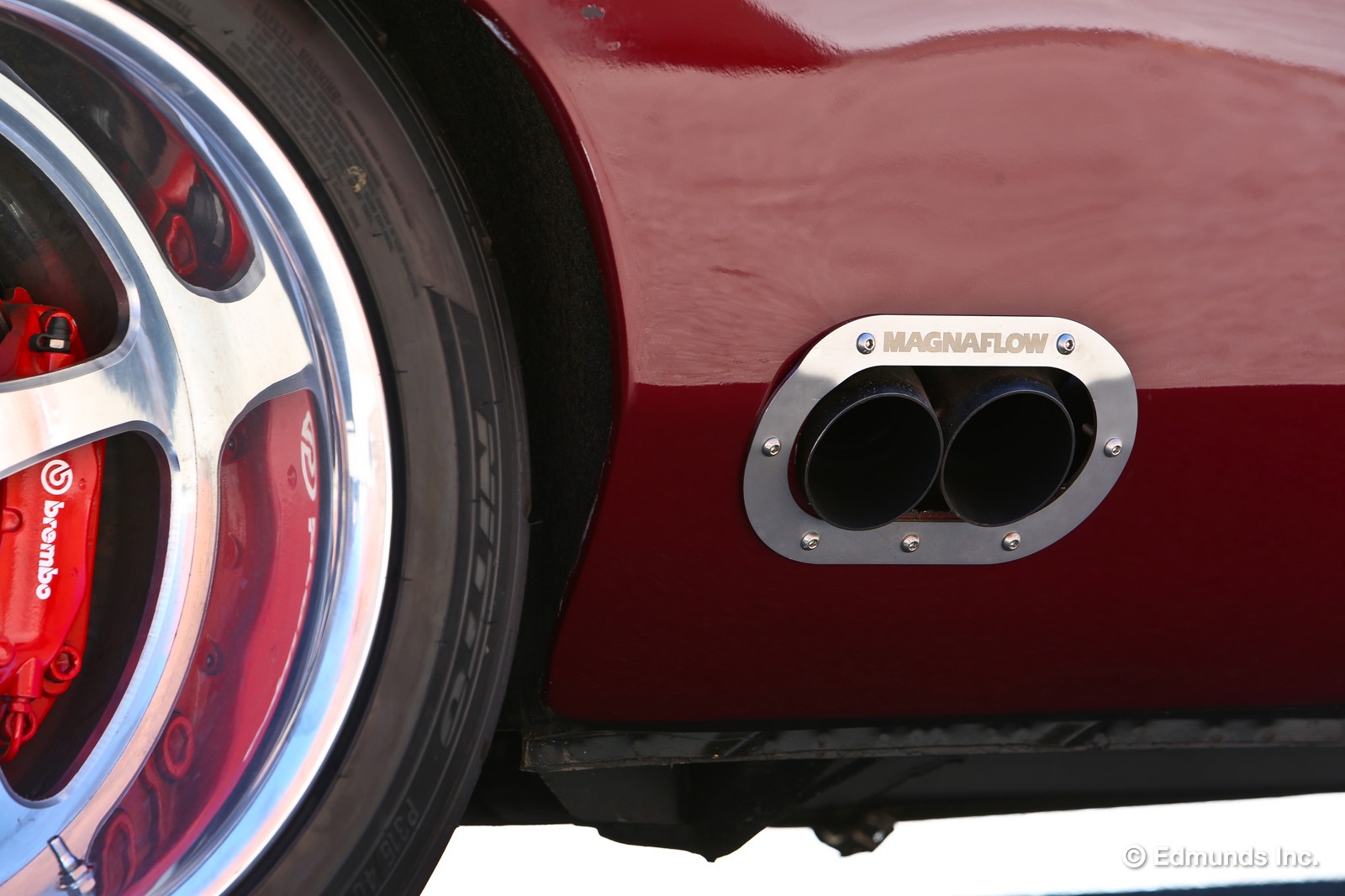   Fast & Furious 6 Cars: 1969 Dodge Charger Daytona Vin Diesel's Latest Charger Is a Daytona Quote:
__________________
 |
|
|
|

|
|
|
#9 |
|
Est.1775
Drives: '15 Challenger Hellcat (sold) Join Date: Sep 2009
Location: SoCal
Posts: 5,502
|
Cool info...
|
|
|

|
|
|
#10 | |
    Drives: 2010 2SS, 2011 Buick Regal Turbo Join Date: Mar 2009
Location: Nashville, Tennessee
Posts: 1,392
|
  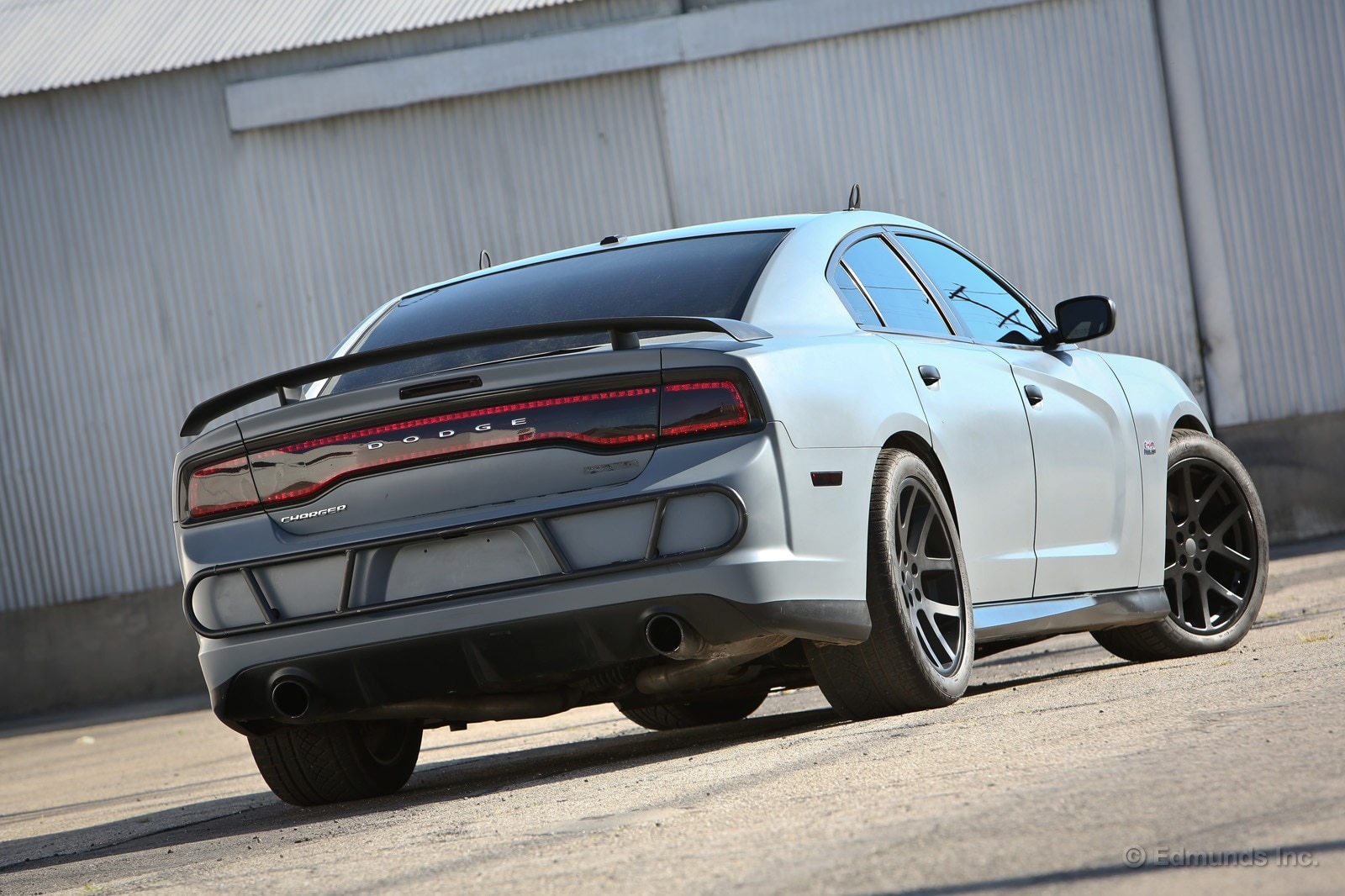  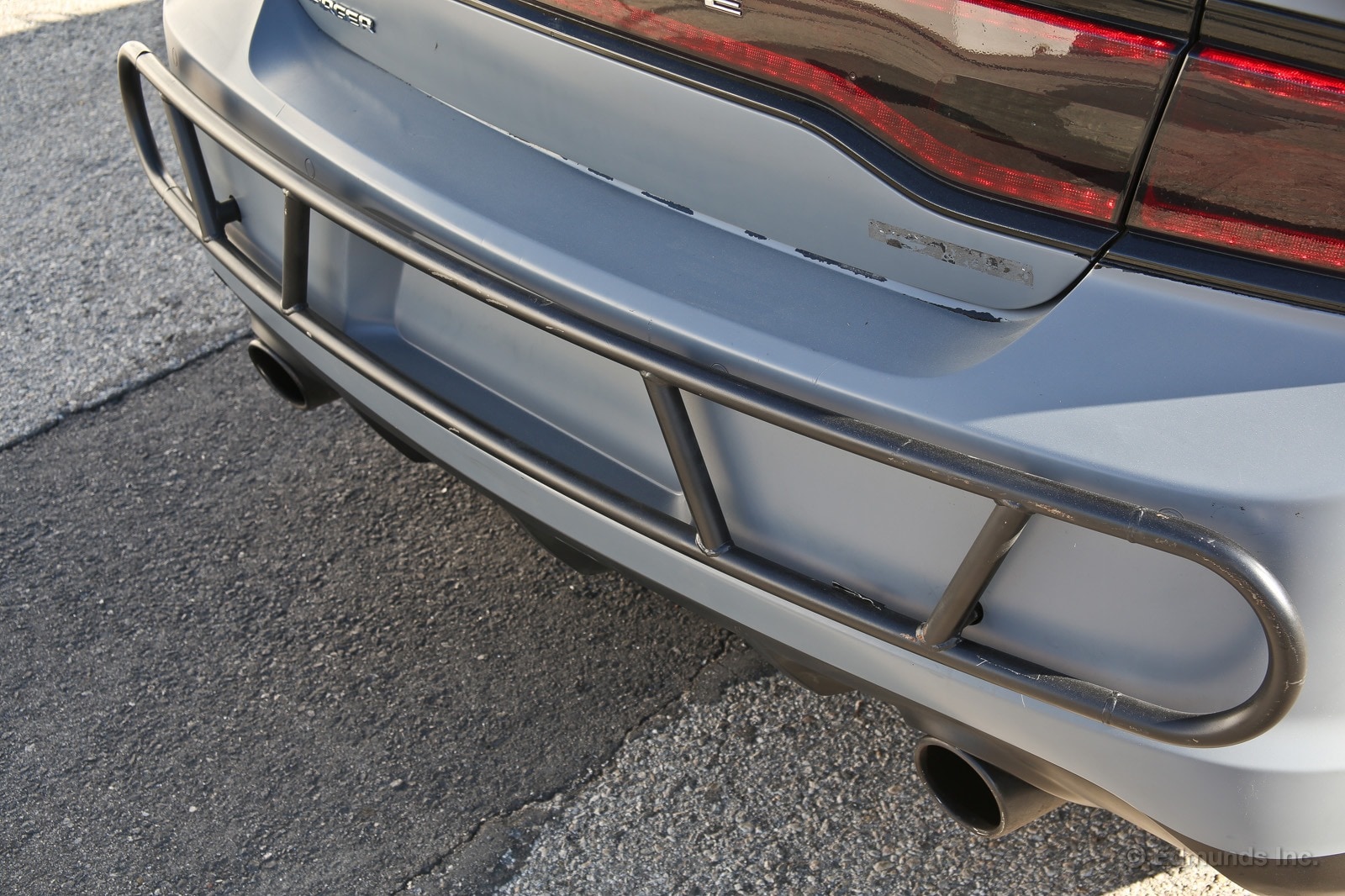 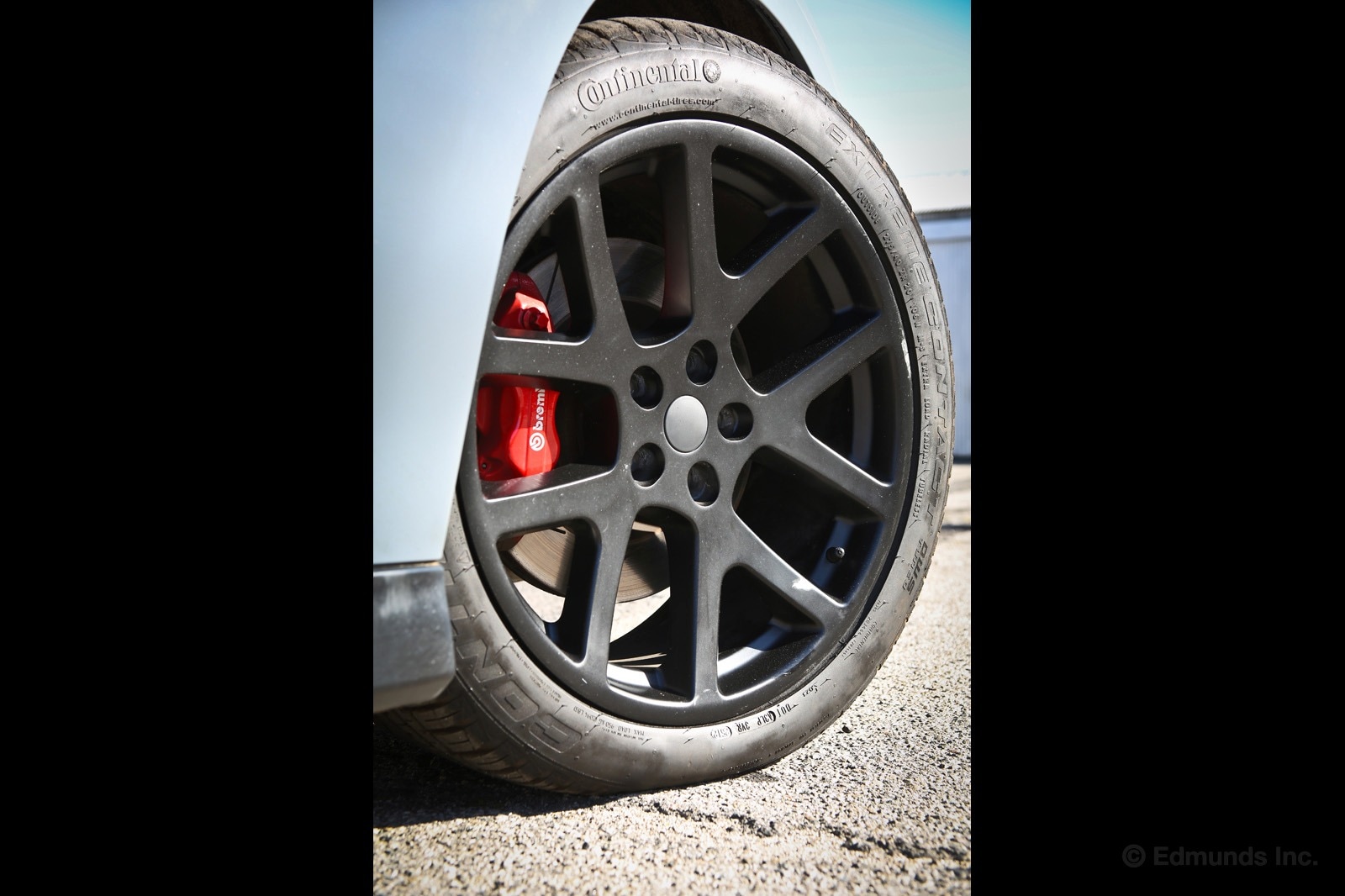  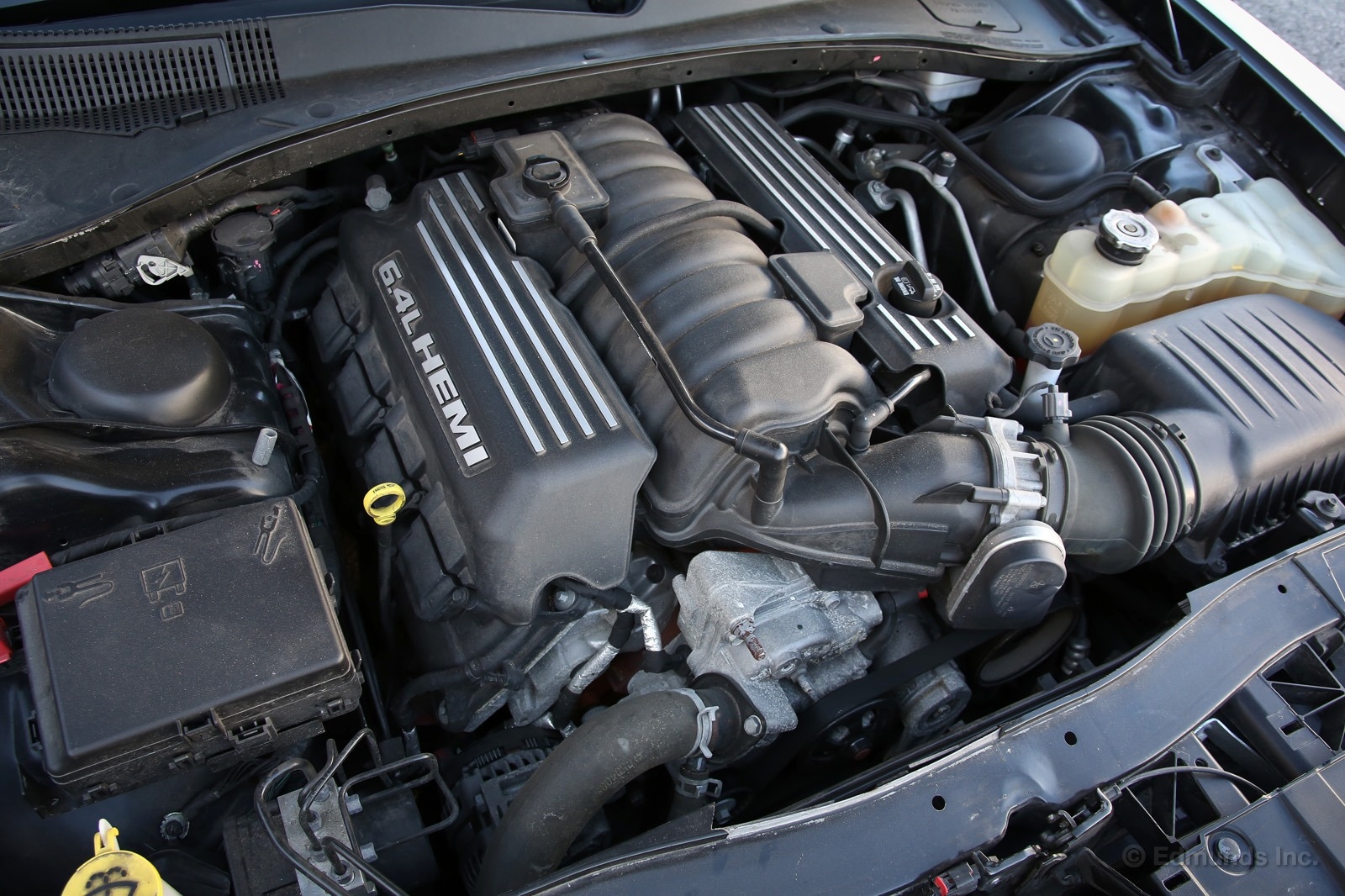 Fast & Furious 6 Cars: 2012 Dodge Charger SRT8 Dominic Toretto's Battleship Gray Charger SRT8 Quote:
__________________
 |
|
|
|

|
|
|
#11 | |
    Drives: 2010 2SS, 2011 Buick Regal Turbo Join Date: Mar 2009
Location: Nashville, Tennessee
Posts: 1,392
|
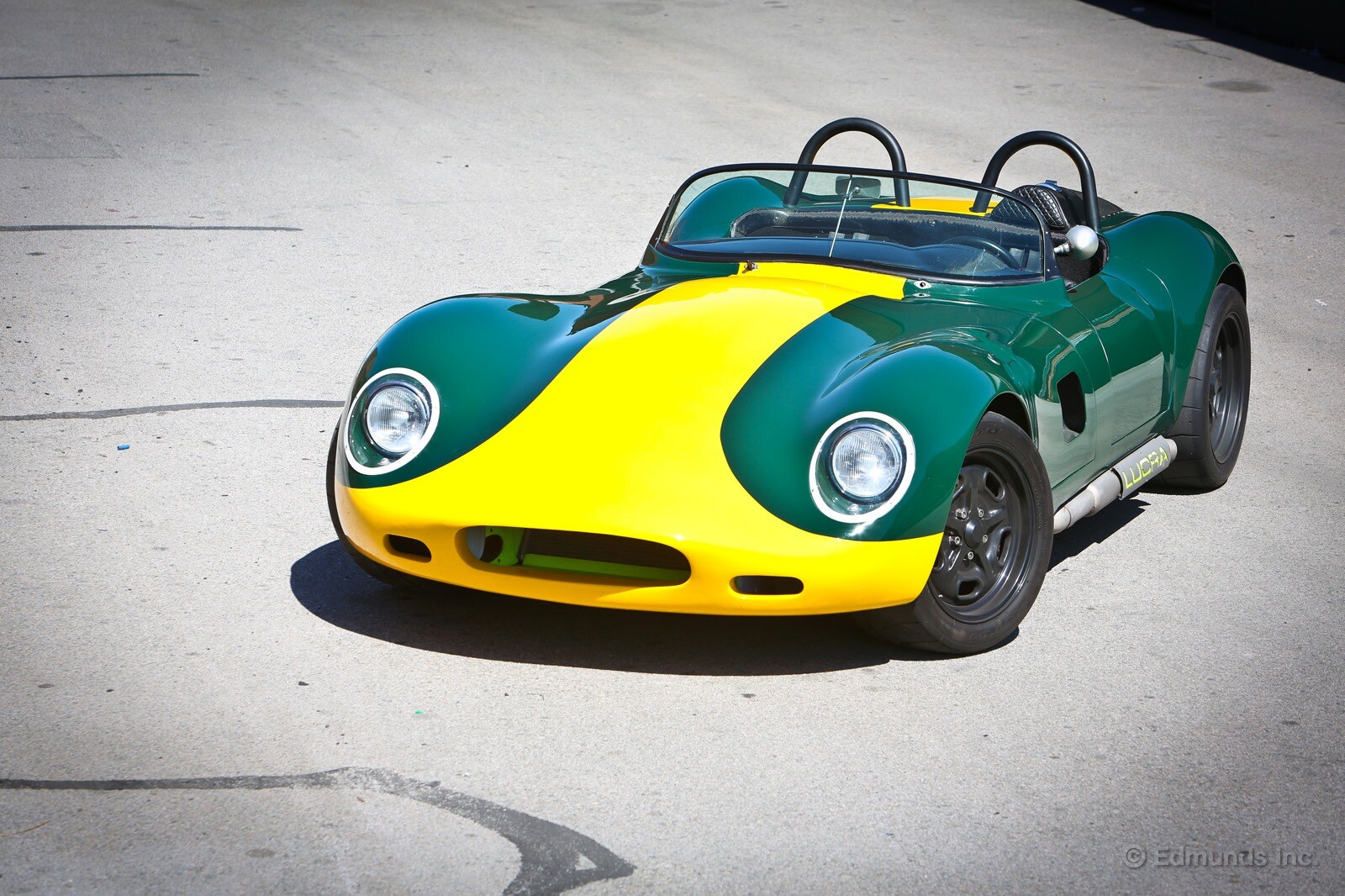 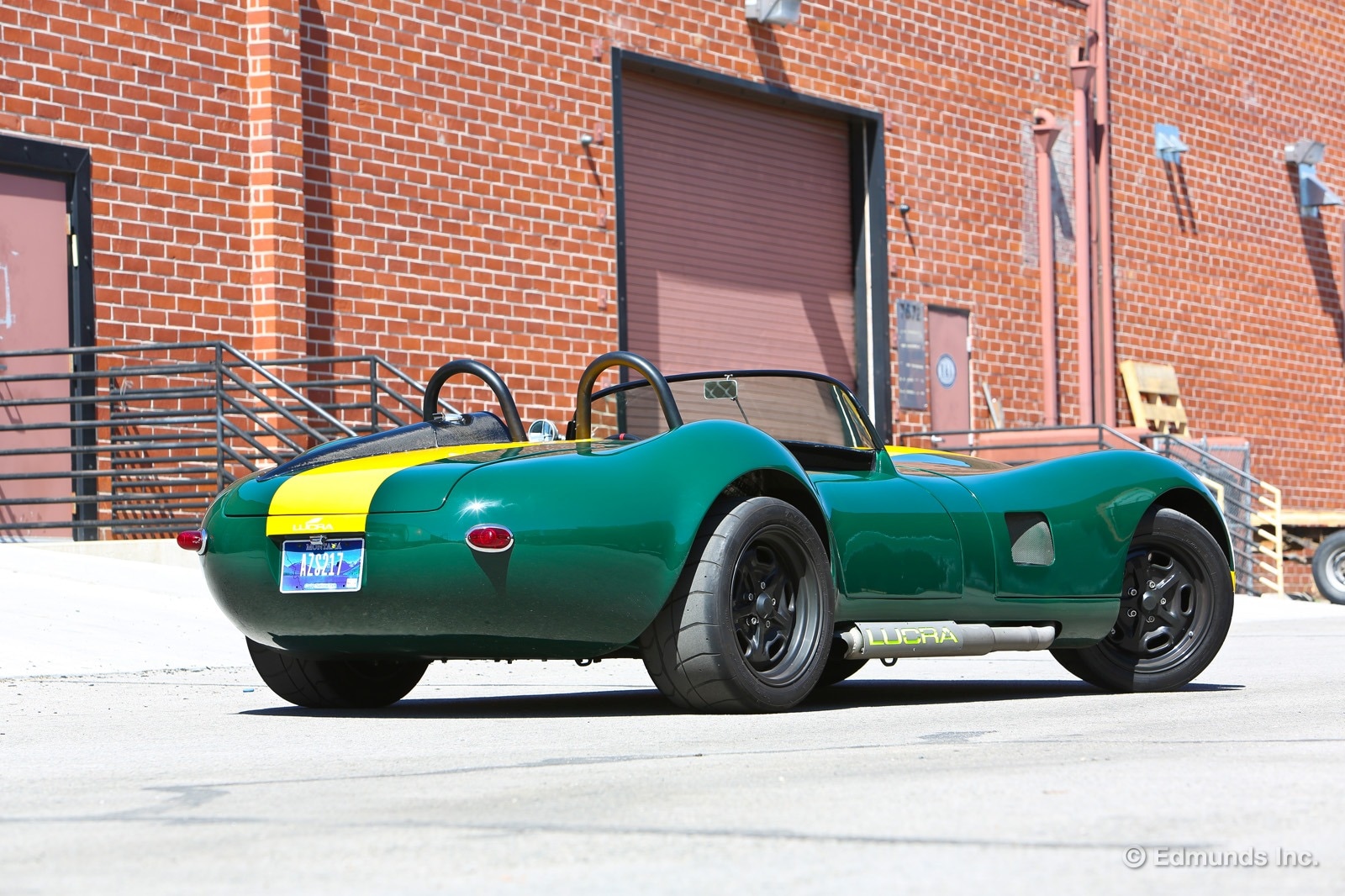 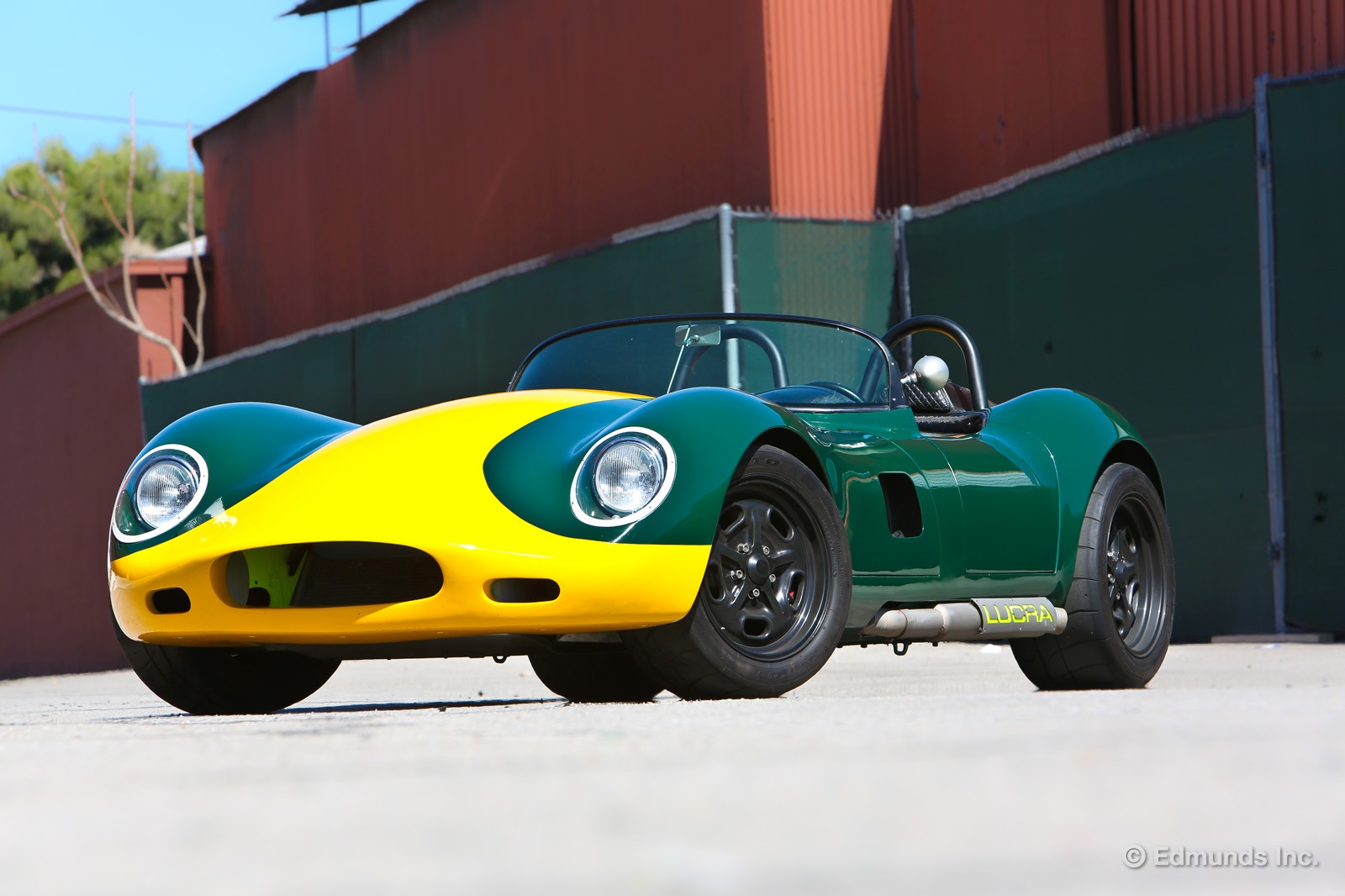 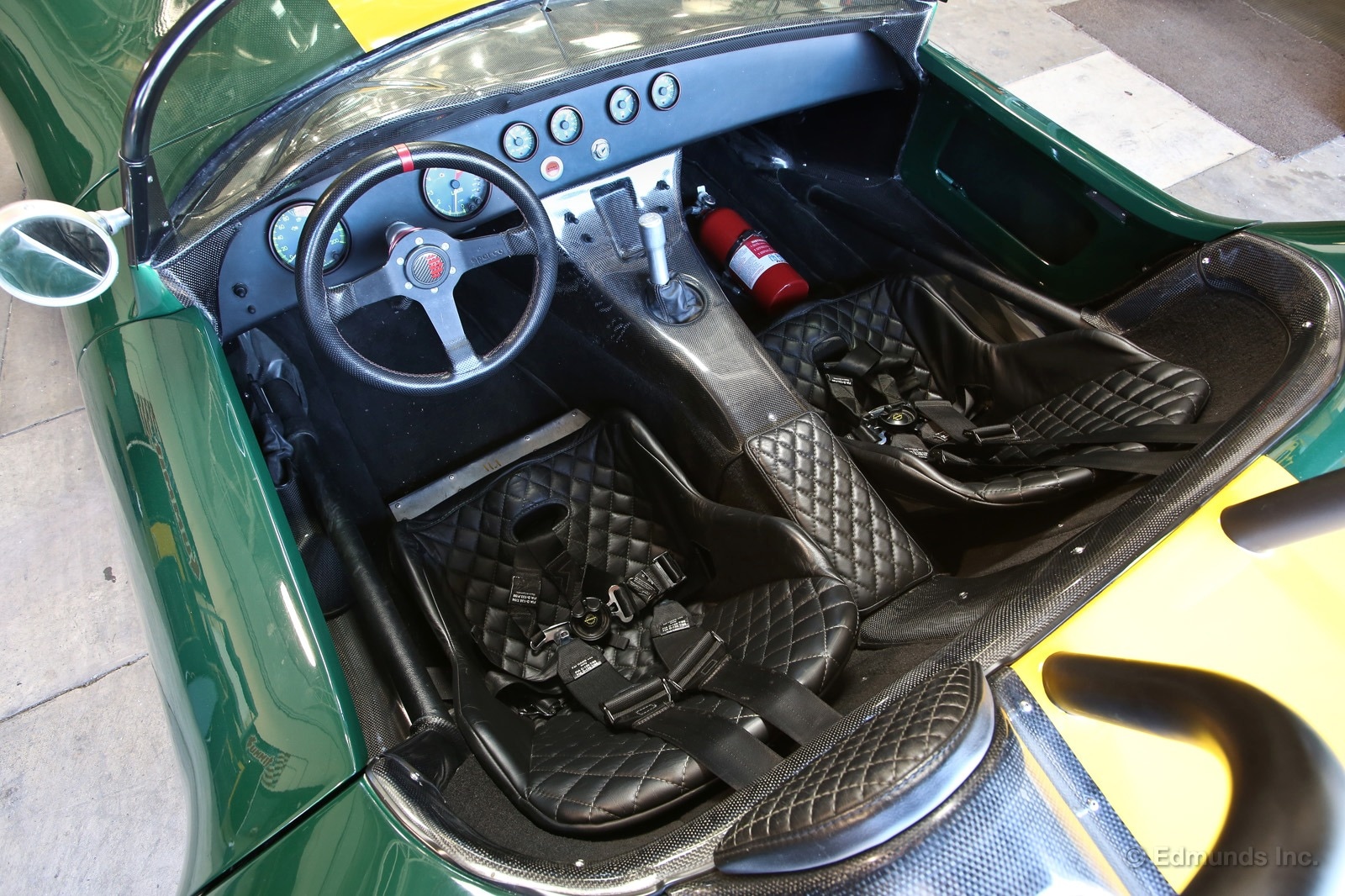 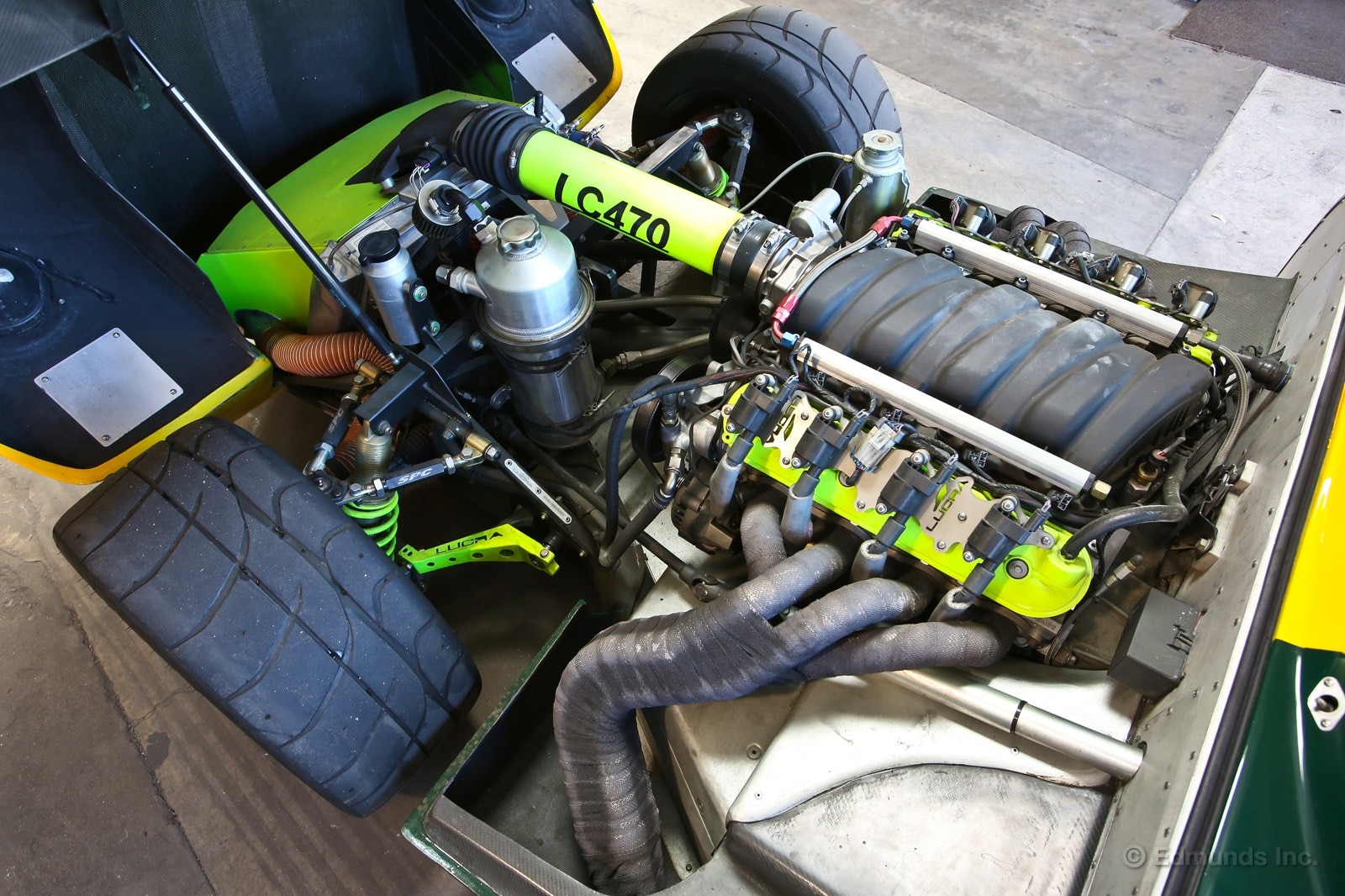 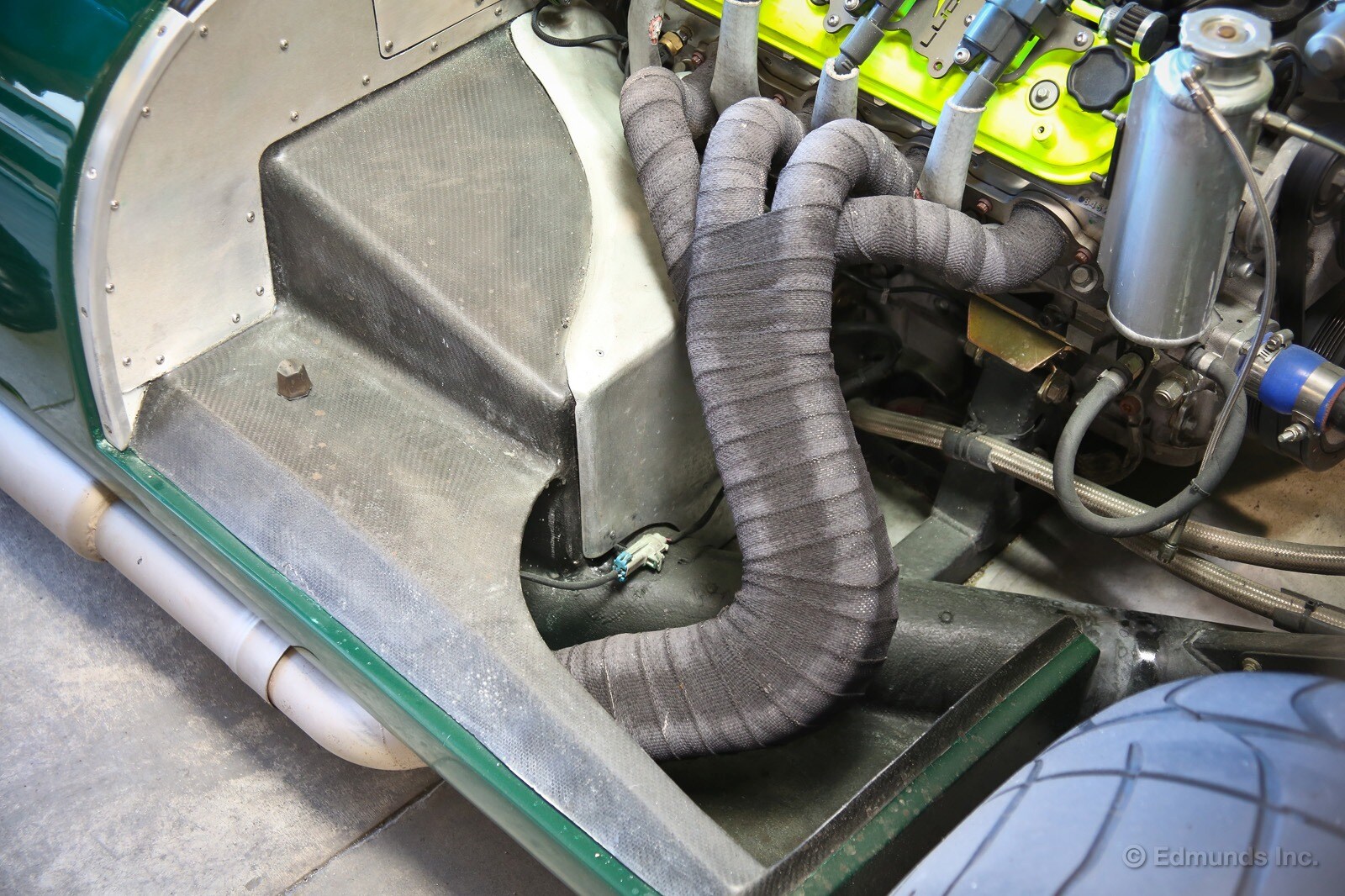 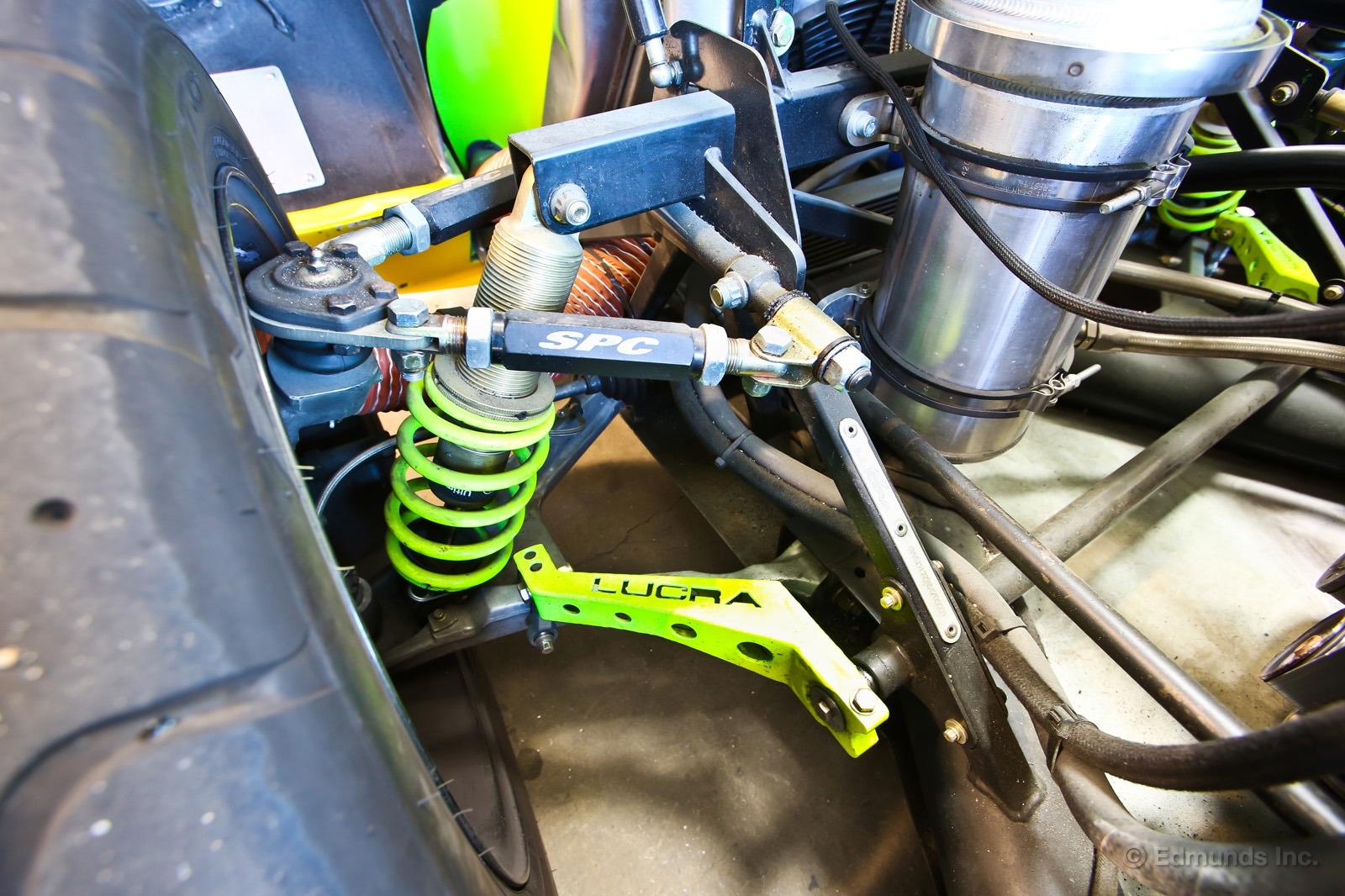 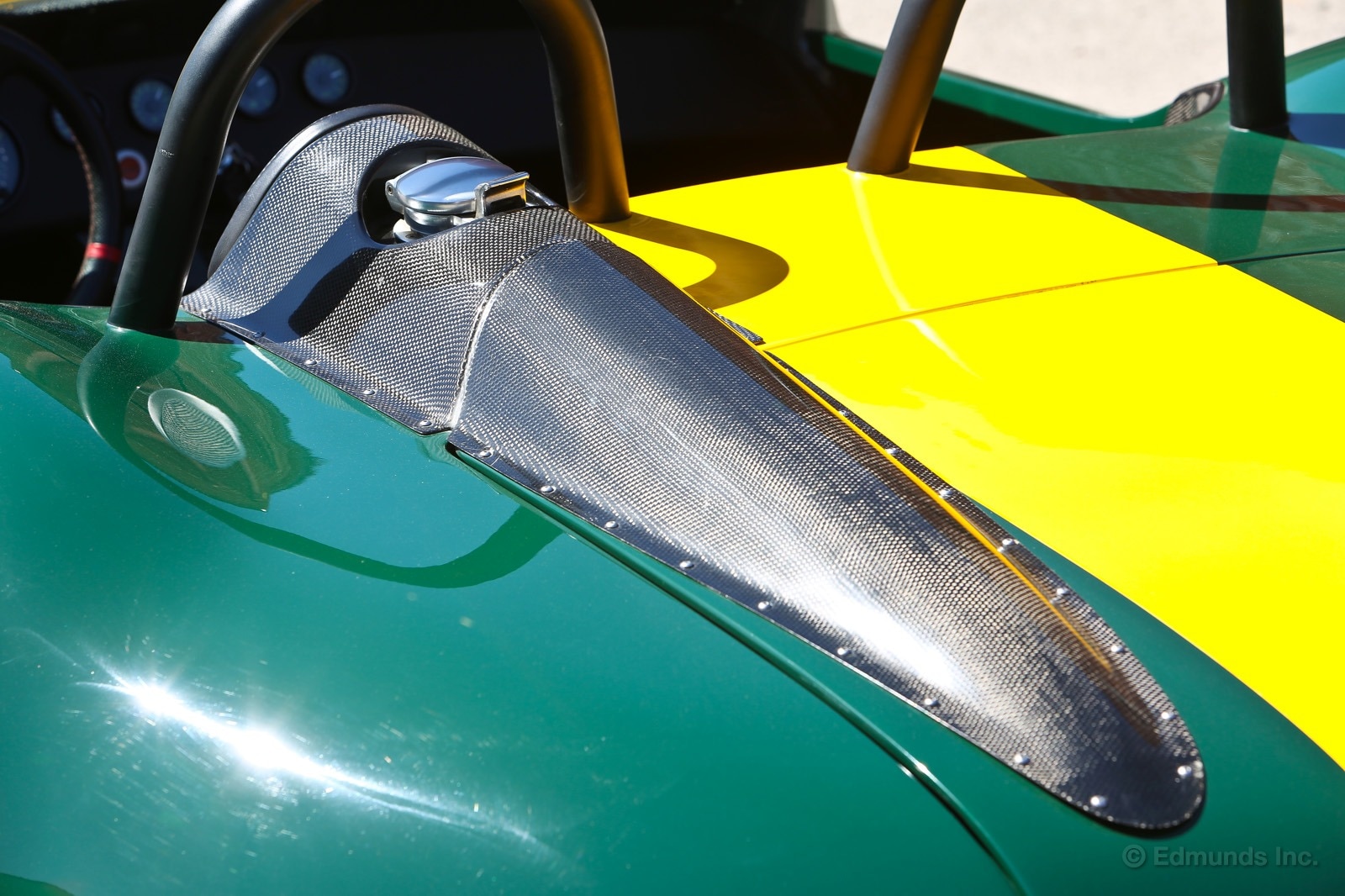 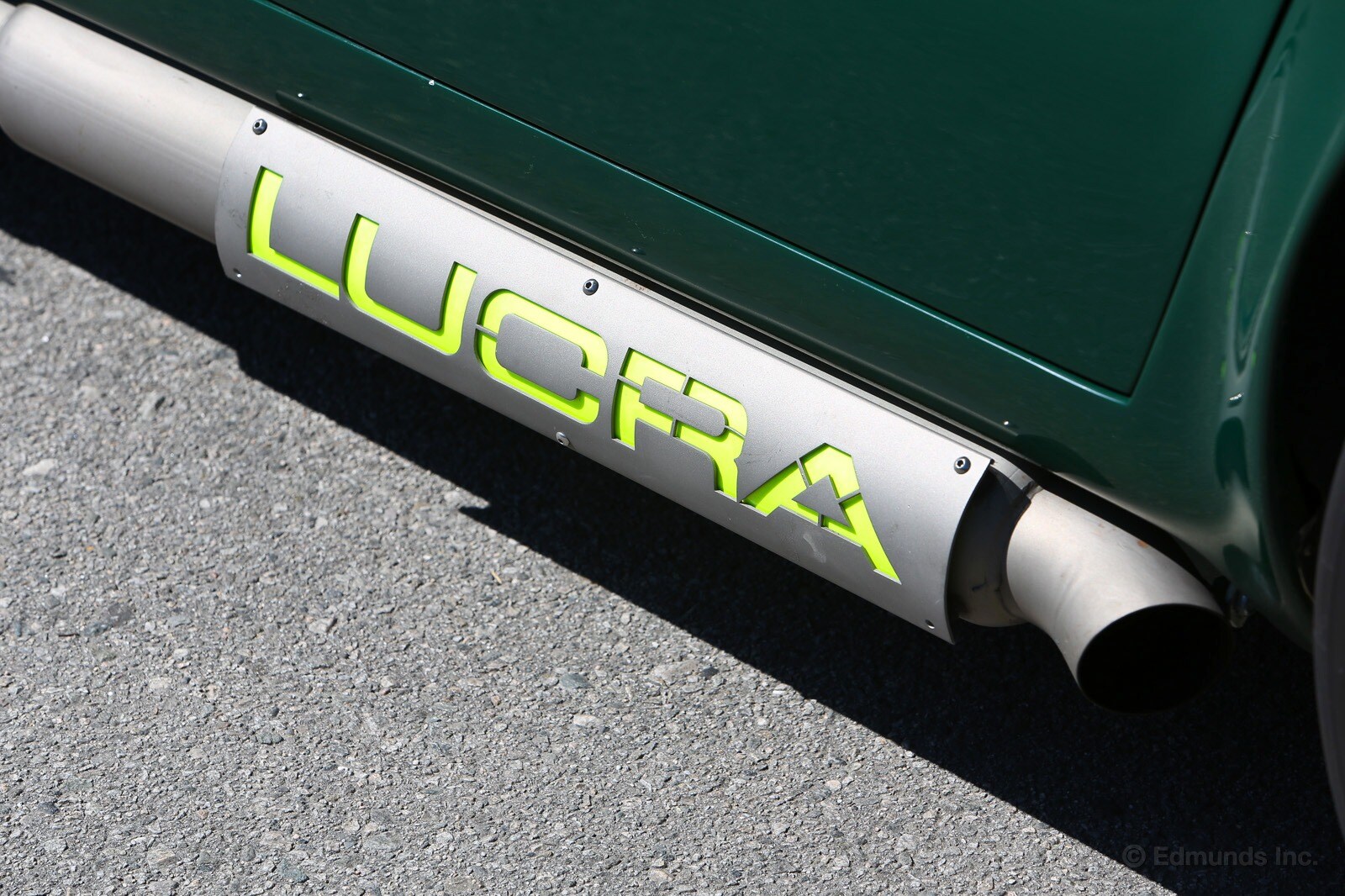 Fast & Furious 6 Cars: 2012 Lucra LC470 A Supporting Player in the Car Cast Quote:
__________________
 |
|
|
|

|
|
|
#12 |
    Drives: 2010 2SS, 2011 Buick Regal Turbo Join Date: Mar 2009
Location: Nashville, Tennessee
Posts: 1,392
|
The pre-production movie Lucra's were white and black before they decided on the Green and Yellow
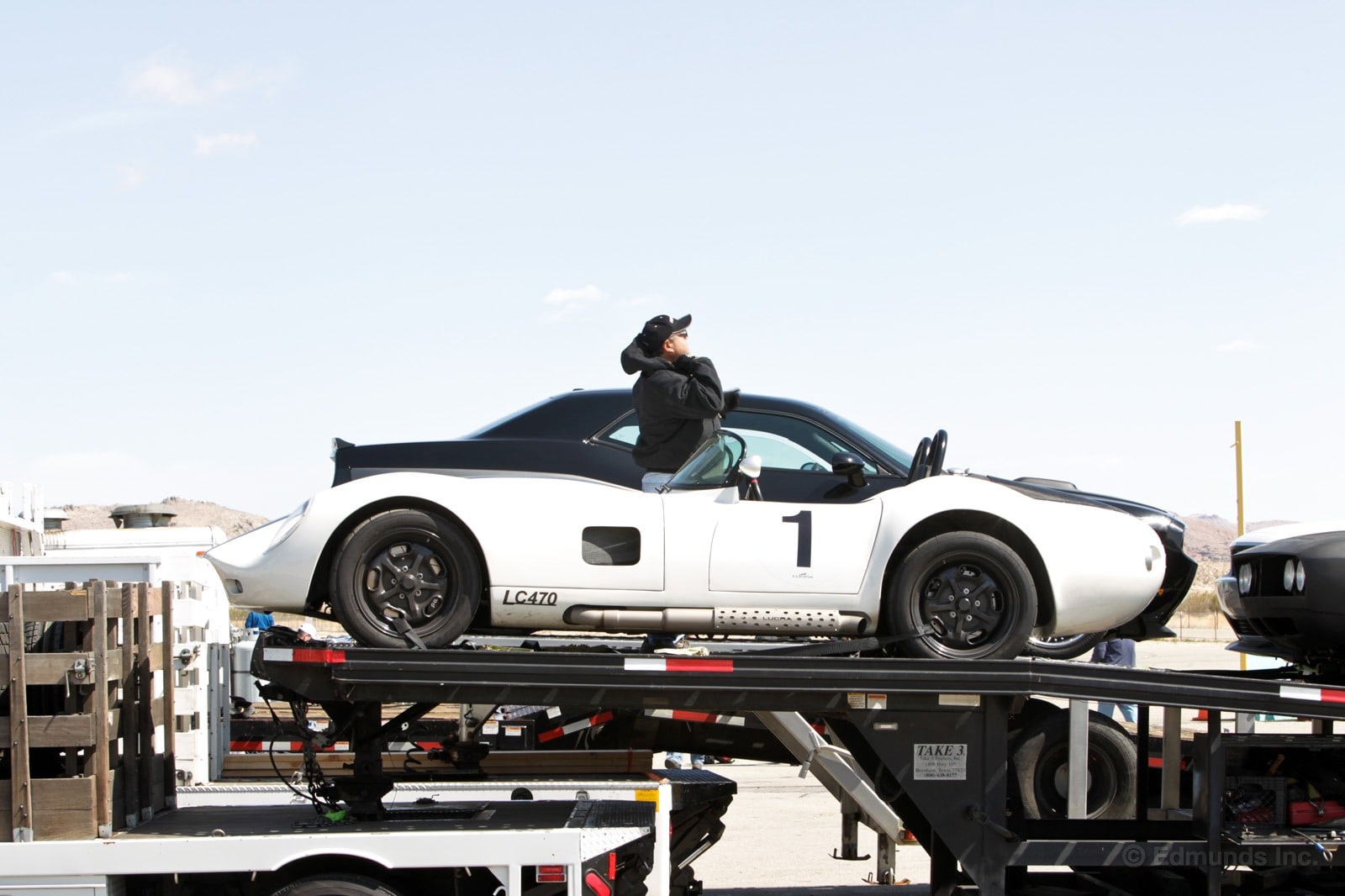 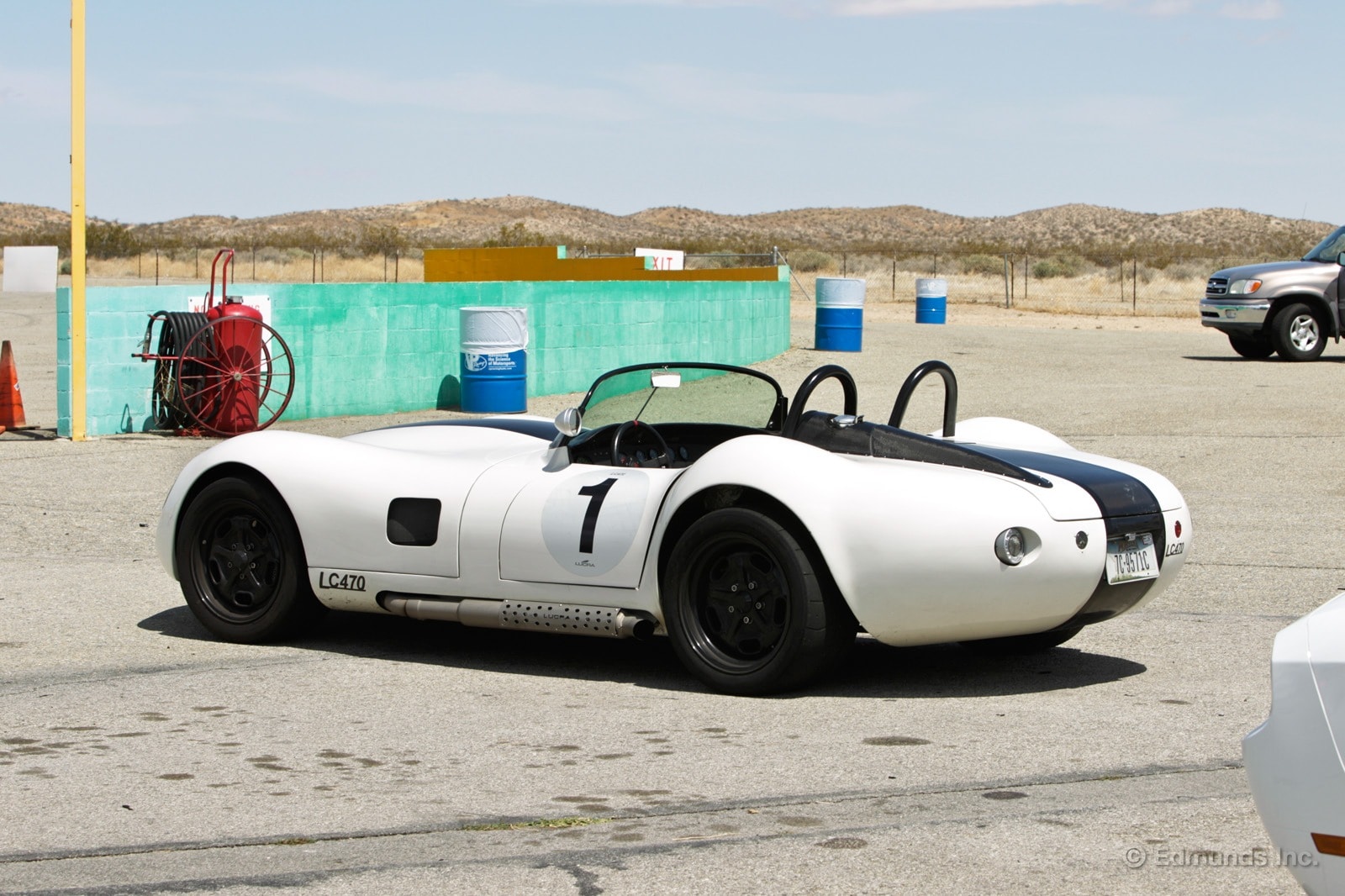 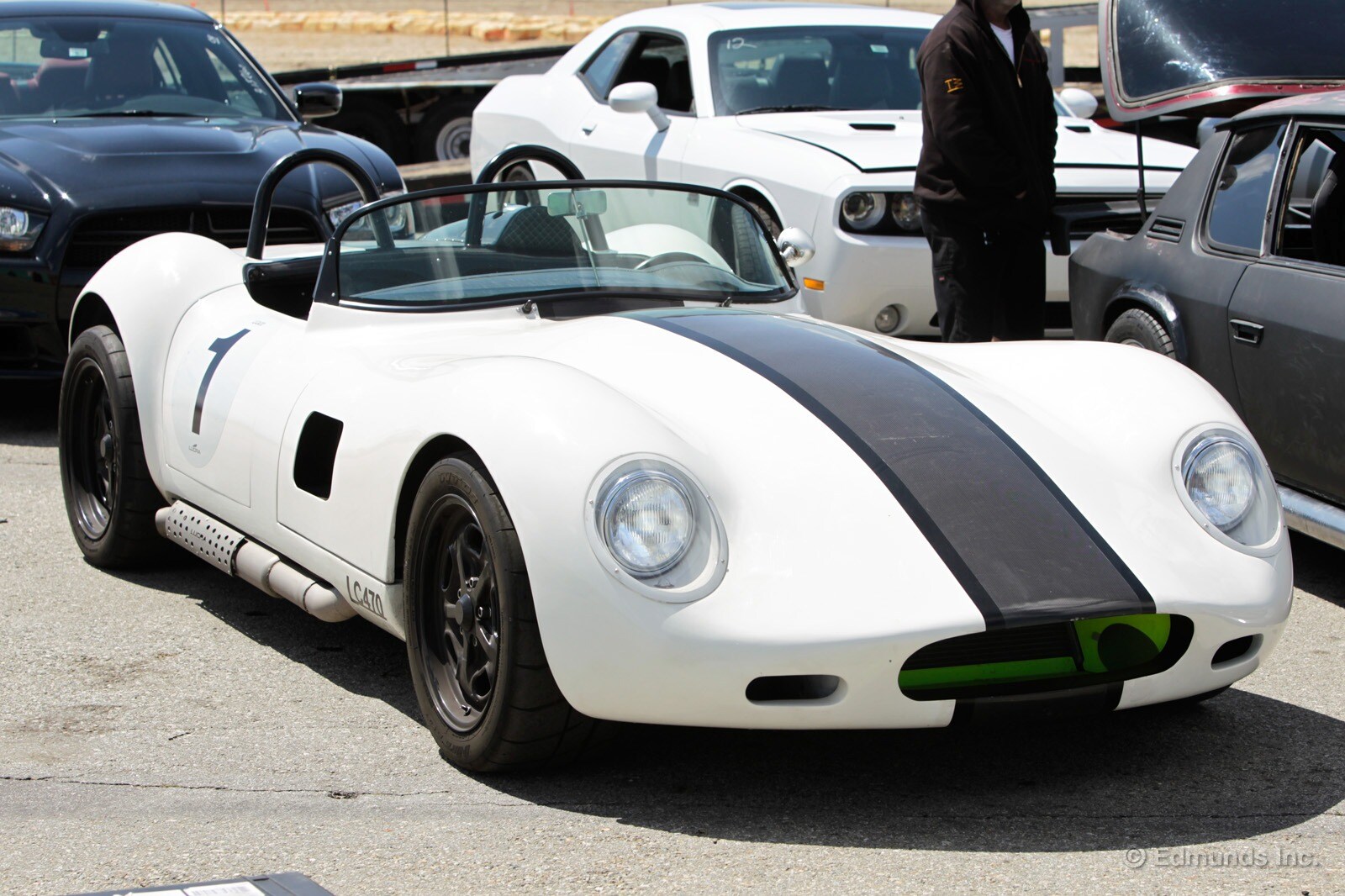 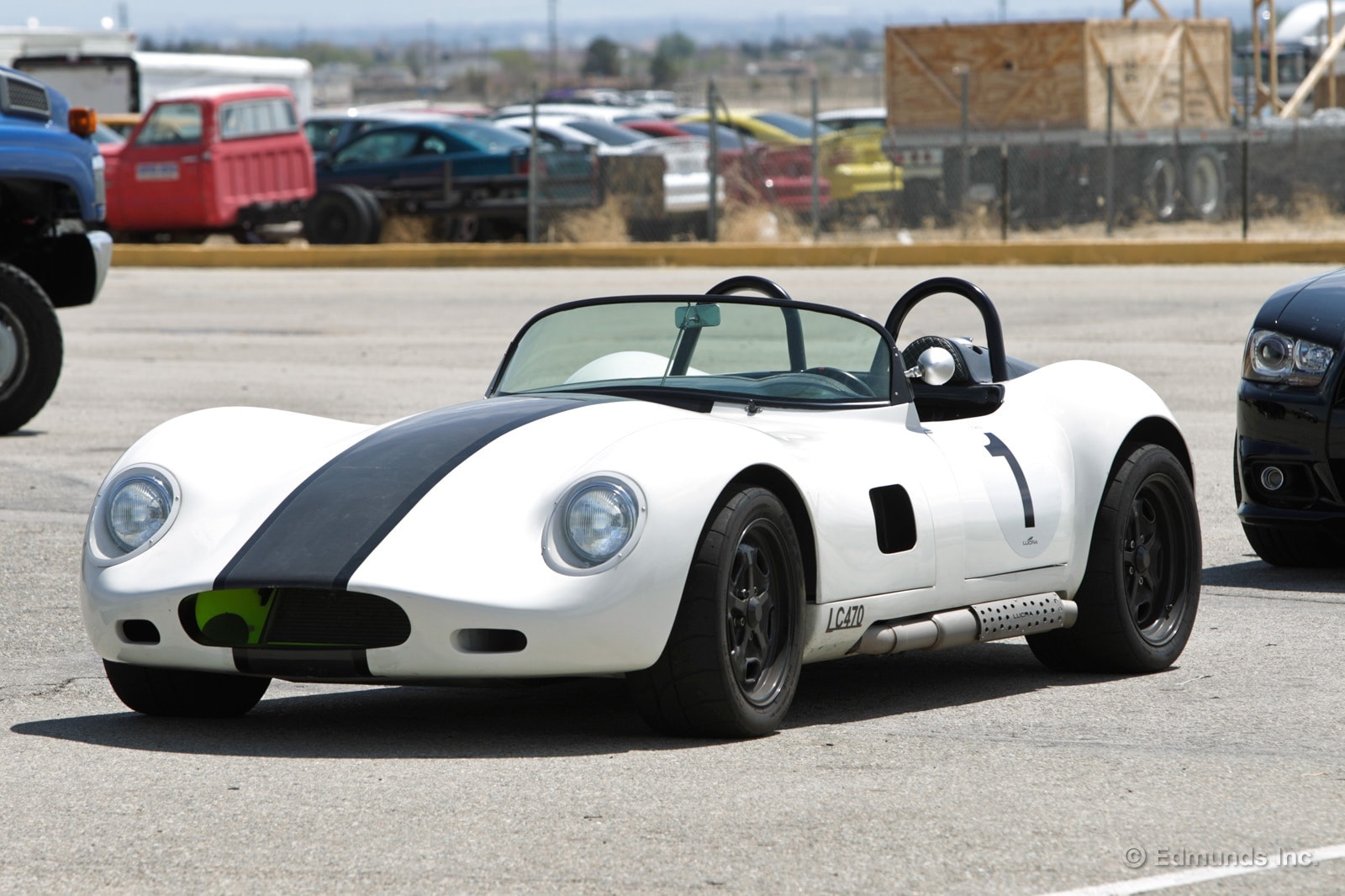 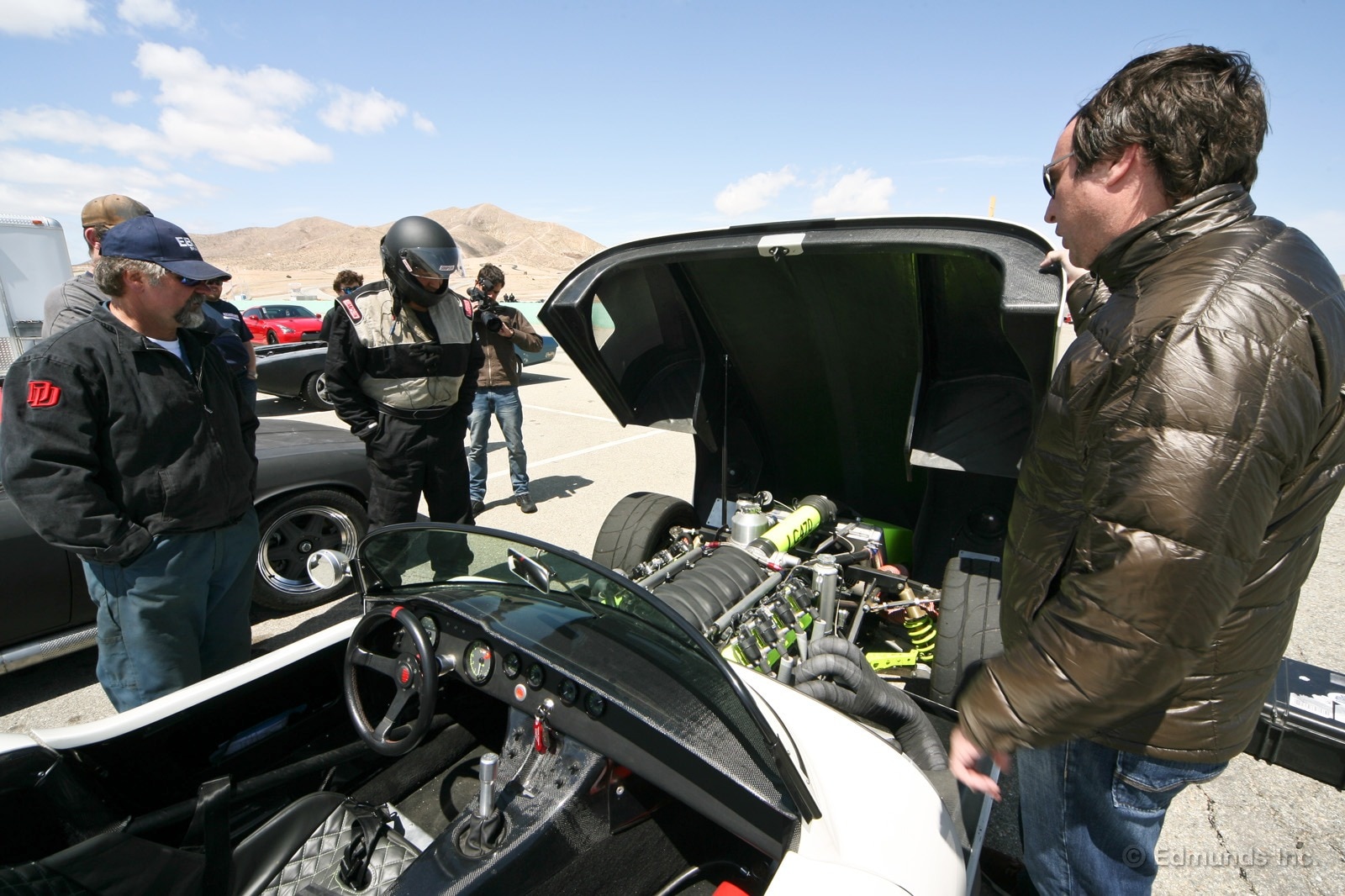 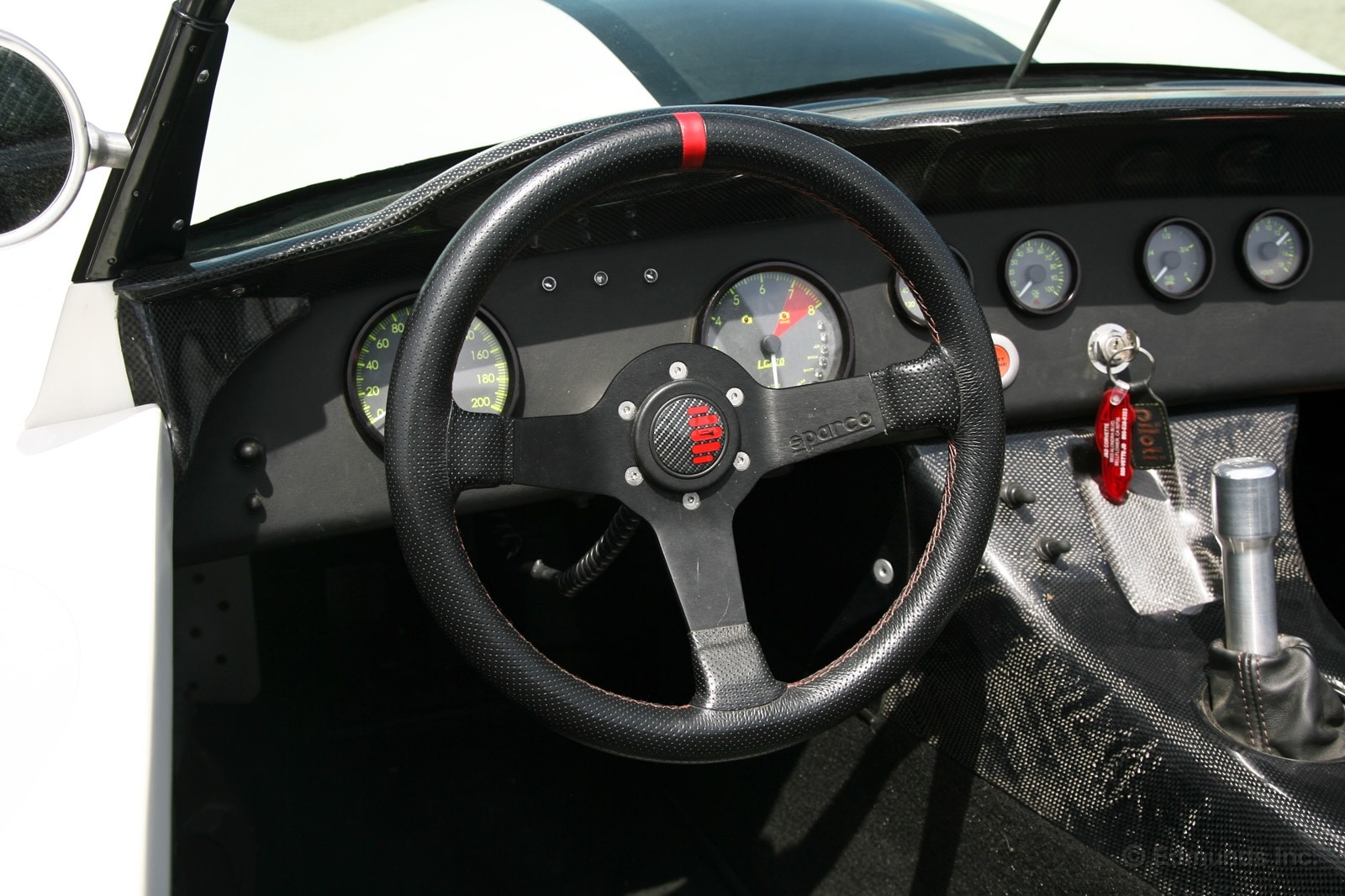 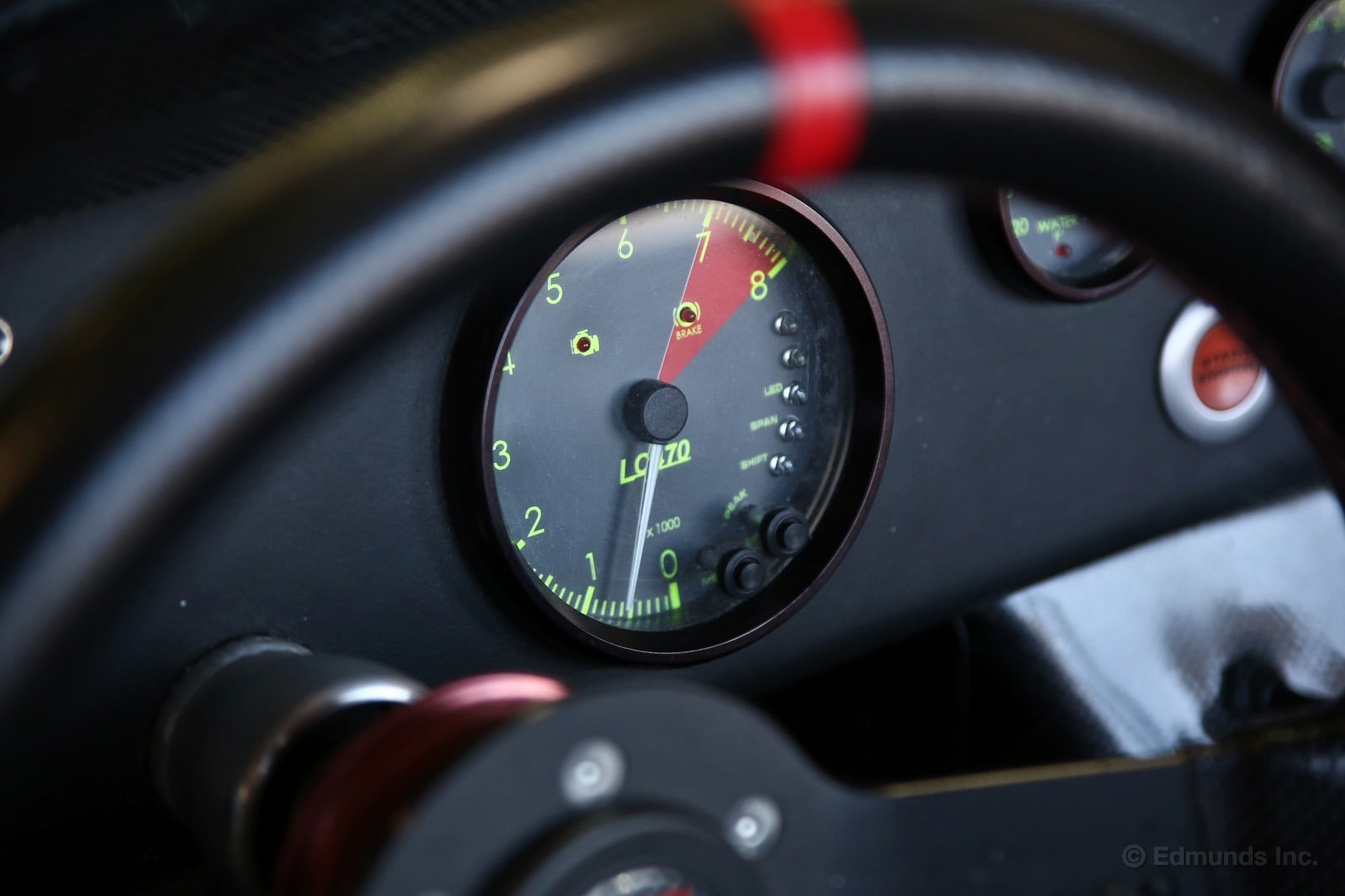
__________________
 |
|
|

|
|
|
#13 |
|
Account Suspended
Drives: 2014 1LE 'Summit White' Join Date: Jul 2009
Location: Temple, Texas
Posts: 2,351
|
What happens to the 2nd Gen Camaro???

|
|
|

|
|
|
#14 |
|
Drives: G5.R Join Date: Sep 2010
Location: SoCal
Posts: 2,377
|
Man, that Anvil mustang is HOT! Saw it at SEMA. Steve Strope is definitely one of the top builders in the country. Didn't know it was gonna be in this movie. Now I gotta go see it!
|
|
|

|
 |
|
|